Are you captivated by medieval and Renaissance art? Here are the best museums to visit in Germany:
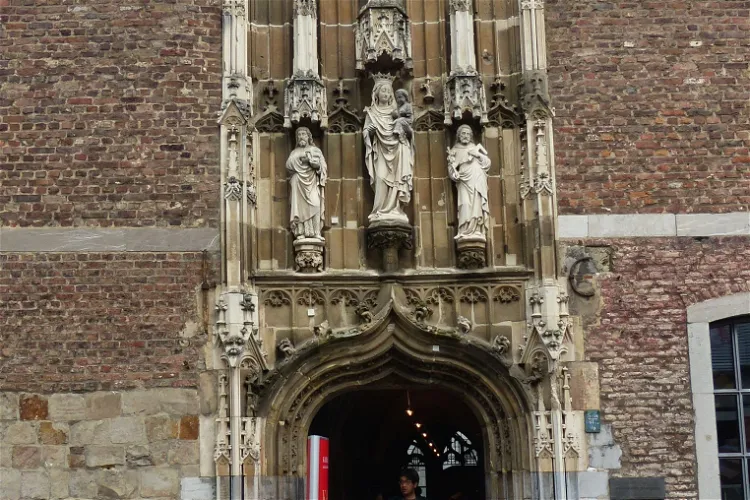
Aachen Cathedral Treasury
AachenThe Aachen Cathedral Treasury is recognized as one of the most significant ecclesiastical treasures in Europe. It houses a unique collection of precious objects from the Middle Ages, reflecting the rich history and cultural heritage of the region. Visitors can explore this vast collection, which offers a glimpse into the religious, artistic, and cultural practices of the past.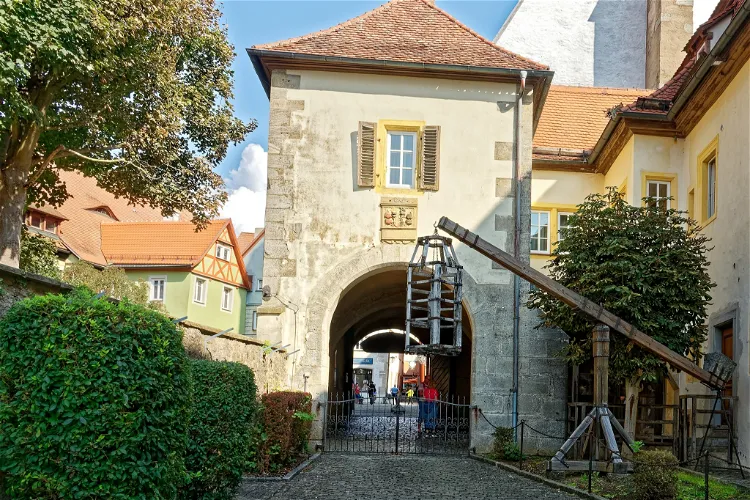
Medieval Crime and Justice Museum
Rothenburg ob der TauberThe Medieval Crime Museum in Rothenburg ob der Tauber is a unique destination that offers a deep dive into the legal proceedings of the past 1000 years. This German legal history museum houses over 2000 exhibits from over 1000 years of European justice history, with a focus on the Middle Ages. The museum is located in the former Rothenburg Johanniterkomturei, a building that was constructed between 1393 and 1410, and later remodeled in the Baroque style in 1718.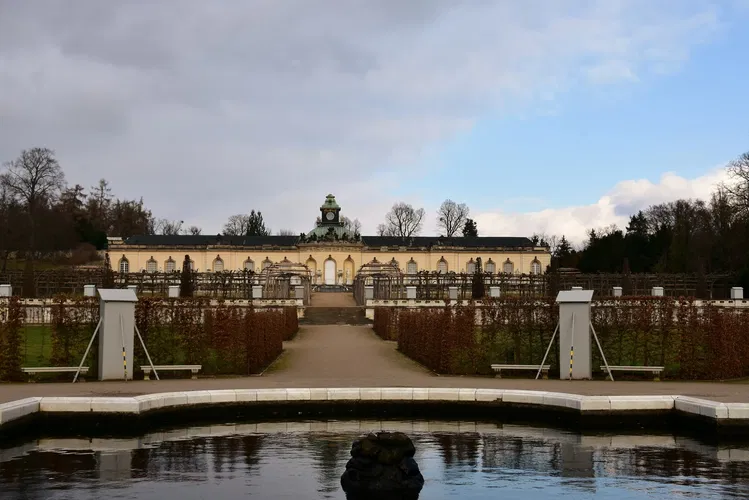
Sanssouci Picture Gallery
PotsdamThe Picture Gallery holds the distinction of being the oldest surviving museum built for a ruler in Germany. This unique status adds to its historical significance and appeal for visitors. Tourists can explore the gallery and gain insights into the cultural and artistic tastes of the rulers of the time.
Hospital of the Holy Spirit
LübeckThe Hospital of the Holy Spirit, or Heiligen-Geist-Hospital, is a significant historical landmark in Lübeck. Constructed between 1227 and 1286, it stands as one of the best-preserved medieval hospices in Germany and is recognized as one of the oldest social institutions in Europe. Its rich history and architectural grandeur make it a fascinating destination for tourists interested in history, architecture, and social institutions.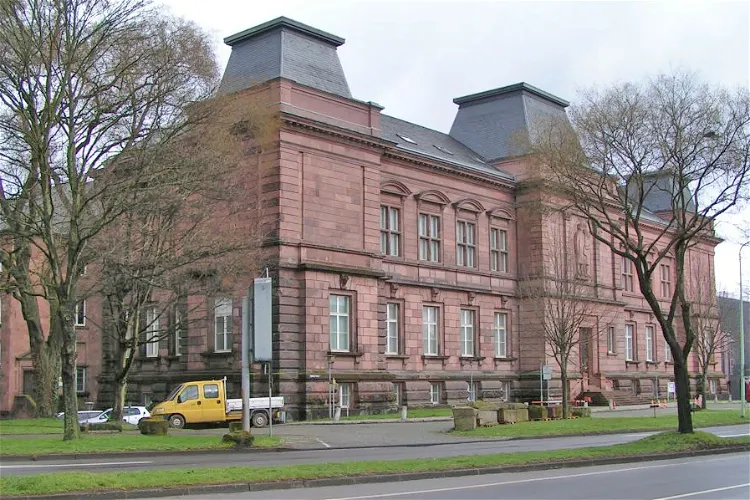
Rheinisches Landesmuseum Trier
TrierThe Rheinisches Landesmuseum Trier is a significant archaeological museum in Germany. Its collections span various periods, from prehistory to the Baroque era, encompassing the Roman occupation and the Middle Ages. This broad range of collections offers visitors a comprehensive insight into the historical development of the region.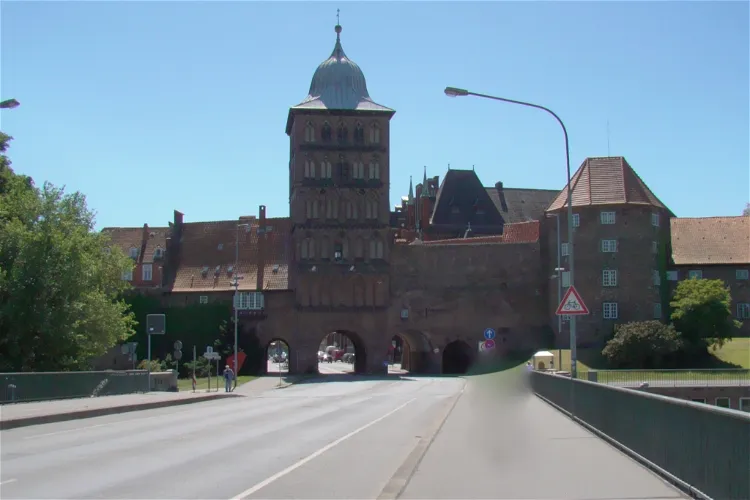
Burgtor
LübeckBurgtor, along with Holstentor, is one of the two medieval city gates that still stand in Lübeck. These gates are a testament to the city's rich history and architectural prowess. They have withstood the test of time and provide a glimpse into the city's past. Tourists visiting Lübeck can explore these gates and learn about their historical significance.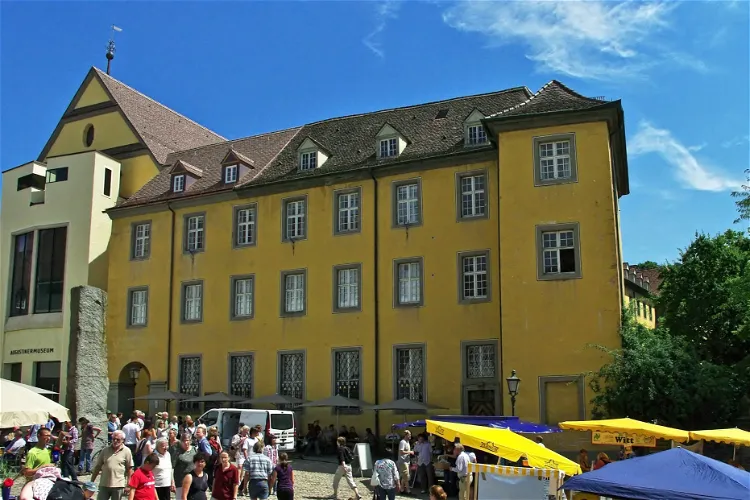
Augustiner Museum
Freiburg im BreisgauThe Augustinermuseum is the principal museum of Freiburg im Breisgau, located in the Baden-Württemberg region of Germany. It is a significant cultural institution in the city, offering a wide range of exhibits and collections for visitors to explore.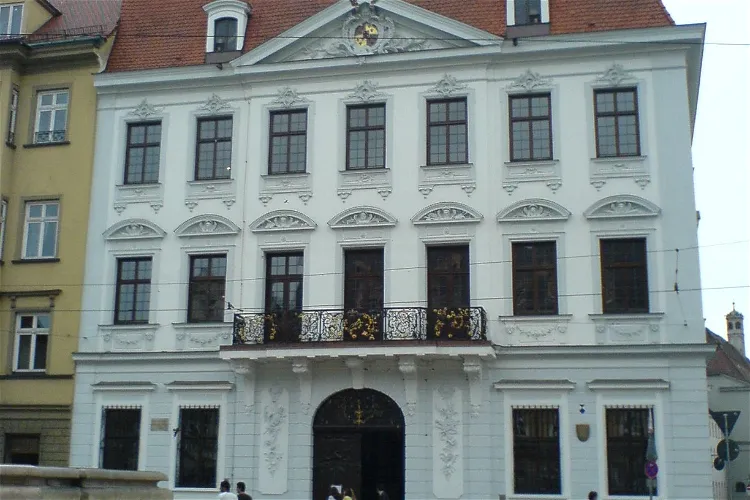
Schaezlerpalais
AugsburgThe Schaezlerpalais in Augsburg is a significant location for art enthusiasts as it houses both city and state art collections. This provides visitors with a unique opportunity to explore a wide range of artworks under one roof. The collections include various periods and styles, offering a comprehensive overview of the art history.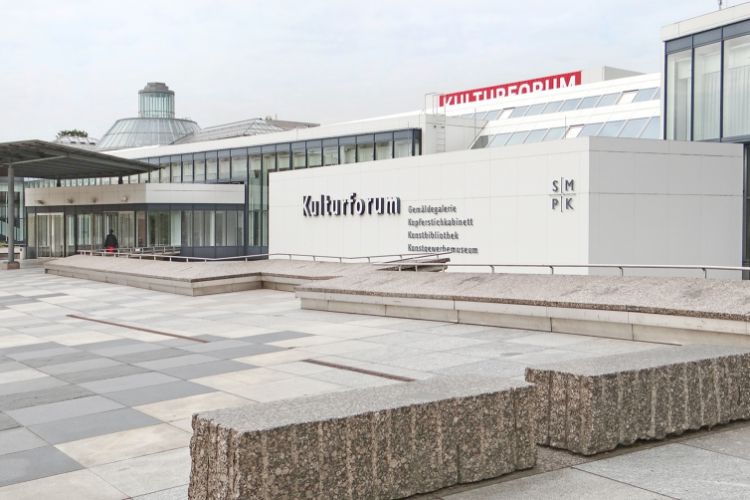
Gemäldegalerie
BerlinArtworks dating back to the 13th - 18th centuries are on display in the Gemäldegalerie, housed in a fairly modern-looking building. Some of the highlights include works by Michelangelo, Rembrandt, and Botticelli. The museum's collections are arranged in a chronological order, making it quite easy to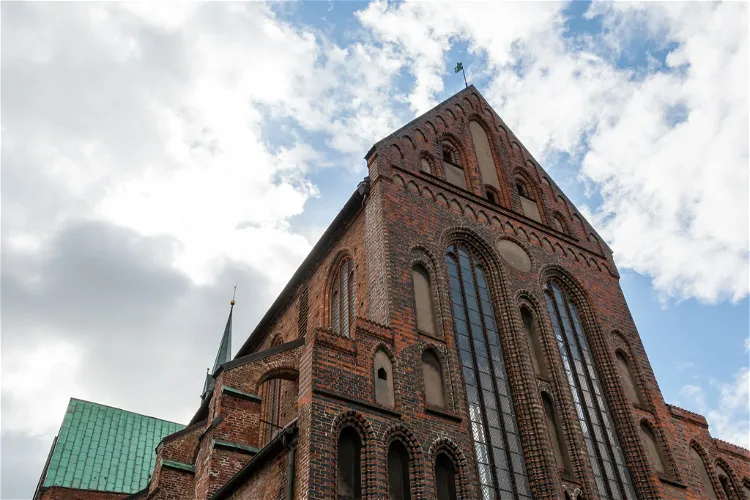
St. Catherine's Church
LübeckSt. Catherine Church in Lübeck is a significant historical site, originally serving as a Brick Gothic church that was part of a Franciscan monastery. The church was dedicated to Saint Catherine of Alexandria, a revered Christian saint and martyr. Its architectural style and historical significance make it a point of interest for visitors.
Old Masters Painting Gallery
DresdenThe Old Masters Painting Gallery (Gemäldegalerie Alte Meister) is a musuem in Dresden that holds a collection of paintings from the 15th to the 18th centuries. The collection contains over 750 paintings, including old masterpieces from the Italian Renaissance and Baroque, but also works by the Flemi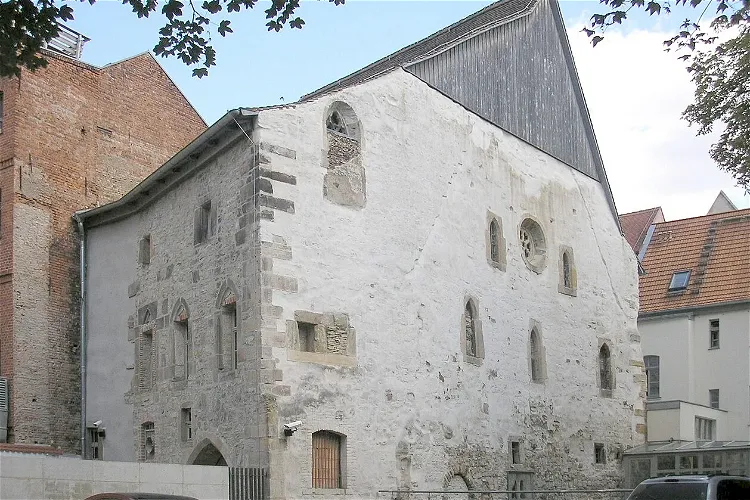
Old Synagogue
ErfurtThe Old Synagogue in Erfurt, with its age of over 900 years, holds the distinction of being the oldest preserved synagogue in Europe. This former synagogue is a testament to the rich Jewish history of the region and offers a unique glimpse into the past. Its location in the heart of Erfurt's old town adds to its historical charm and significance.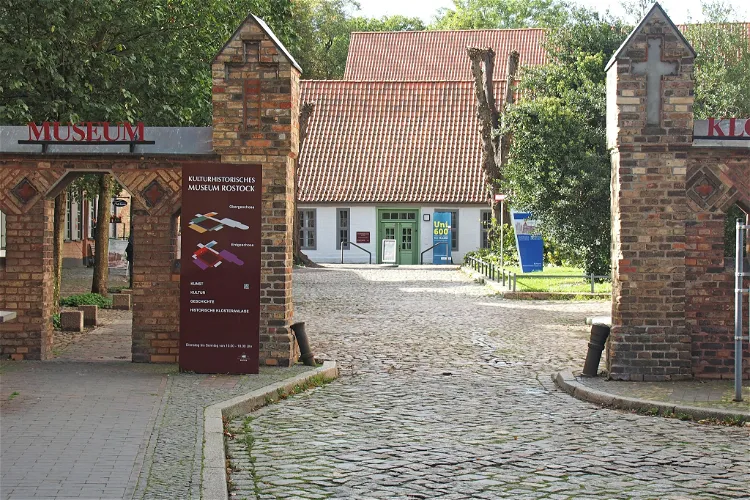
Culture Museum Rostock
RostockThe Culture Museum Rostock, originally named the Municipal Art and Antiquity Museum Rostock, is a significant cultural institution in Mecklenburg-Vorpommern. Established in 1859, it is one of the largest museums in the region, offering a rich collection of art and historical artifacts.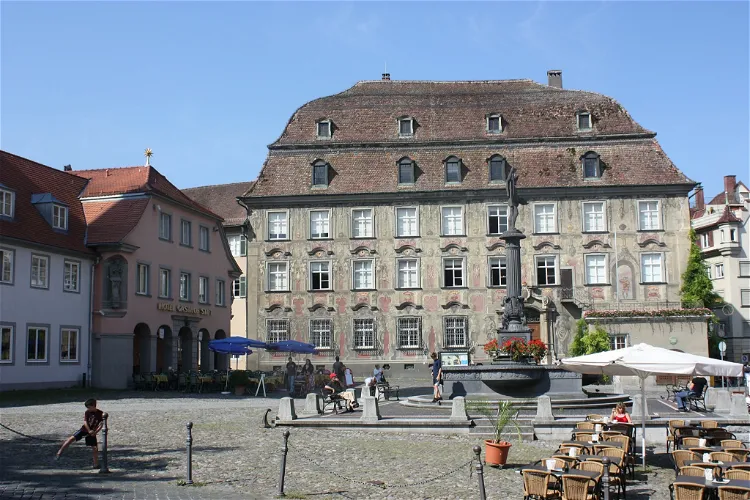
City Museum of Lindau
Lindau (Bodensee)The City Museum of Lindau is situated in the baroque citizen's house Zum Cavazzen, which is located at the market square of the island Lindau (Bodensee). This location is not only central but also steeped in history, making it an interesting destination for tourists who are interested in the rich cultural heritage of Lindau.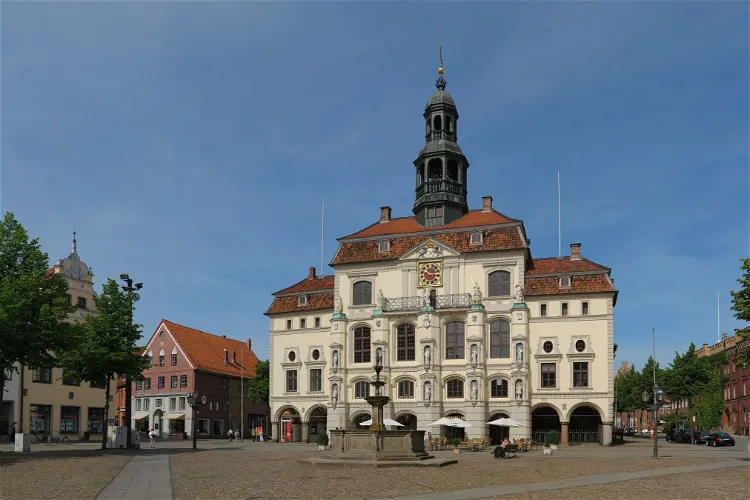
Lüneburg Town Hall
LüneburgThe Lüneburg Town Hall, established around 1230, is a remarkable example of medieval and early modern secular architecture in Northern Germany. Over the centuries, it has been continuously expanded and still serves as the main seat of the council and administration of the Hanseatic city of Lüneburg.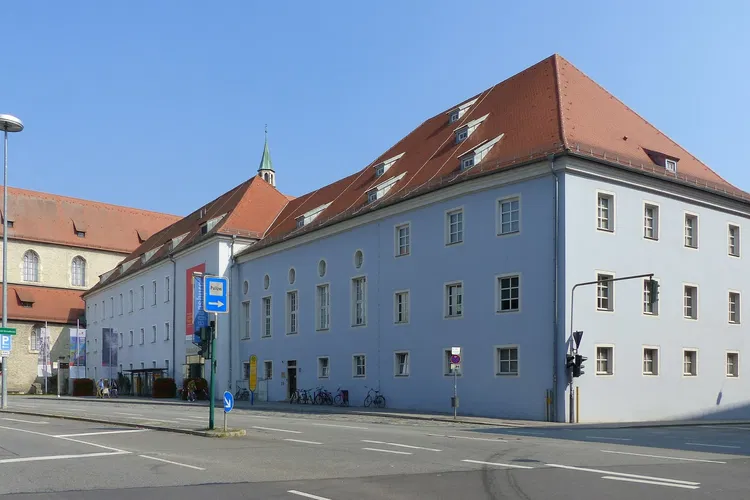
Regensburg Museum of History
RegensburgThe Historisches Museum in Regensburg, Bavaria, offers a comprehensive look into the history, art, and culture of Regensburg and Eastern Bavaria. Spanning from the Stone Age to the present day, the museum provides a unique opportunity to delve into the region's rich past. Visitors can explore a variety of exhibits that showcase the evolution of the area over thousands of years.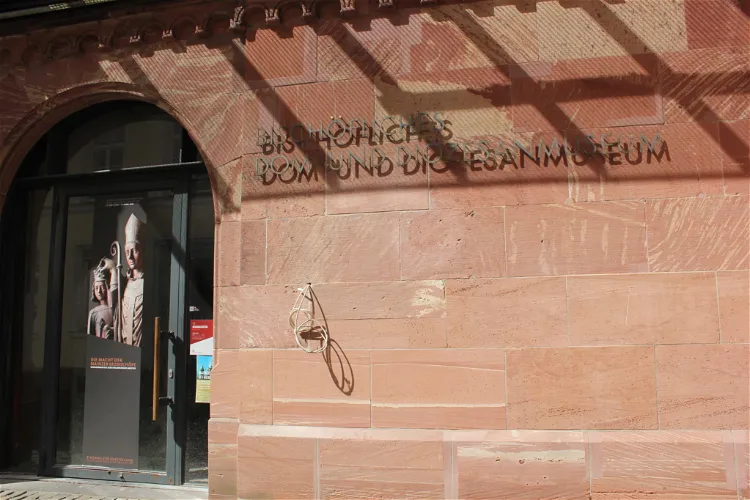
Dom- und Diözesanmuseum (Mainz)
MainzThe Episcopal Museum of the Cathedral and Diocese of Mainz, also known as Dom- und Diözesanmuseum, is situated in the cloister of the Saint Martin Cathedral. This location is in the heart of the old town of Mainz, providing visitors with a historical setting that complements the museum's collections. The museum building, made of sandstone, is located at the foot of the cathedral, adding to the overall historical ambiance.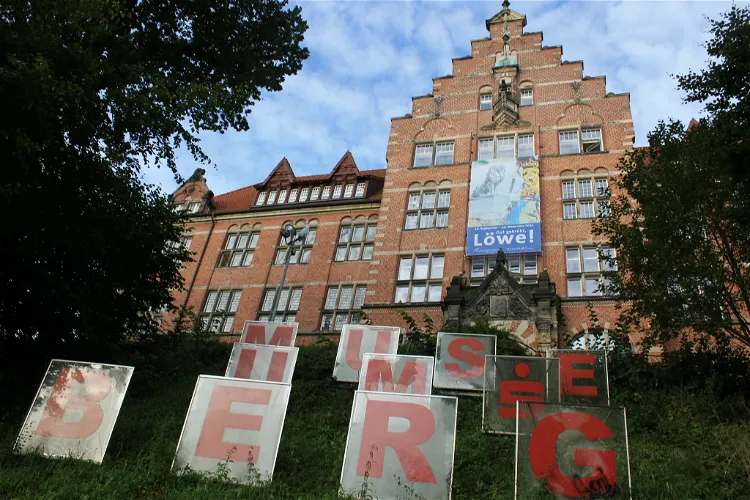
Museumsberg Flensburg
FlensburgMuseumsberg is an art museum located in Flensburg. It is situated in a historic park landscape on a hill next to the inner city. This location provides a unique setting for the museum, offering visitors a chance to enjoy both the art exhibits and the surrounding natural beauty.
St. Anne's Museum Quarter, Lübeck
LübeckThe St. Anne's Museum Quarter in Lübeck, Germany is a significant historical site, located in a former abbey of the Order of Saint Augustine. This red brick abbey, which is situated next to the Church of St. Giles, was built just before the Protestant Reformation, between 1502 and 1515, in late Gothic style. The abbey was dedicated to St. Anne, the mother of the Virgin Mary.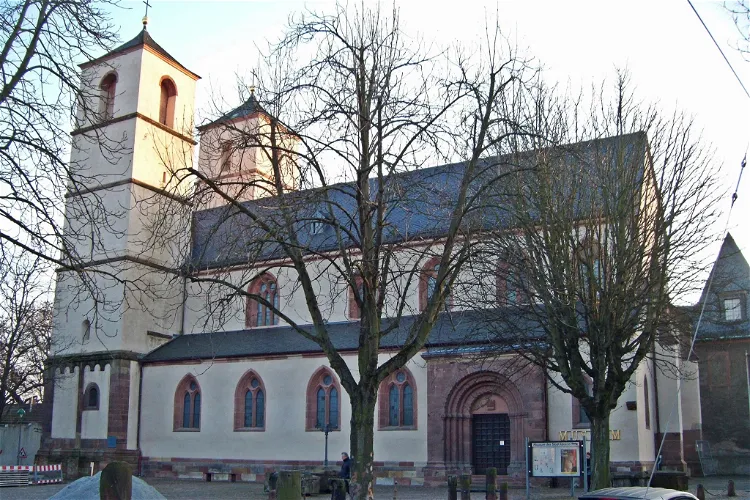
Worms City Museum
WormsThe Worms City Museum is housed in the building of the former Andreasstift. This historic building complex, which includes a courtyard, is a protected monument. The museum is managed by the city of Worms in Rhineland-Palatinate.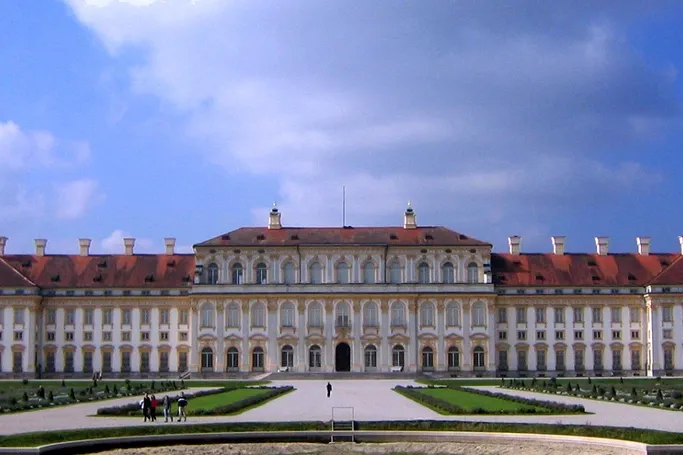
New Schloss Schleißheim
MunichSchleißheim Palace, located in the municipality of Oberschleißheim, north of Munich, is a German palace complex that consists of three palaces. These are the Old Schleißheim Palace and the New Schleißheim Palace, both situated in the western area of the park, and the Lustheim Palace, which is located in the eastern area of the park. Each palace offers a unique glimpse into the history and architecture of the region.
Hamburger Kunsthalle
HamburgThe Hamburger Kunsthalle is the art museum in Hamburg and is one of the largest museums in Germany. The Kunsthalle covers seven centuries of European art, from the Middle Ages to the present day. The museum is divided into four main sections: the Gallery of Old Masters, the Gallery of 19th-century A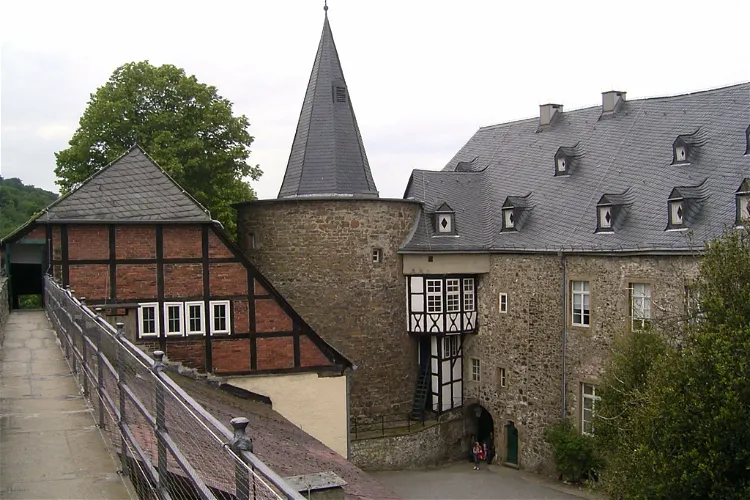
Hohenlimburg Castle
HagenHohenlimburg Castle, located in North Rhine-Westphalia, is a unique historical site as it is the only hilltop castle in Westphalia that has been largely preserved in its medieval original state. This makes it a significant destination for those interested in medieval architecture and history. The castle's location on a hilltop offers picturesque views, earning it the nickname 'Westphalian Heidelberg'.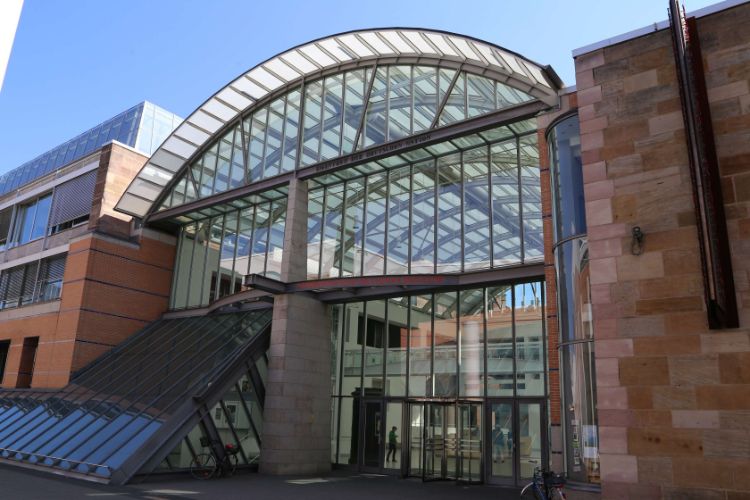
Germanisches Nationalmuseum
NurembergThe Germanisches Nationalmuseum is the largest museum of cultural history in Germany, located in Nuremberg. The museum holds and exhibits a large collection of items related to German culture and art from prehistoric times to the present day. The collection consists of around 1,3 million objects of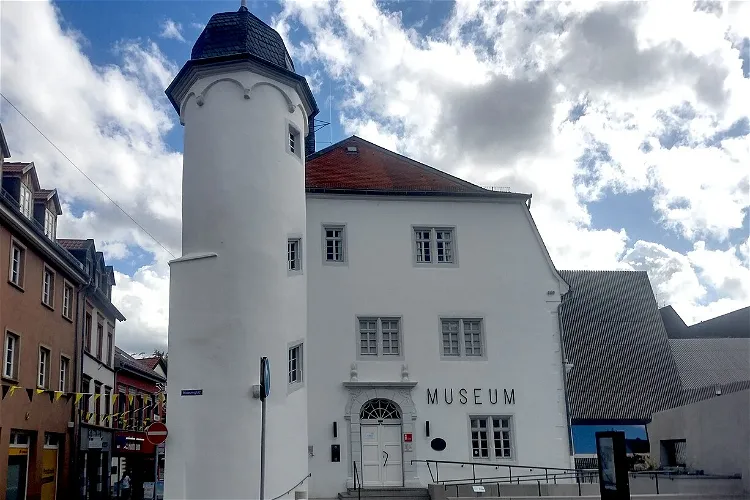
Museum Alzey
AlzeyThe Museum of the City of Alzey, a local history museum, was established in 1906 by the Antiquities Association for Alzey and its surroundings. The museum's mission is to explore the history and natural conditions of Alzey and its surroundings, collect and preserve antiquities and natural objects, and exhibit them.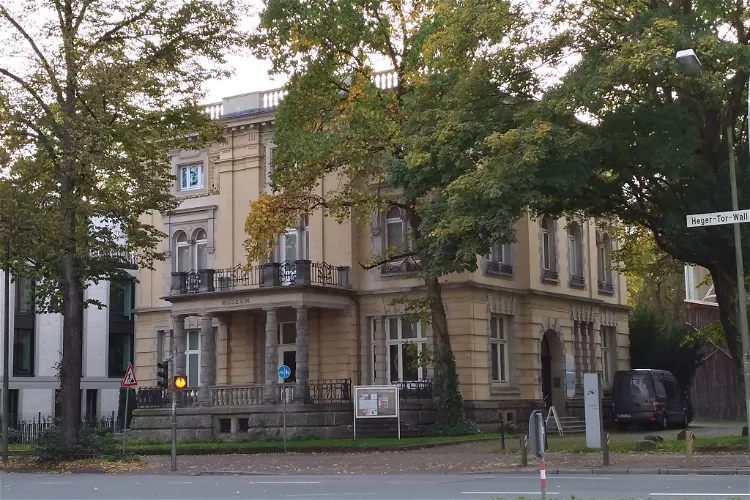
Kulturgeschichtliches Museum
OsnabrückThe Kulturgeschichtliches Museum Osnabrück, also known as the Museum am Heger Tor, is a museum located in Osnabrück. It showcases a wide range of exhibits that cover various aspects of history and culture. These include prehistory and early history, city history and everyday culture, as well as ancient art, arts and crafts and design. The museum also houses a collection of costumes, weapons and armor, coins and medals.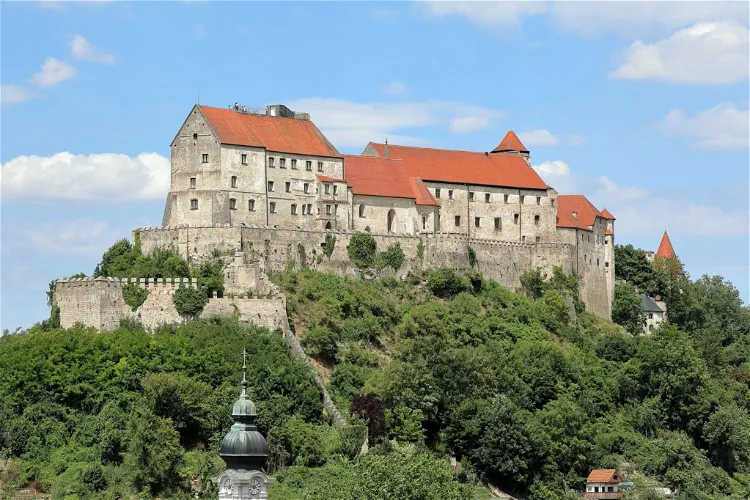
Burghausen Castle
BurghausenBurghausen Castle, located in Upper Bavaria, holds the distinction of being the longest castle complex in the world, a fact confirmed by the Guinness World Record company. This unique feature makes it a notable destination for tourists interested in historical architecture and castles.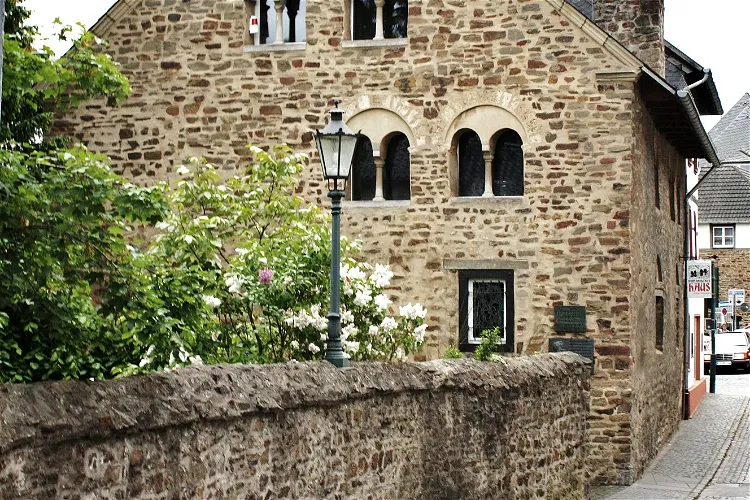
Hürten Heimatmuseum
Bad MünstereifelThe Hürten Heimatmuseum is situated in the charming town of Bad Münstereifel, in the Euskirchen district of North Rhine-Westphalia. This location offers visitors the opportunity to explore the rich history and culture of the region, while also enjoying the natural beauty and tranquility of the surrounding area.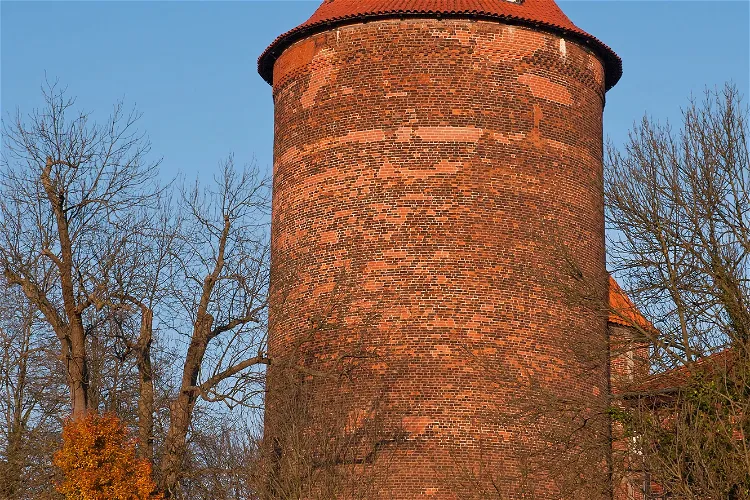
Museum im Waldemarturm Dannenberg
DannenbergThe Waldemarturm, located on the Amtsberg in Dannenberg (Elbe), is a former keep and the only remaining part of a medieval castle and the later Dannenberg Castle. This historical structure offers a glimpse into the past and provides a unique perspective on the region's history.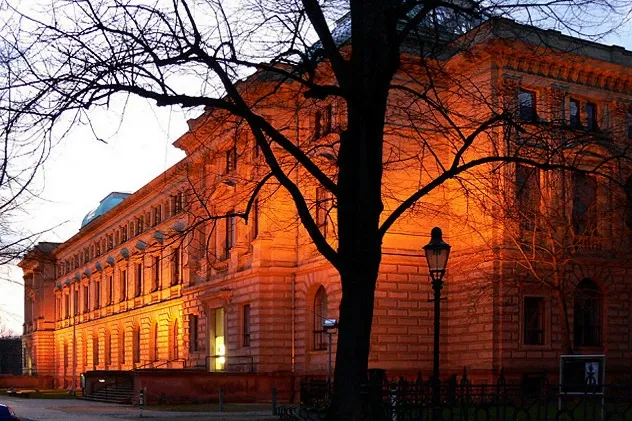
Herzog Anton Ulrich Museum
BrunswickThe Herzog Anton Ulrich Museum, also known as HAUM, is an art museum located in the city of Braunschweig in Lower Saxony, Germany. It is a significant cultural institution in the region, offering visitors a chance to explore a wide range of art collections.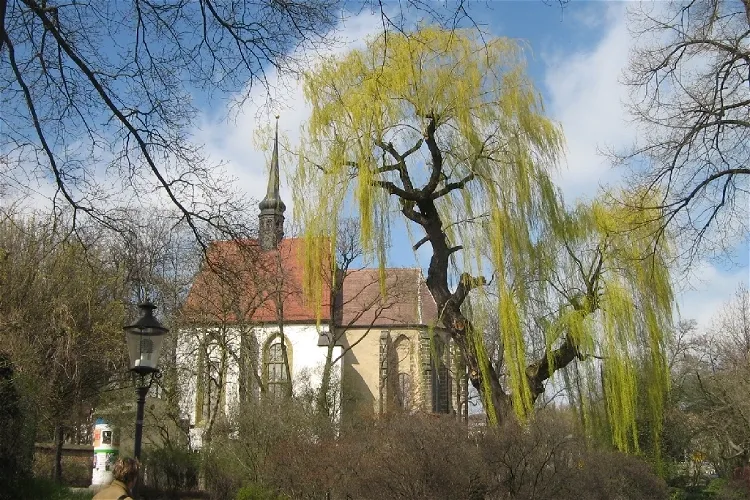
Museum Church of the Holy Cross
ZittauThe Church of the Holy Cross in Zittau, located in Saxony, is a secularized Gothic church. It is known for being the largest single-support room in Germany. The church now serves as a museum, where the Great Zittau Lenten Veil is exhibited. This historical artifact is a significant part of the museum's collection and is a major attraction for visitors.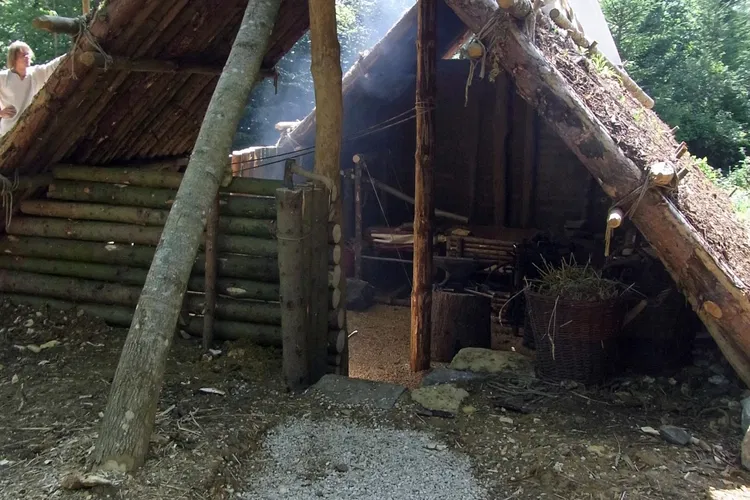
Campus Galli
MeßkirchCampus Galli is a unique project located in Meßkirch, Baden-Württemberg, Germany. It is a Carolingian monastic community that is currently under construction. The project aims to build a medieval monastery according to the early ninth-century Plan of Saint Gall using techniques from that era. This makes it a living history site where visitors can witness the construction process and learn about the historical techniques used.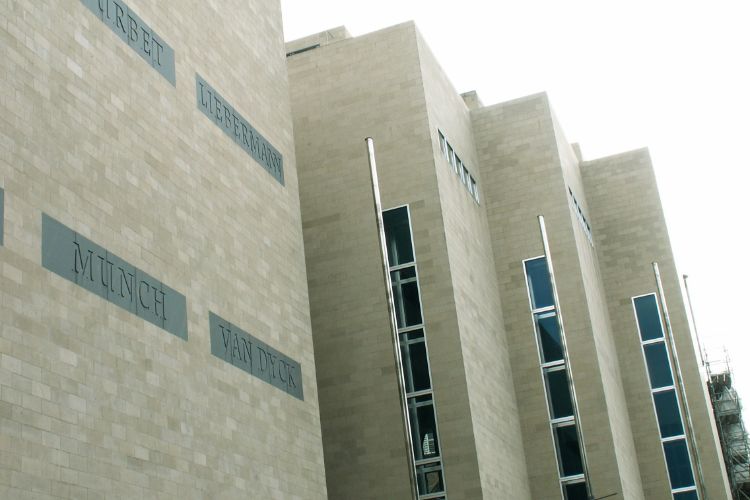
Wallraf-Richartz Museum
CologneThe Wallraf–Richartz Museum is an art gallery with a collection of fine art from the medieval period to the early 20th century. The museum includes a Gothic collection, a Renaissance collection, a Baroque collection and an Impressionist collection. Highlights of the permanent exhibition include artw
Burghausen Castle
BurghausenBurghausen Castle, located in Burghausen, Upper Bavaria, holds the distinction of being the longest castle complex in the world, measuring 1051 meters. This record has been officially confirmed by the Guinness World Record company. The castle's impressive length and historical significance make it a unique destination for visitors.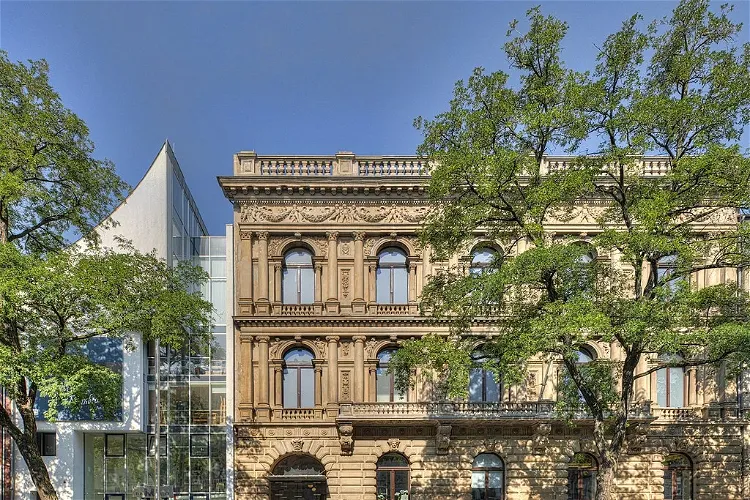
Suermondt-Ludwig-Museum
AachenThe Suermondt-Ludwig-Museum, located in Aachen, Germany, is an art museum that was established in 1877. It is named after its founder, Barthold Suermondt, and art collectors Irene and Peter Ludwig. The museum is known for its extensive collection of artworks, which includes pieces from various periods and styles.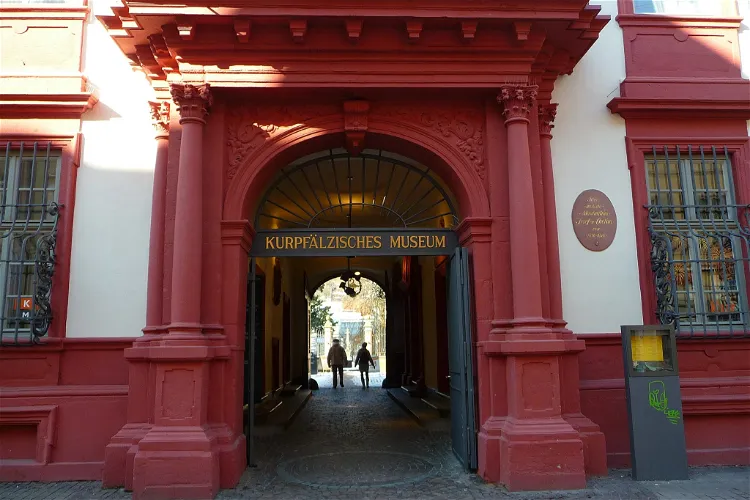
Palatinate Museum
HeidelbergThe Palatinate Museum, also known as the Kurpfälzisches Museum, is a renowned museum of art and archaeology situated in Heidelberg, Germany. The museum is housed in the historic Palais Morass, adding to its charm and appeal.
Kröpeliner Tor
RostockThe Kröpeliner Tor is a significant historical landmark in Rostock, built around 1270 in the Gothic style. It is the westernmost of the four large gates of the Rostock city fortification. This gate, with its two floors, was very large for its time and remained one of the most formidable of the city's gates.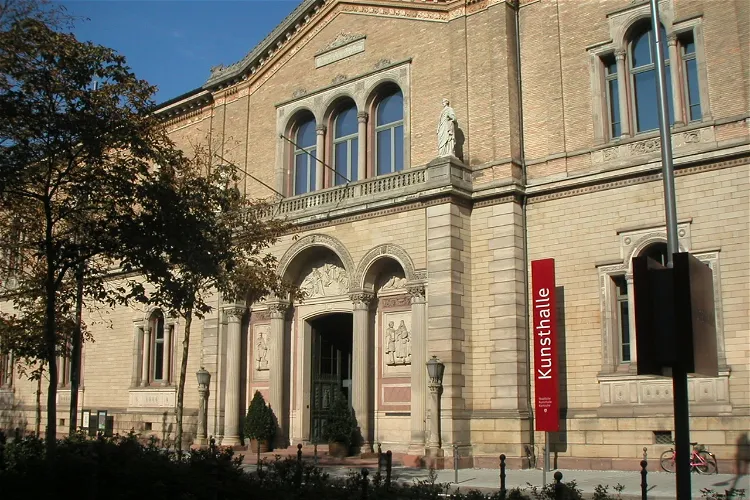
Staatliche Kunsthalle Karlsruhe
KarlsruheThe Staatliche Kunsthalle Karlsruhe, an art museum, was designed by Heinrich Hübsch and inaugurated in 1846. This historical establishment has been a cornerstone of the city's cultural scene for over a century and a half, offering visitors a chance to explore a wide range of art collections.
State Gallery of Stuttgart (Staatsgalerie)
StuttgartThe Staatsgalerie Stuttgart (State Gallery) is an art museum in Stuttgart in Germany that exhibits painting from the end of the Middle Ages as well as sculptures from the 19th century and an extensive graphic collection. The collection of the Staatsgalerie contains around 5,000 paintings and sculptu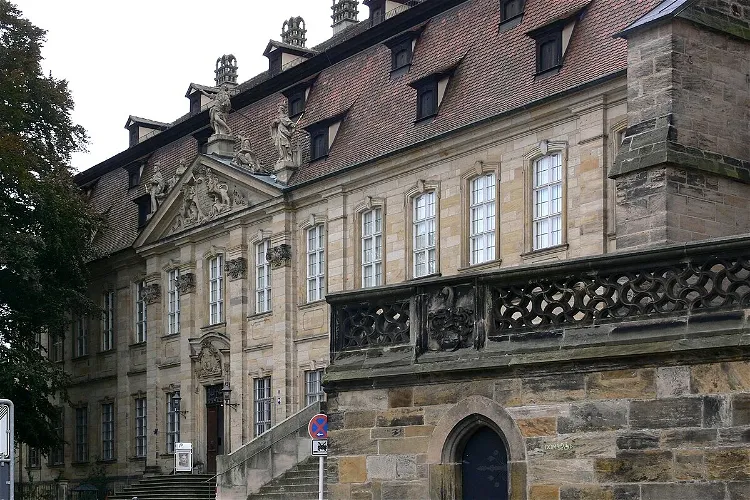
Bamberg Diocesan Museum
BambergThe Bamberg Diocesan Museum, situated in the chapter house adjacent to the cathedral, is home to a vast collection of art treasures. These treasures originate from the old cathedral treasury of Bamberg Cathedral and span the entire archdiocese. The museum offers a unique opportunity to explore the rich history and artistic heritage of the region.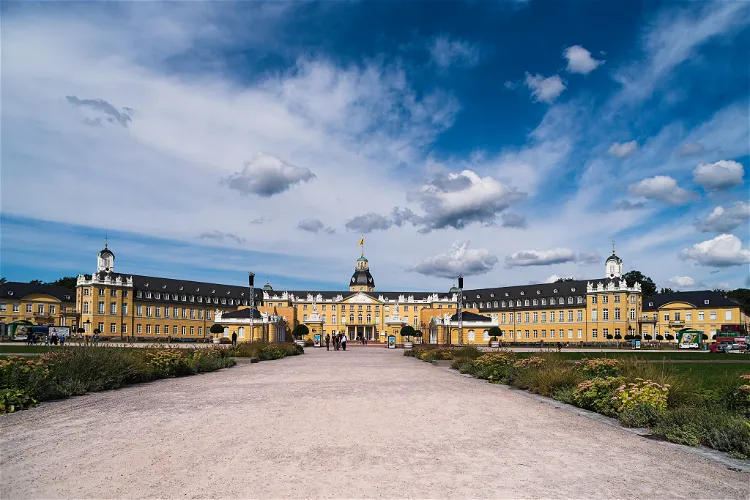
State Museum of Baden
KarlsruheThe Badisches Landesmuseum, or the Baden State Museum, is a significant historical and artistic institution in Baden-Wurttemberg. Established in 1919, the museum has been housed within the castle in Karlsruhe since 1921. This location adds a unique historical charm to the museum, making it a fascinating destination for tourists interested in history, art, and architecture.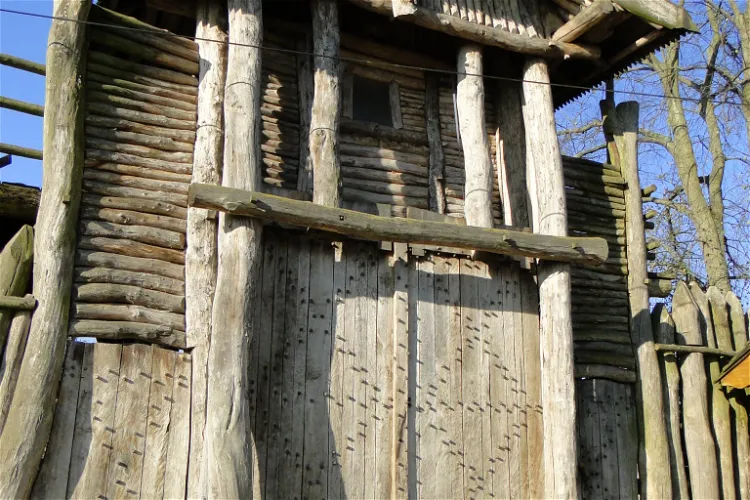
Slavic Village Passentin
PenzlinThe Slawendorf Passentin is an archaeological open-air museum situated in the Passentin district of Penzlin, in the Mecklenburg Lake District of Mecklenburg-Western Pomerania, Germany. This museum offers a unique opportunity to explore the historical and cultural heritage of the region, with buildings reconstructed based on archaeological findings from the 9th and 10th centuries.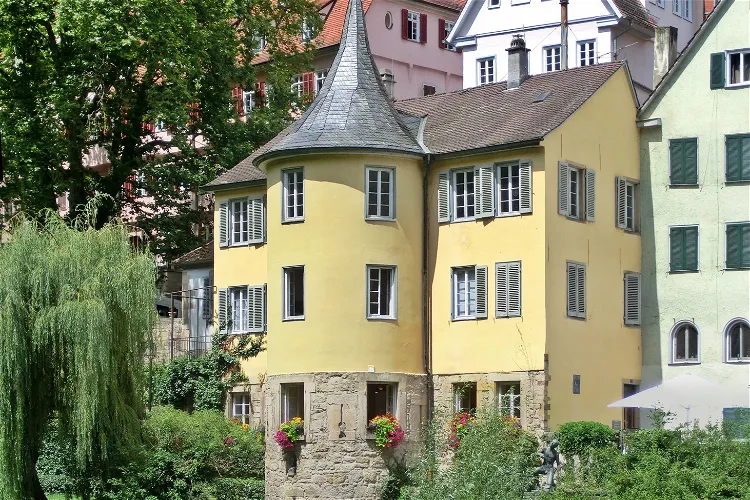
Hölderlin's Tower
TübingenThe Hölderlin Tower in Tübingen is a significant historical site named after the renowned poet Friedrich Hölderlin. He resided in this tower from May 3, 1807, until his death in 1843. This connection to the poet makes the tower a place of interest for literature enthusiasts and those interested in Hölderlin's life and works.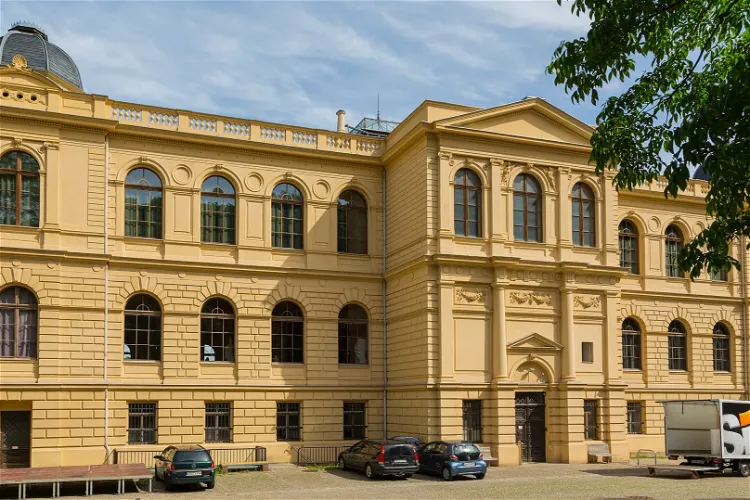
Lindenau-Museum
AltenburgThe Lindenau-Museum is renowned for its extensive collection of Italian paintings from the late Gothic and early Renaissance periods, dating from the 13th to the 15th centuries. This collection is one of the largest of its kind outside Italy, making the museum a significant destination for art enthusiasts and historians alike.
Art and Exhibition Hall of the Federal Republic of Germany
BonnThe Art and Exhibition Hall of the Federal Republic of Germany, also known as the Bundeskunsthalle, is a popular destination for tourists. It is located in Bonn, as part of the renowned 'Museum Mile'. This museum is one of the most frequented in Germany, attracting a large number of visitors each year.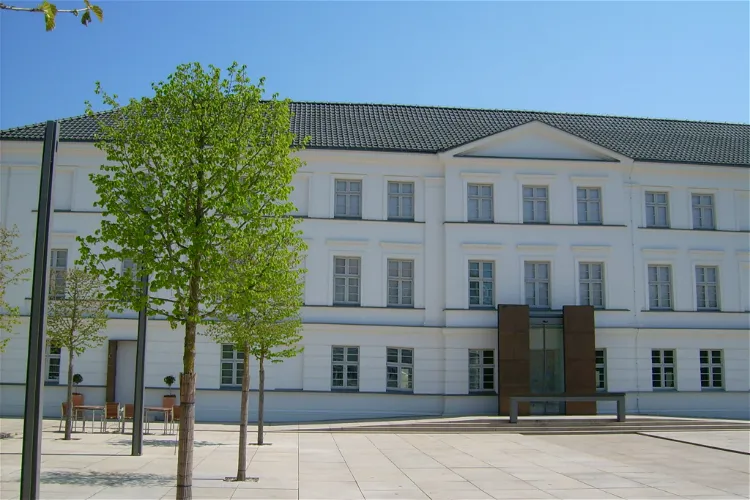
Pomeranian State Museum
GreifswaldThe Pomeranian State Museum, located in Greifswald, Western Pomerania, is a public institution that primarily focuses on the history and arts of the Pomeranian region. It provides a comprehensive insight into the cultural heritage of the area, making it a significant destination for those interested in understanding the historical and artistic context of Pomerania.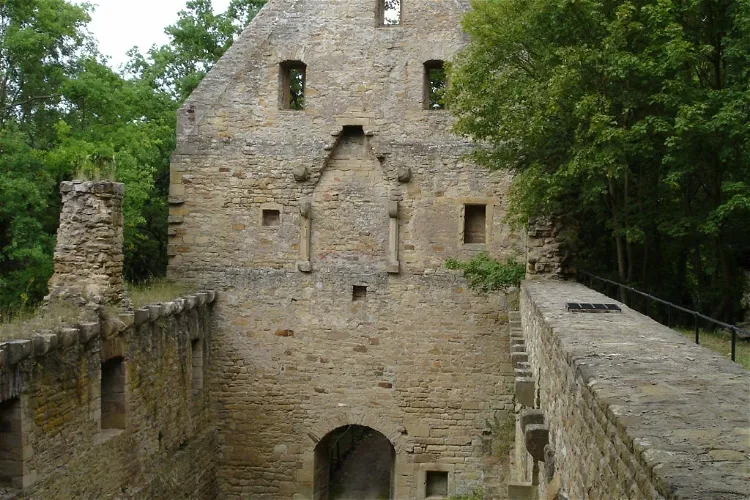
Disibodenberg
Odernheim am GlanDisibodenberg is a historical monastery ruin located near Staudernheim in Rhineland-Palatinate, Germany. The monastery was founded by Saint Disibod, a missionary from Ireland. The site is rich in history and offers a unique glimpse into the past. Visitors can explore the ruins and learn about the monastery's history and the life of Saint Disibod.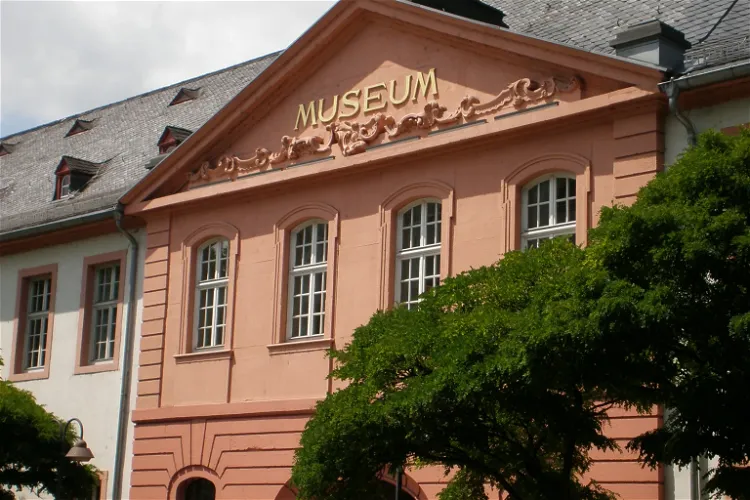
Mainz State Museum
MainzThe Mainz State Museum, also known as Landesmuseum Mainz, is a significant institution in Mainz, Germany, dedicated to the preservation and exhibition of art and history. The museum's collections span a wide range of periods and cultures, offering visitors a comprehensive insight into the rich history and artistic heritage of the region.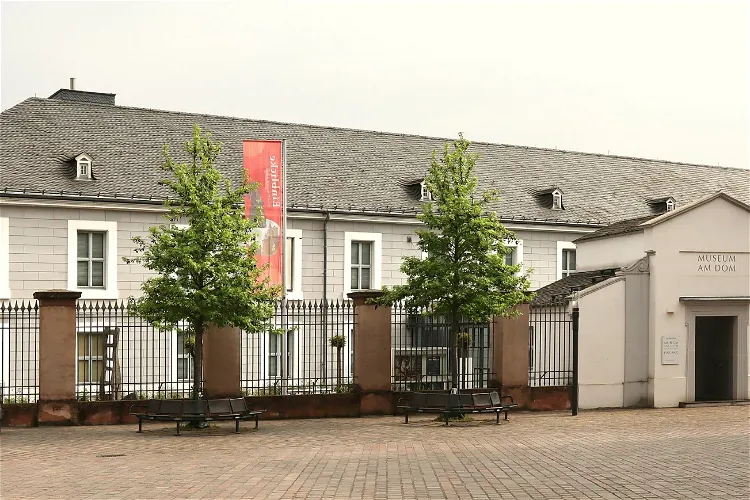
Trier Cathedral Museum
TrierIn addition to its main focus, the Museum am Dom Trier also conducts research on the late antique predecessor buildings of the Trier Cathedral, which is the oldest German bishop's church. This research provides valuable insights into the architectural evolution of the cathedral and its historical significance.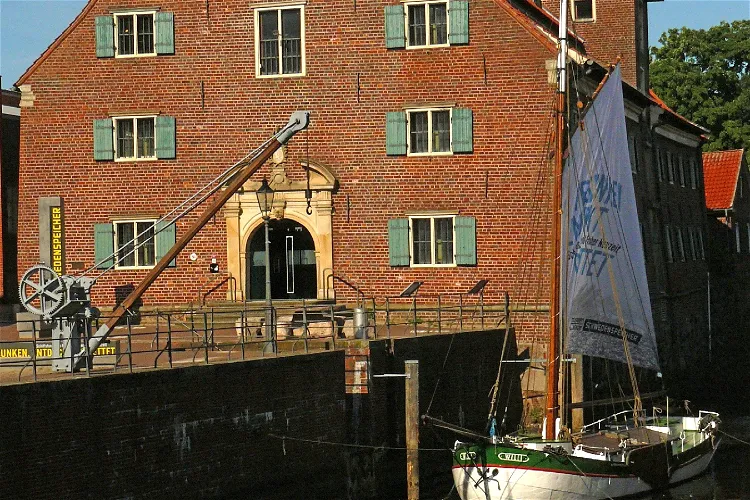
Schwedenspeicher
StadeThe Schwedenspeicher Museum, which was renamed Museum Schwedenspeicher in 2011, has been a regional museum in the Hanseatic city of Stade in Lower Saxony since 1977. The museum is housed in a baroque brick building from the second half of the 17th century, which was built during the city's 67-year affiliation with Sweden. The museum's content focuses on the archaeology and history of the Elbe-Weser region in general and the city of Stade in particular.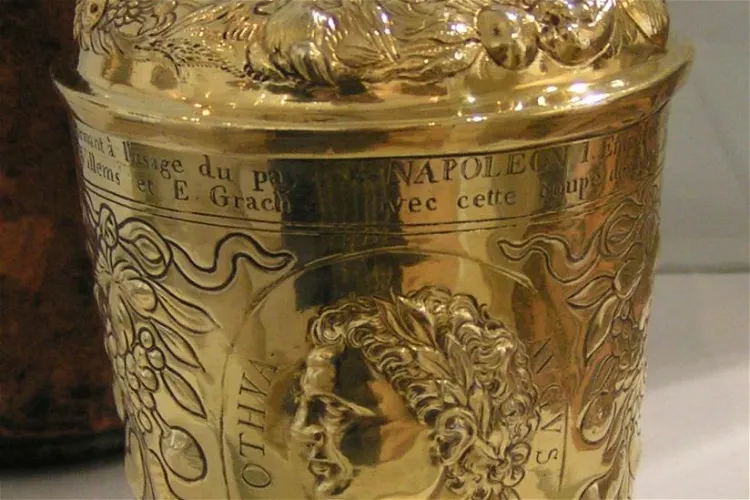
City Museum Simeonstift Trier
TrierThe City Museum Simeonstift Trier, previously known as the 'Municipal Museum Trier', is situated in the buildings of the former Simeonstift. It is located around the fountain courtyard, directly adjacent to the Porta Nigra, a significant Roman city gate. The museum's location adds to its historical charm and provides a unique setting for the exploration of Trier's rich history.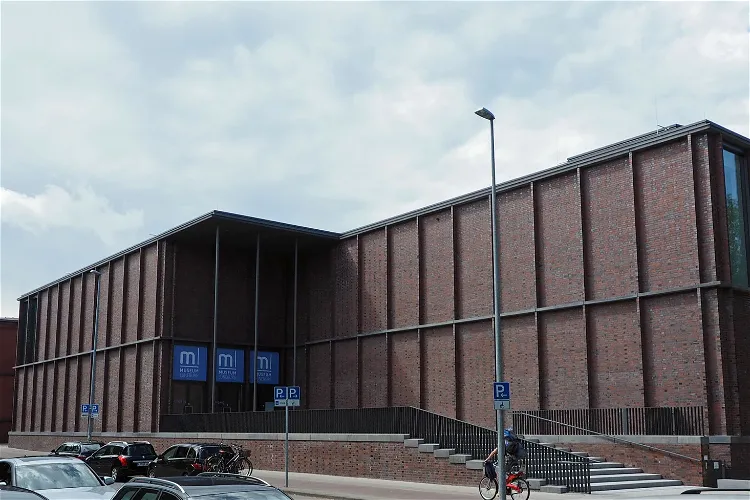
Museum Lüneburg
LüneburgMuseum Lüneburg is dedicated to the exploration of the cultural landscape of the Lower Saxon Hanseatic city of Lüneburg and its surroundings. It provides a comprehensive insight into the region's history, culture, and natural environment, making it a valuable destination for those interested in understanding the area's past and present.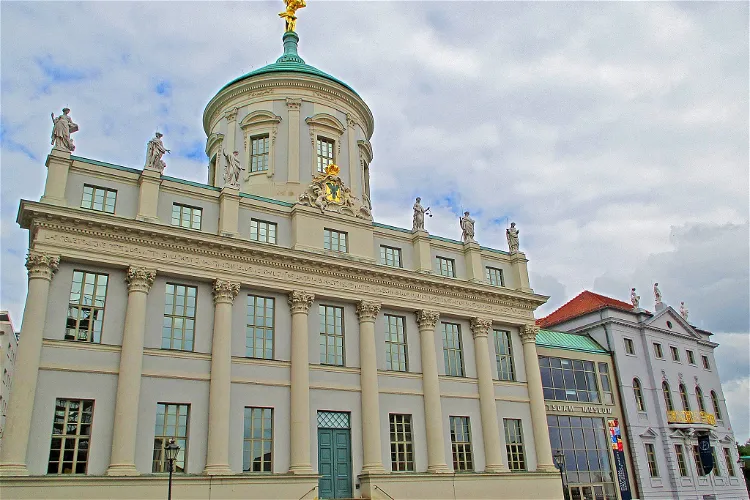
Potsdam Museum
PotsdamThe Potsdam Museum, established in the early 20th century, is home to an impressive collection of over 250,000 objects. This makes it one of the largest repositories of art, culture, and regional history in the state of Brandenburg. The museum's collection reflects the civic engagement and collecting passion of its founders, offering a rich and diverse insight into the region's past.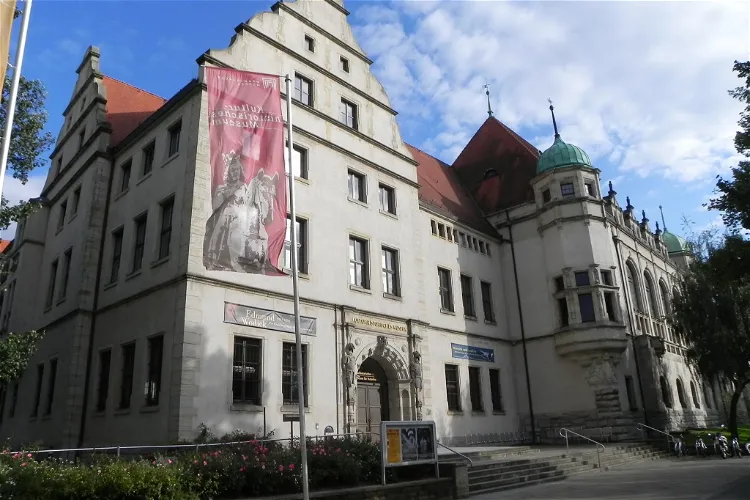
Museum of Cultural History
MagdeburgThe Kulturhistorische Museum Magdeburg (KHM), originally established in 1906 as the Kaiser-Friedrich Museum, is a cultural history museum located in Magdeburg. The museum's focus is on the city's history, which it presents through permanent and special exhibitions. It also showcases art-historical pieces.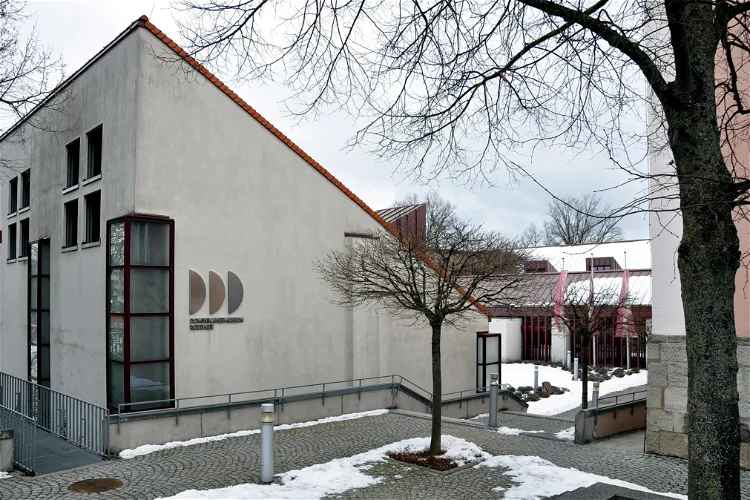
Dominican Museum Rottweil
RottweilThe Dominican Museum Rottweil, situated in the city of Rottweil, is a branch of the Landesmuseum Württemberg. It also falls under the jurisdiction of the Archäologisches Landesmuseum Baden-Württemberg. This connection to two significant institutions enhances the museum's credibility and ensures a high standard of exhibits.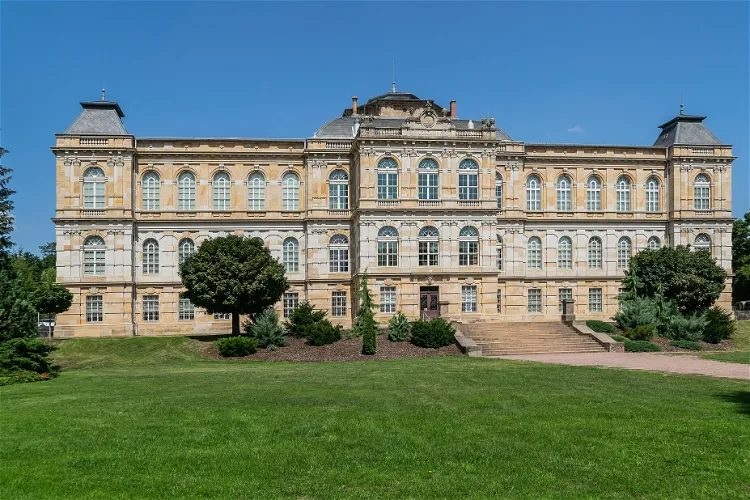
Herzogliches Museum
GothaThe Herzogliches Museum Gotha is a 19th-century museum building located opposite Schloss Friedenstein. It is designed in the style of the Neo-Renaissance, offering a unique architectural experience for visitors. The museum's location and design make it a significant landmark in the area.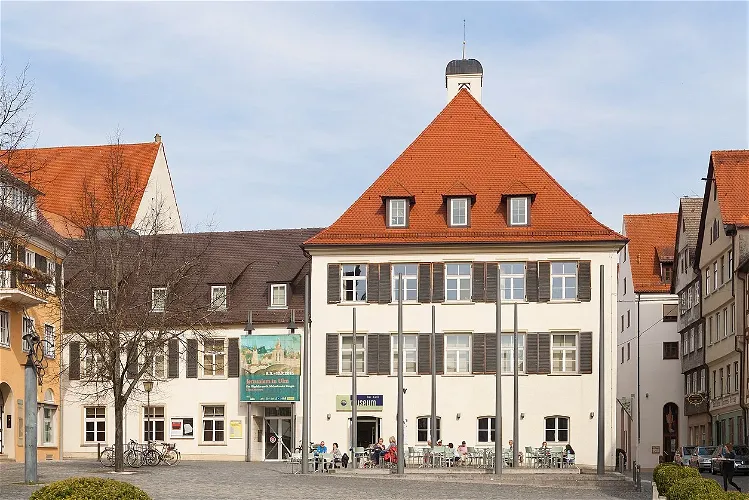
Museum Ulm
UlmThe Museum Ulm, established in 1924, is a renowned institution in Ulm, Germany, dedicated to art, archaeology, and urban and cultural history. The museum offers a comprehensive insight into the rich history and culture of the region, making it a significant destination for those interested in these fields.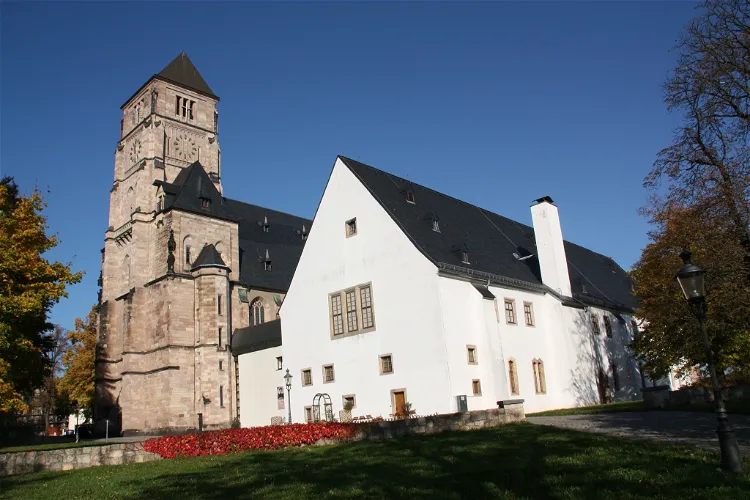
Schloßbergmuseum Chemnitz
ChemnitzThe Schloßbergmuseum is the city history museum of Chemnitz. It is situated in the Schloßchemnitz district on the grounds of an old Benedictine monastery. This location adds a historical charm to the museum, making it a unique place to learn about the city's history.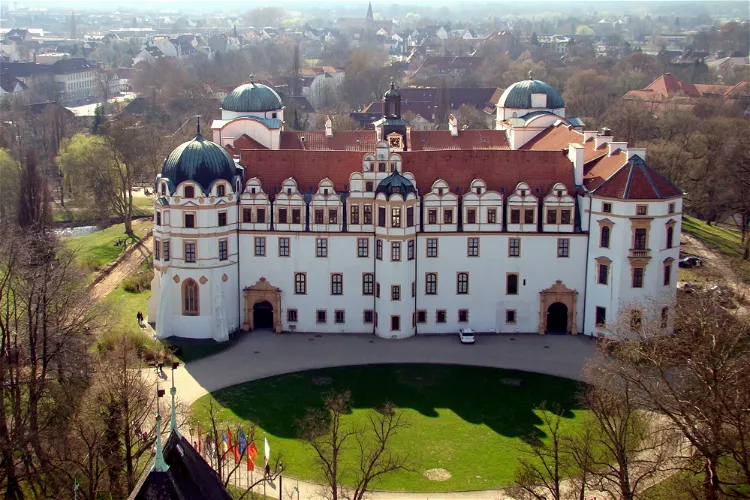
Residence Museum in Celle Castle
CelleThe Residenzmuseum is located within the historical rooms of Celle Castle, which have been transformed into a museum. This offers visitors a unique opportunity to explore the castle's rich history and architectural beauty.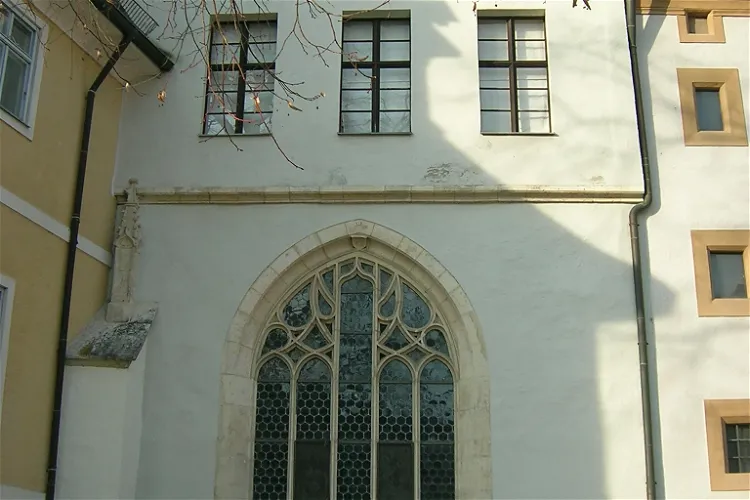
Domschatz- und Diözesanmuseum Eichstätt
EichstättThe Domschatz- und Diözesanmuseum Eichstätt, located in Eichstätt, is the diocesan museum of the Diocese of Eichstätt in Bavaria. This museum is a significant cultural institution in the region, showcasing the rich history and heritage of the diocese.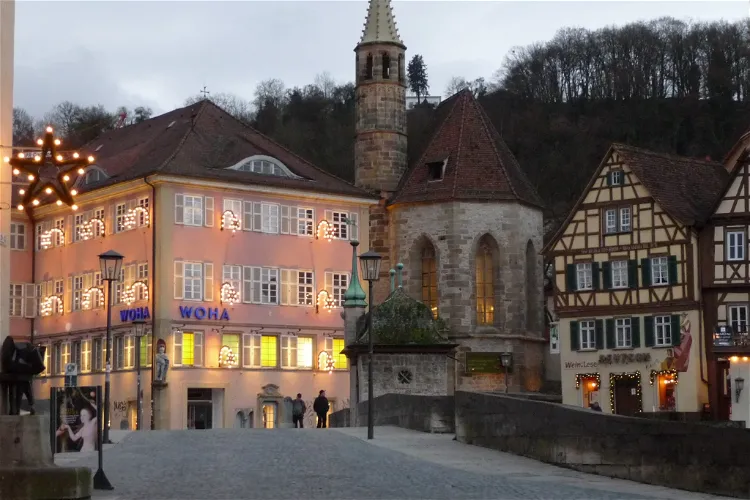
Johanniterkirche
Schwäbisch HallSince 2008, following extensive restorations, the Johanniterkirche has been repurposed as an exhibition hall. It now showcases a collection of paintings and sculptures from Old Masters, offering visitors a glimpse into the artistic heritage of the past.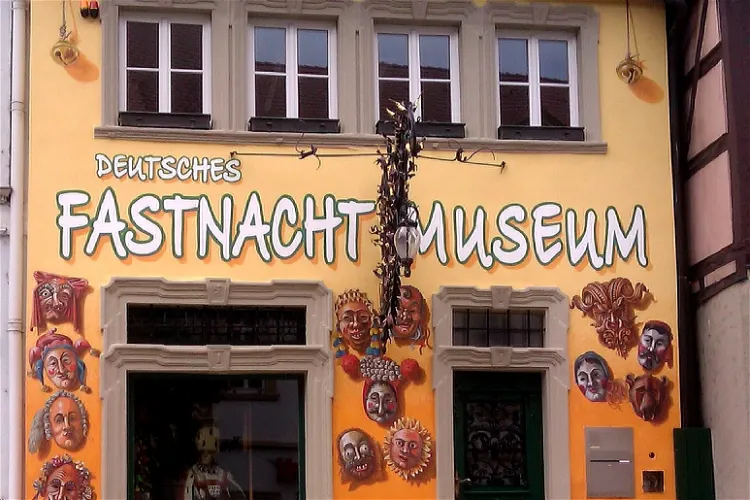
Deutsches FastnachtMuseum
KitzingenThe Deutsches FastnachtMuseum in Kitzingen is the official museum of the Bundes Deutscher Karneval, which is the umbrella organization of over 5,200 carnival associations, carnival guilds, carnival societies, and fools' guilds. This makes it a significant institution in the world of German carnival culture, offering a comprehensive insight into the traditions and history of the carnival in Germany.
Knauf-Museum
IphofenThe Knauf Museum Iphofen is a private institution situated in the Franconian city of Iphofen. It was established by the Knauf Gypsum KG, a renowned company in the gypsum industry. The museum is housed in a grand Baroque building in the city's market square, providing a unique cultural experience for visitors.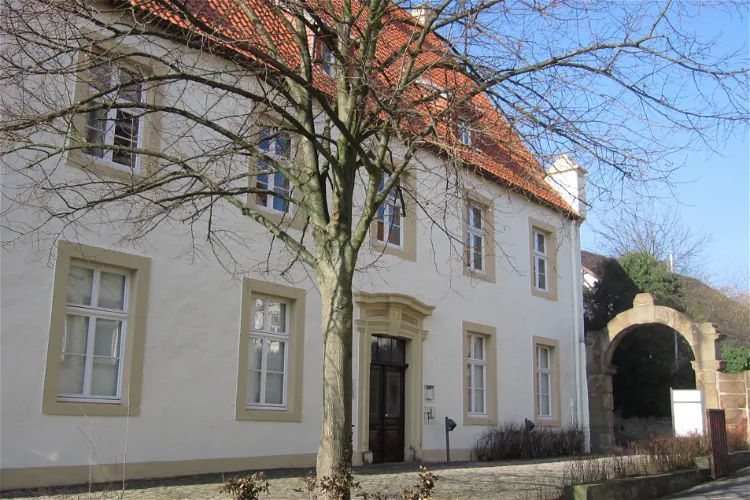
Museum im Stern
WarburgThe Museum im Stern, established in 1968, is the city museum of Warburg. It is located in the Stern House, a former medieval nobleman's estate in Warburg's New Town. This historical setting provides a unique backdrop for the museum's collections and exhibitions.
Altes Zollhaus
HitzackerThe Alte Zollhaus Hitzacker, built in 1589, is a former customs house that has been transformed into a museum. This historical building is one of the oldest in Hitzacker and stands at the location where the Elbe toll was collected since 1248. The museum offers a glimpse into the past, showcasing the history of the city surrounded by water and often threatened by the Elbe river.
Kolumba
CologneKolumba is an art museum in Cologne. The museum is one of the oldest museums in Cologne and is located on the site of the former St. Columba church. The museum holds and exhibits a collection paintings, drawings, prints, sculptures, decorative art and religious icons from Late Antiquity to contempor
Till Eulenspiegel Museum
SchöppenstedtThe Till-Eulenspiegel-Museum Schöppenstedt is a regional museum located in Lower Saxony, Germany. It pays homage to the medieval jester Till Eulenspiegel, who is believed to have been born in Kneitlingen am Elm around 1300. The museum provides a deep dive into the life and times of this historical figure, making it a fascinating destination for those interested in history and folklore.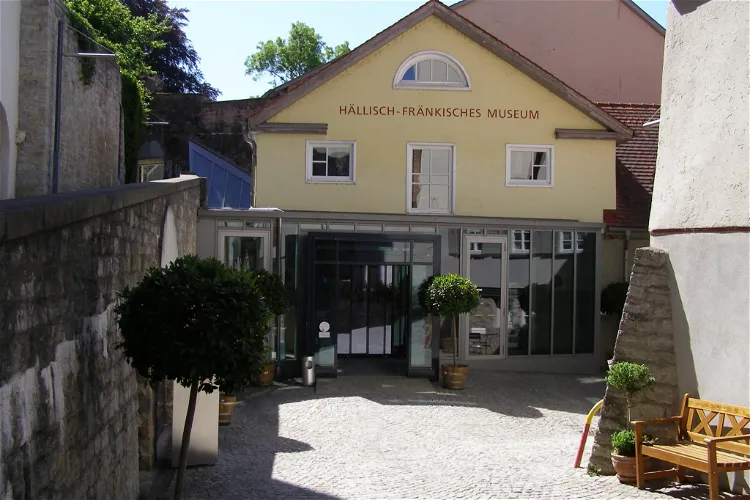
Hällisch-Fränkisches Museum
Schwäbisch HallThe Hällisch-Fränkische Museum (HFM) is a cultural and historical museum situated in the heart of Schwäbisch Hall. It offers a comprehensive insight into the history, art, and culture of the former imperial city of Hall and its surroundings. The museum spans over 3000 m² of exhibition space, making it a significant cultural destination in the region.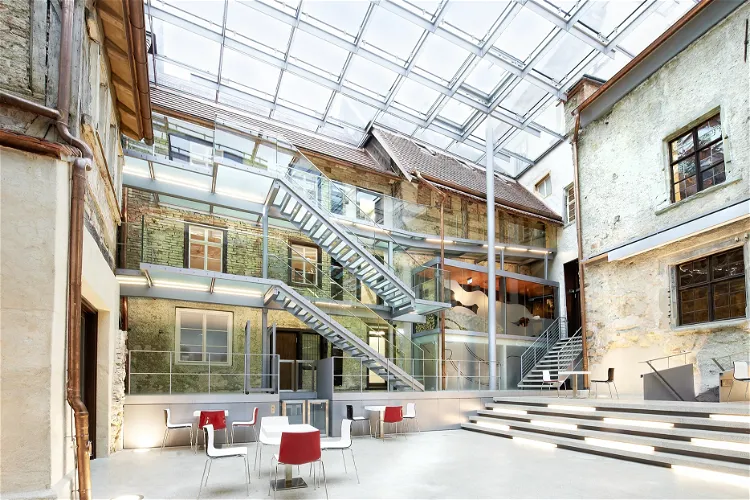
Museum Humpis-Quartier
RavensburgThe Humpis-Quartier Museum is a significant cultural and historical museum located in Ravensburg. It is situated in one of the best-preserved late medieval residential quarters in southern Germany, offering a unique glimpse into the past. The museum is housed in a complex of seven buildings, which are grouped around a courtyard. This location is not only historically significant but also provides a unique atmosphere for visitors.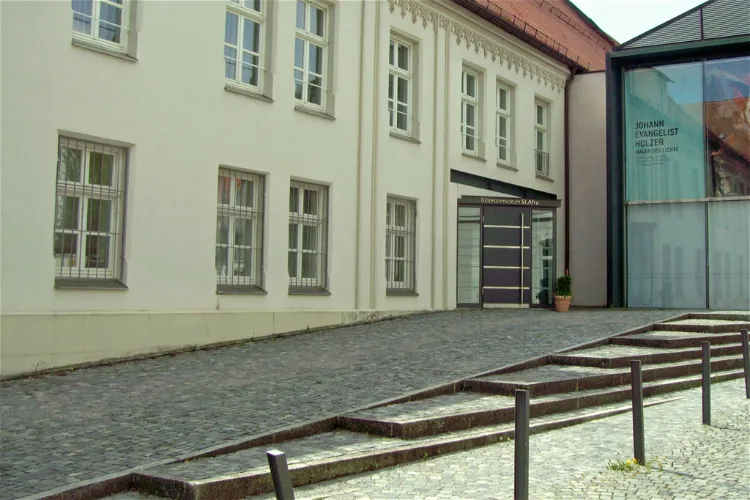
St. Afra Diocesan Museum
AugsburgThe St. Afra Diocesan Museum is the central museum of the Augsburg Diocese. It is conveniently located in the Augsburg Cathedral quarter, directly behind the cathedral. This strategic location makes it easily accessible for tourists visiting the cathedral and looking to explore the rich history and art of the diocese.
German Textile Museum
KrefeldThe German Textile Museum boasts a collection of over 30,000 objects from all corners of the world, spanning from antiquity to the present day. This vast collection offers visitors a unique opportunity to explore the history and diversity of textiles and clothing. The museum's collection is one of the most important internationally, with historically valuable textiles and clothing.
Stadtmuseum Hattingen
HattingenThe Stadtmuseum Hattingen, located in the Blankenstein district, was opened in 2001. It is housed in the old administrative buildings that were built between 1840 and 1904. The museum is situated in the heart of the village, in close proximity to the Blankenstein Castle and Gethmannschen Garten, making it a convenient location for tourists to visit.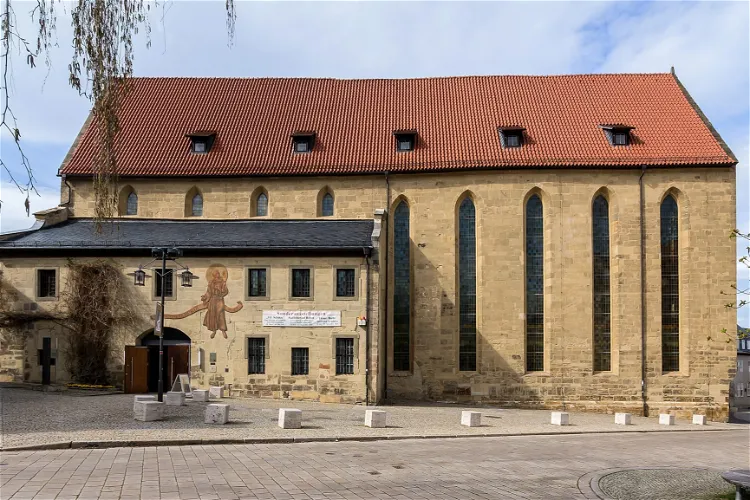
Stadtmuseum Saalfeld im ehemaligen Franziskanerkloster
Saalfeld/SaaleThe Stadtmuseum Saalfeld is housed in the former Saalfeld Franciscan monastery, encompassing the entire building complex. This means that the historical architecture of the former monastery, including its cloisters and Gothic roof truss, forms part of the exhibition. This unique setting provides visitors with a rich historical context for the exhibits on display.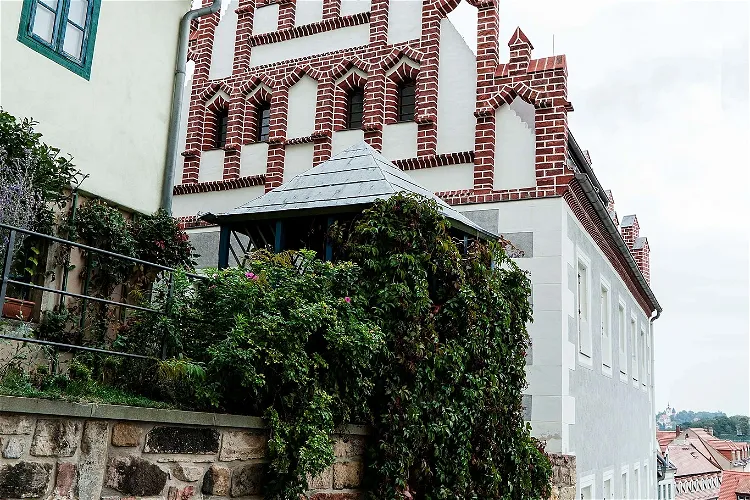
Prälatenhaus
MeissenThe late Gothic Prälatenhaus is one of the oldest houses in Meissen and a monument of regional importance. This three-story building, built directly on the rock, is a significant part of the picturesque western view of the old town. Its late Gothic brick gable and the significant remains of late Gothic wall paintings contribute to its historical value.
Historical Museum Bamberg
BambergThe Historical Museum Bamberg is situated in the Renaissance buildings of the Old Court, which is in close proximity to the Kaiserdom. This location adds to the historical charm of the museum and provides a unique setting for the exhibits. Visitors can enjoy the architectural beauty of the Renaissance buildings while exploring the museum's collections.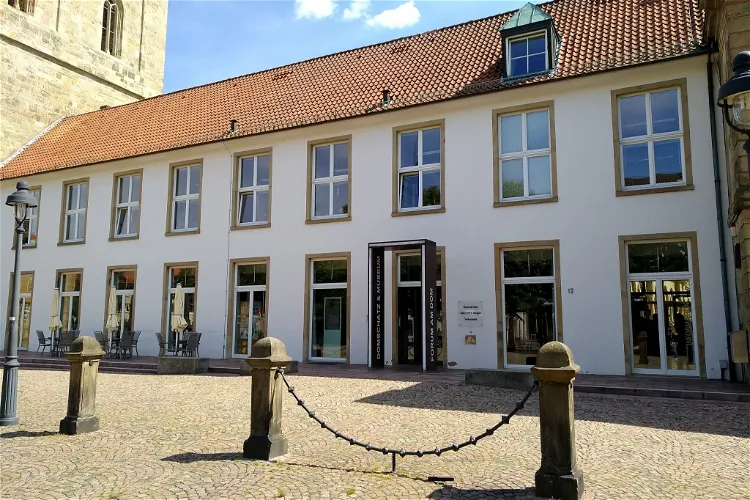
Cathedral Treasury and Diocesan Museum
OsnabrückThe Cathedral Treasury and Diocesan Museum is an integral part of the Diocese of Osnabrück. Its location, right next to the St. Peter's Cathedral, makes it easily accessible for visitors. The museum offers a unique opportunity to delve into the rich history and culture of the diocese.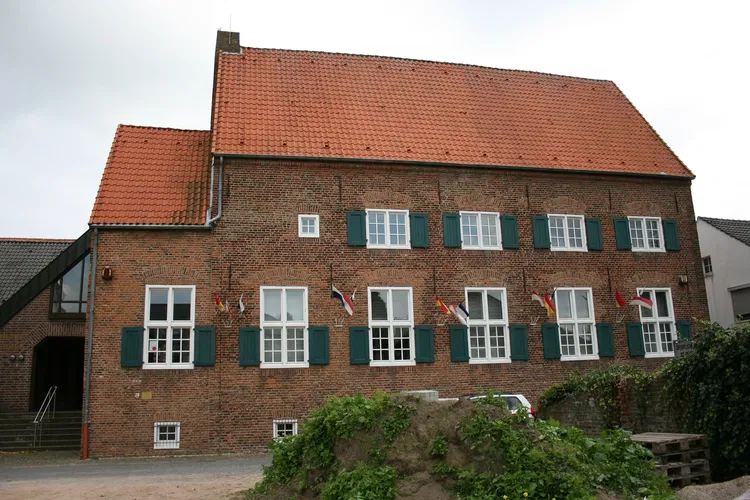
Katharinenhof Kranenburg
KranenburgMuseum Katharinenhof is an art museum situated in the historic city center of Kranenburg, in the German state of North Rhine-Westphalia. The museum has been housed in a former sister convent since 1961, adding a unique historical charm to the establishment.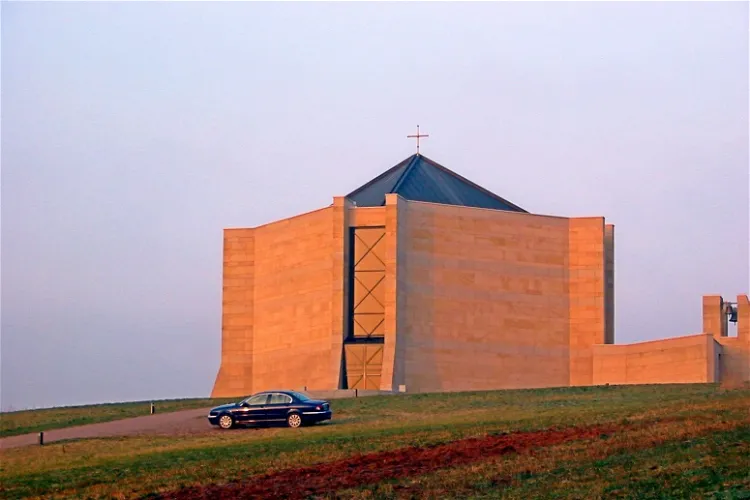
Statio Dominus Mundi
IllingenStations Dominus Mundi is a unique religious and artistic construction nestled in the town of Wustweiler, within the agglomeration of Illingen, in the Saarland region of Germany. This distinctive chapel offers a blend of religious significance and architectural beauty, making it an interesting site for tourists interested in architecture, religion, or both.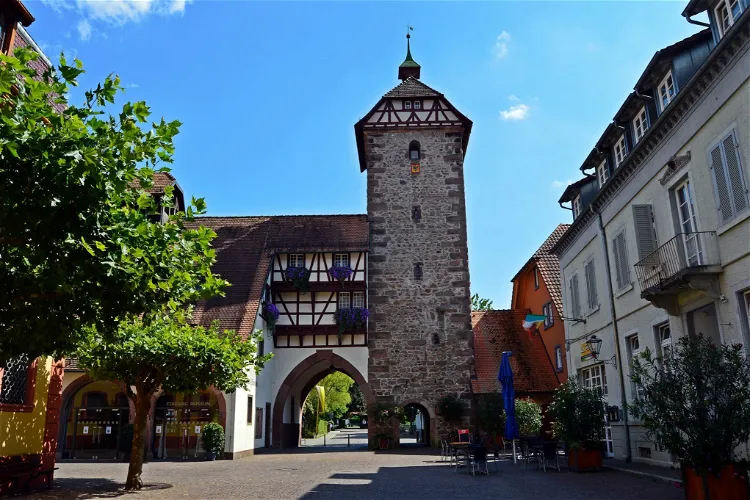
Storchenturm-Museum
Zell am HarmersbachThe Storchenturm, a medieval gate tower, is located in Zell am Harmersbach in the Black Forest. It was part of the former city fortification and now serves as a local history museum. This historical structure offers a glimpse into the past and provides an opportunity to learn about the region's history.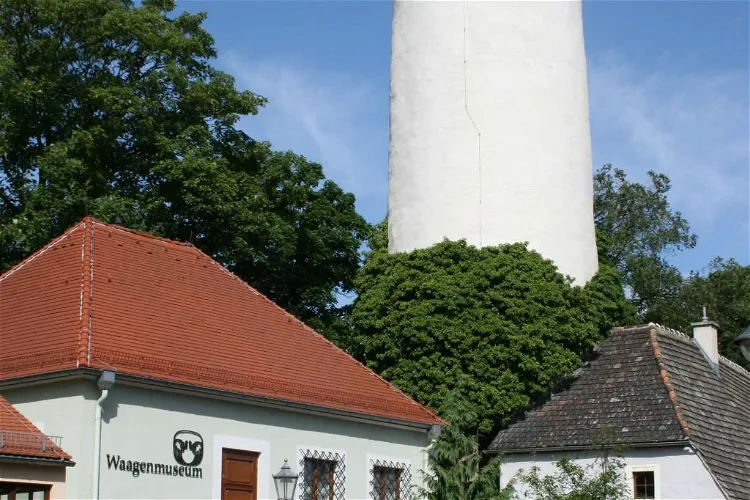
Stadt- und Waagenmuseum
OschatzThe Stadt- und Waagenmuseum Oschatz is a regional museum located in Oschatz, Saxony. It is unique in its offering as it also houses an exhibition dedicated to the development of scale construction. This exhibition traces the history of scales from their earliest forms to the modern electronic weighing devices. This makes it a fascinating destination for those interested in the history of technology and industrial development.
Historische Mikwe- Judenbad
Friedberg (Hesse)The Mikwe in Friedberg (Hesse), also known as Judenbad, is a significant historical site as it is the largest completely preserved medieval Mikwe in Germany. This makes it a unique destination for tourists interested in history, architecture, and Jewish culture.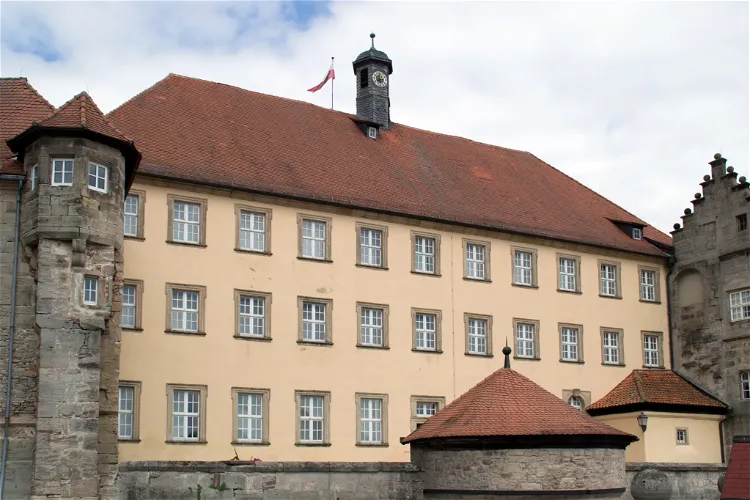
Fränkische Galerie
KronachThe Fränkische Galerie, located in the Upper Franconian city of Kronach, is a branch museum of the Bavarian National Museum in Munich. This connection to the Bavarian National Museum ensures a high standard of exhibits and a strong historical significance.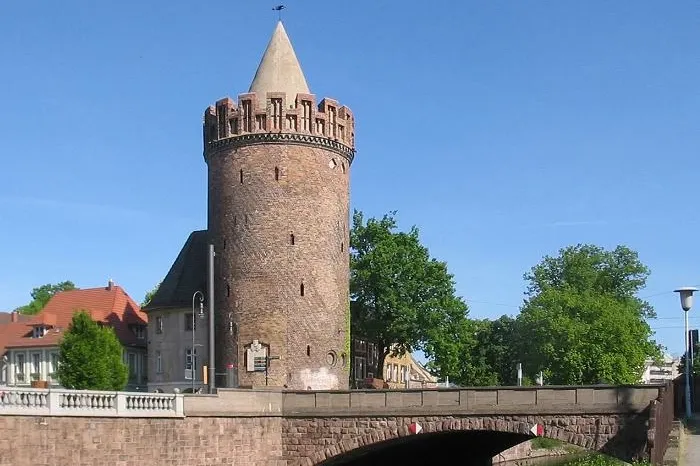
Steintorturm
Brandenburg an der HavelThe Steintorturm is a significant historical structure in Brandenburg an der Havel. It stands as one of the four remaining gate towers of the two cities of Brandenburg, out of the original eight. This tower is part of the medieval fortification system that once consisted of ten gates, making it a key part of the city's historical defense system.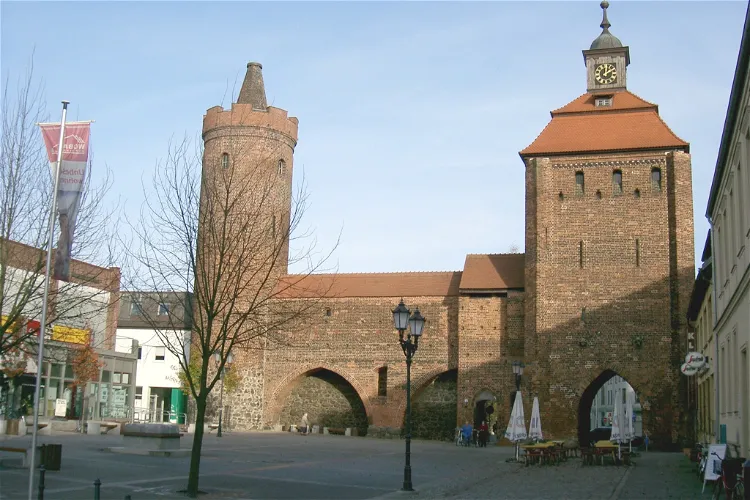
Steintor -Heimatmuseum Bernau
BernauThe Steintor, located in Bernau near Berlin, is a significant historical monument. It is the only remaining one of the three city gates that were originally built. Constructed in the late Gothic style from brick in the second half of the 15th century, it stands as a testament to the architectural prowess of the time.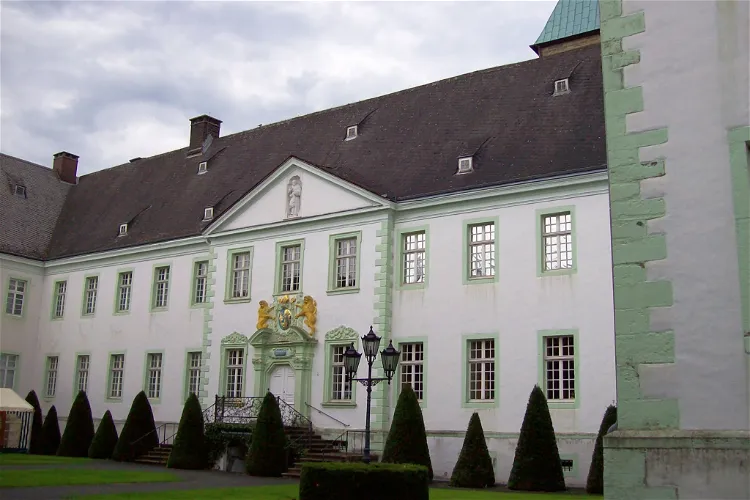
Museum Abtei Liesborn
LiesbornThe Museum Abtei Liesborn is a unique destination for art and cultural history enthusiasts. It is situated in the baroque abbot's residence of the former Liesborn Abbey of the Benedictines in Liesborn. This setting provides a rich historical backdrop for the museum's exhibits, adding to the overall visitor experience.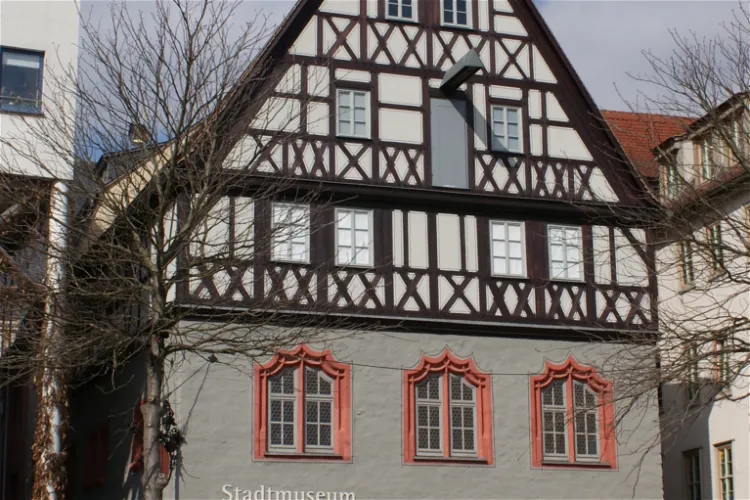
Stadtmuseum Jena
JenaThe Stadtmuseum Jena, situated in the Göhre on the northern side of the historic Jena market square, is a place of rich history. The foundations of the Göhre, where the museum is housed, date back to the 13th century, adding a layer of historical depth to your visit.
Clemens Sels Museum Neuss
NeussThe Clemens Sels Museum Neuss is an art museum situated in the city of Neuss. It is a modern multi-part building that houses a wide range of art collections from different periods and styles.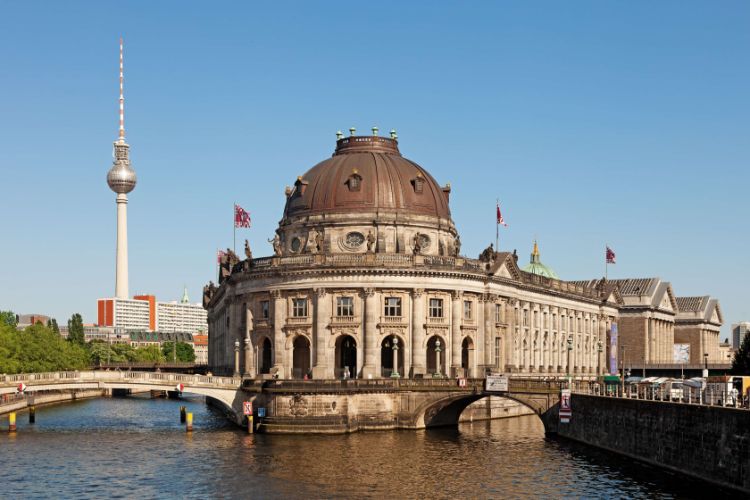
Bode Museum
BerlinBuilt in 1904, the Bode Museum is housed in a historical building and holds collections of ancient art, items from the Byzantine and Gothic eras and the world's largest numismatic collection. After being known as the Kaiser-Friedrich-Museum up until 1956, the museum was renamed after its curator -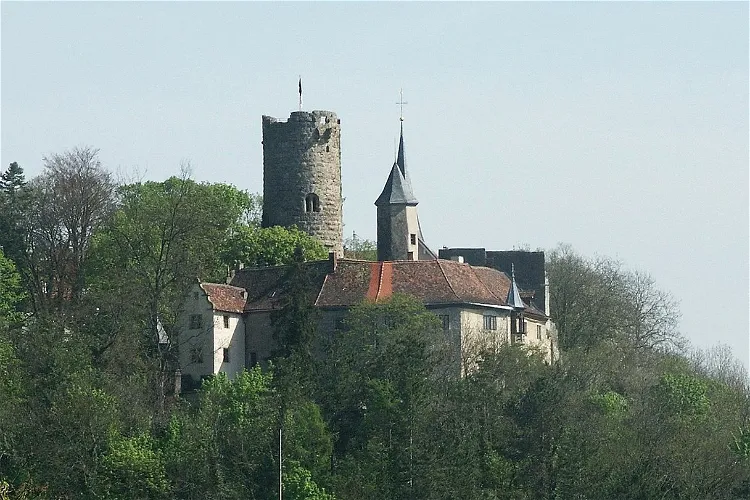
Krautheim Castle
KrautheimBurg Krautheim, also known as Krautheim Castle, was constructed in 1213 by Wolfrad I. von Krautheim. It is located on a mountain spur above the town of Krautheim in the Hohenlohe district in Baden-Württemberg, Germany. The castle's strategic location offers a panoramic view of the surrounding area, making it a fascinating destination for tourists.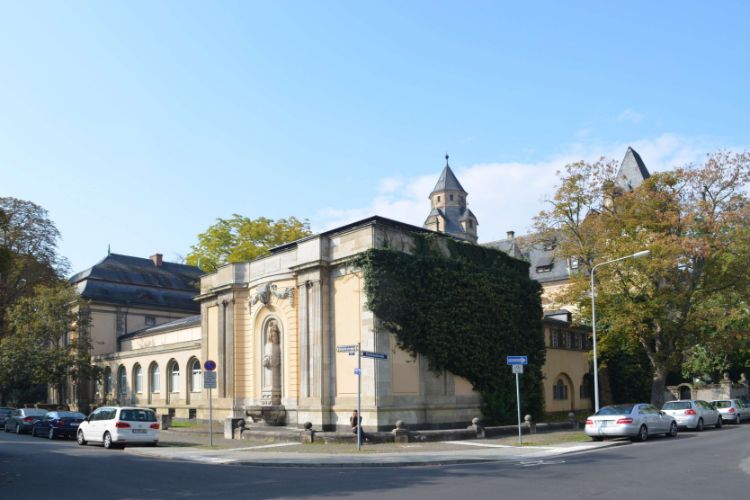
Liebieghaus
FrankfurtThe Liebieghaus is a late 19th-century castle-like villa in Frankfurt that was built in 1896, in a palatial, Historicist style, as a retirement home for textile manufacturer Baron Heinrich von Liebieg. The Liebieghaus is home to a sculpture museum, the Städtische Galerie Liebieghaus. The museum hold
Museum der Bildenden Künste
LeipzigThe Museum of Fine Arts in Leipzig (Museum der Bildenden Künste) is a museum that, with more than 10,000 m² of exhibition space, is one of the largest exhibition halls in Germany. The collection contains approximately 3,500 paintings, 1,000 sculptures and 60,000 graphics. It includes works from the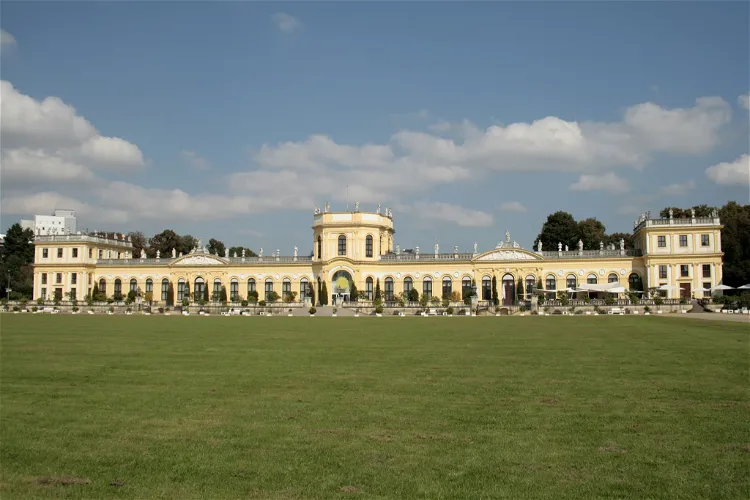
Astronomisch-Physikalisches Kabinett
KasselThe Astronomisch-Physikalisches Kabinett is a museum located in Kassel, Germany. Its collection is rooted in the promotion of natural sciences by the Hessian landgraves and their passion for curiosities. This museum is a testament to the historical interest in science and the pursuit of knowledge in the region.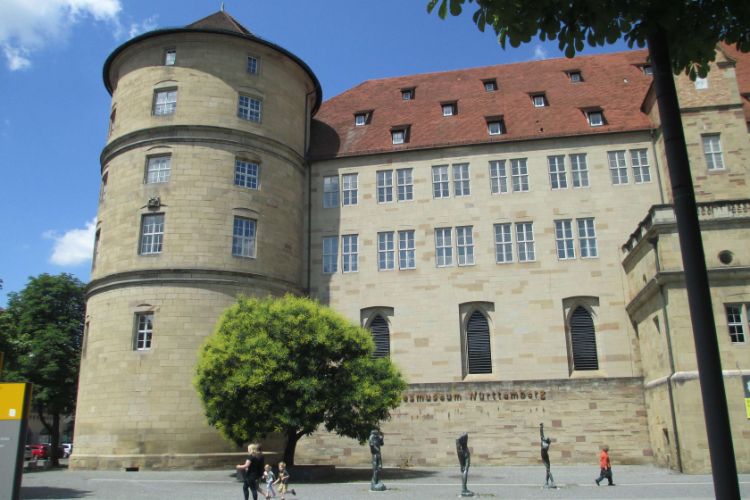
Wurttemberg State Museum in Old Castle
StuttgartThe Landesmuseum Württemberg (Württemberg State Museum) in Stuttgart was founded in 1862 by Wilhelm I. König von Württemberg. Its origin dates back to the 16th century. Back in the Kunstkammer, the dukes collected everything that was rare, precious and unusual. The museum's mission is to depict Germ
Buxtehude Museum
BuxtehudeThe Buxtehude Museum underwent a significant renovation and expansion in 2015, which resulted in the creation of new departments and a redesign of its exhibitions. The museum reopened in 2021, offering visitors a fresh and modern perspective on the region's history and art. The renovation has enhanced the museum's ability to present its collections in a more engaging and informative way.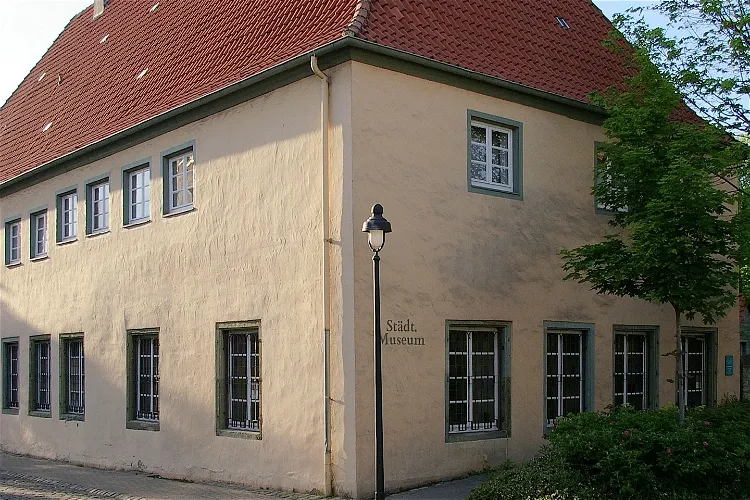
Städtisches Museum am Rykenberg
WerlThe Städtisches Museum Am Rykenberg – Wendelin-Leidinger-Haus is the local museum of the city of Werl. It is a place where visitors can learn about the history and culture of the city. The museum is named after Wendelin Leidinger, who was a local historian and caretaker of the house for many years.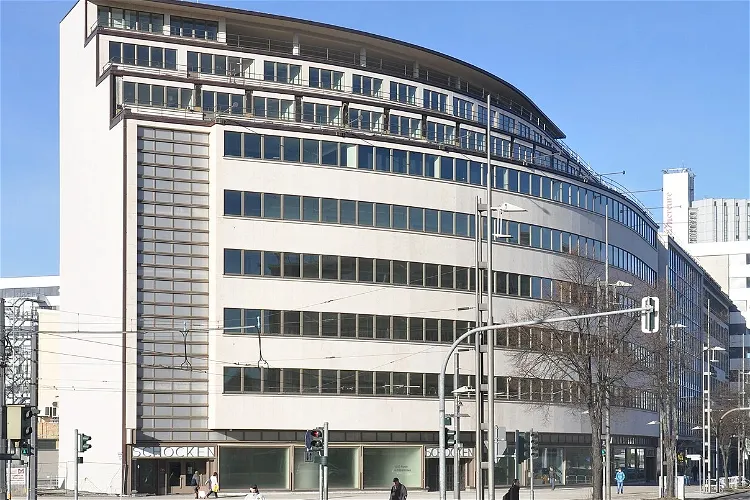
State Museum of Archaeology Chemnitz
ChemnitzThe State Museum of Archaeology Chemnitz, abbreviated as smac, is the archaeological-cultural state museum of the Free State of Saxony. It was inaugurated on May 15, 2014, and is housed in the former Schocken department store. This museum is a successor institution to the State Museum of Prehistory Dresden and is part of the State Office for Archaeology Saxony.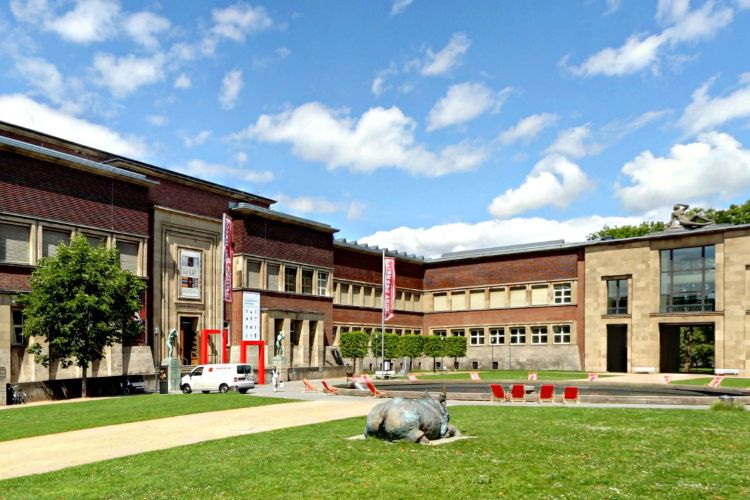
Museum Kunstpalast
DüsseldorfThe Kunstpalast Museum, also known as the Museum Kunst Palast is a museum in Düsseldorf. The museum is located on the site of an older museum from 1902 that was rebuilt twice. Paintings and sculptures from the period between the Middle Ages and the 21st century are exhibited in Museum Kunstpalast. I
Schnutgen Museum
CologneThe Museum Schnütgen (Schnutgen Museum) is a museum of Christian art in Cologne. The museum holds and exhibits objects mostly from the Middle Ages between the 11th and 16th centuries in the Rhineland. Some pieces date from the Baroque and the 19th century and also from other European countries as we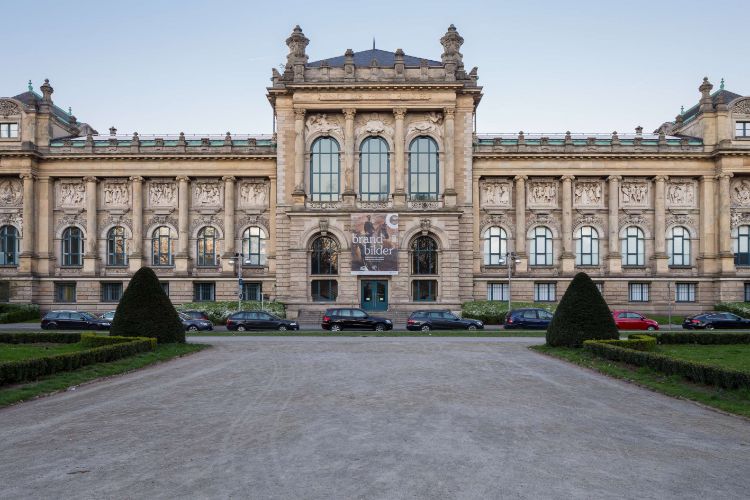
Lower Saxony State Museum
HanoverThe Lower Saxony State Museum (Niedersächsische Landesmuseum Hannover) is a museum in Hannover. The museum's collection includes the Landesgalerie, a collection of paintings and sculptures dating from the Middle Ages to the early twentieth century. Furthermore, the museum features departments for ar
Roman Museum Castle Boiotro
PassauThe Roman Museum Castle Boiotro, situated in the Innstadt district of Passau, was inaugurated in 1982. This museum is a significant historical site that offers visitors a glimpse into the past of this region. It is located on the foundations of the late Roman Castle Boiotro, remnants of which can be seen in the museum's outdoor area.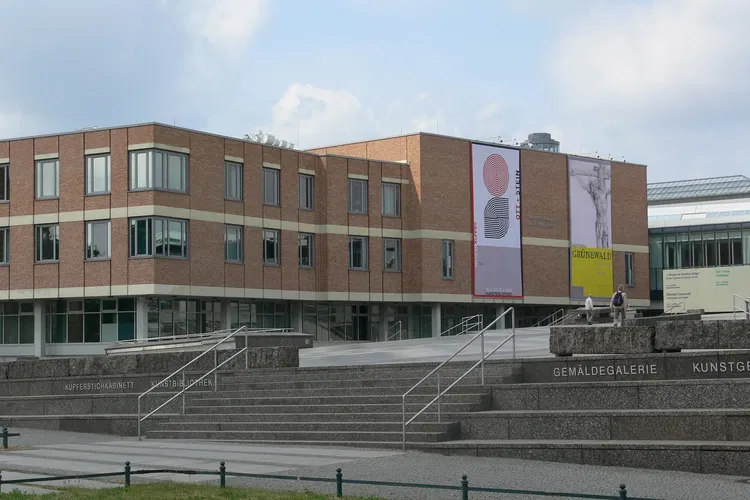
Kupferstichkabinett Berlin
BerlinThe Kupferstichkabinett, also known as the Museum of Prints and Drawings, is situated in Berlin, Germany. It forms part of the Berlin State Museums and is located in the Kulturforum on Potsdamer Platz. This location is easily accessible and is a significant cultural hub in the city.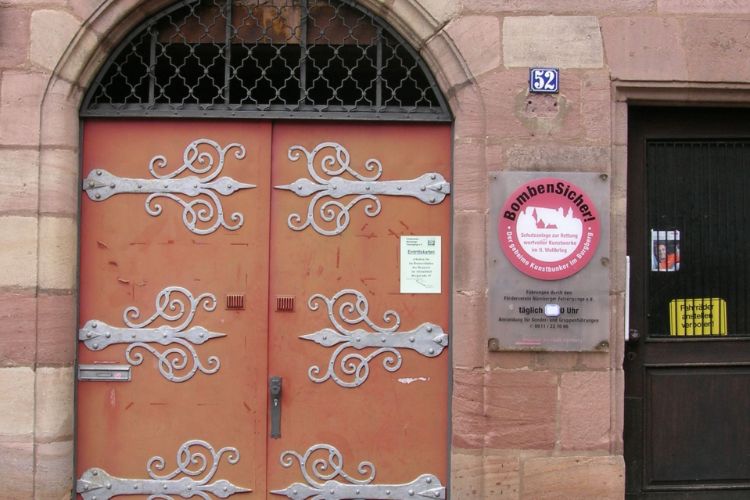
Kunstbunker
NurembergThe Historische Kunstbunker (Historic art bunker) is a tunnel complex under the Nuremberg Castle in Nuremberg. Visitors can participate in discovery tours to take a look at Nuremberg from a completely different side and discover places that have existed for many centuries but are hidden under the st
Saar Historical Museum
SaarbrückenThe Saar Historical Museum, located at the Saarbrücken Castle Square, is dedicated to the history of Saarland. It provides a comprehensive overview of the region's past, making it an ideal destination for history enthusiasts and curious tourists alike.
Rosgartenmuseum
ConstanceThe Rosgartenmuseum, located in Constance, Baden-Württemberg, is a museum dedicated to the art, culture, and history of the city and the Lake Constance region. Established in 1870 by Ludwig Leiner, a pharmacist and city council member from Constance, the museum is one of the oldest of its kind in the region. It offers a rich collection of historical artifacts and artworks that tell the story of the city and the region.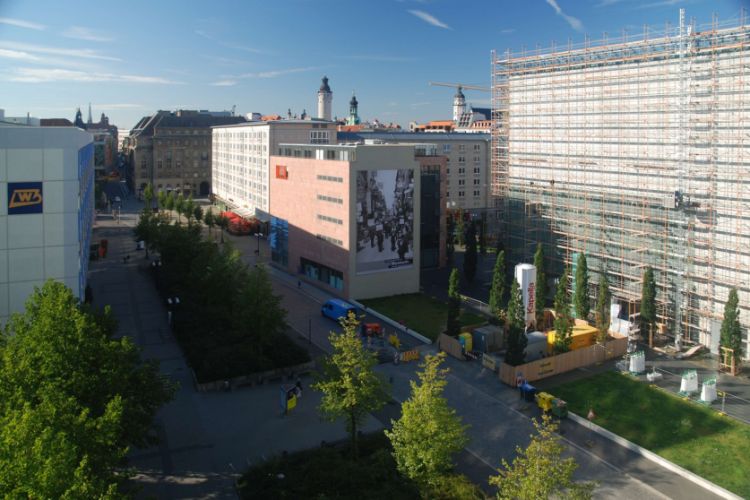
Museum of Local History (Stadtgeschichtliches)
LeipzigThe Stadtgeschichtliches Museum Leipzig is a museum in Leipzig that collects, documents and exhibits objects, information and contexts of the city from the city of Leipzig in the early Middle Ages to the present. Housed in the city town hall, this museum is devoted to the history of Leipzig. Visitor
Mittelrhein Museum Koblenz
KoblenzThe Mittelrhein Museum, also known as the Museum of the Middle Rhine Valley, is situated in the city of Koblenz. This museum is one of the oldest civic museums in Germany, tracing its origins back to 1835 when it was founded with a donation of over 200 works from pastor and educator Joseph Gregory Lang. Despite its modest size compared to world-renowned collections, it remains a significant cultural institution in the region.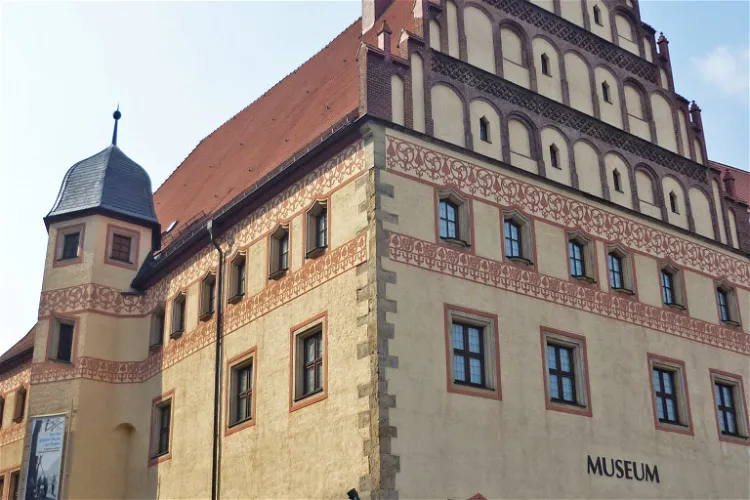
Stadt- und Bergbaumuseum Freiberg
FreibergThe Stadt- und Bergbaumuseum Freiberg, established in 1861 by the Freiberg Antiquity Association, is one of the oldest civic museums in Saxony. It is located in the former Domherrenhof, a late Gothic secular building. This museum is a testament to the rich history and culture of the region, offering visitors a unique insight into the past.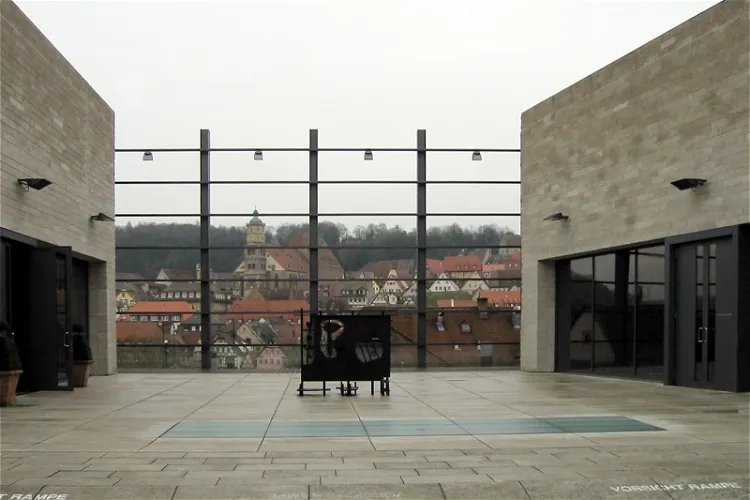
Kunsthalle Würth
Schwäbisch HallThe Kunsthalle Würth is a private art museum located in Schwäbisch Hall. It was established in 2001 by the entrepreneur Reinhold Würth. This museum is a testament to Würth's passion for art and his commitment to making it accessible to the public.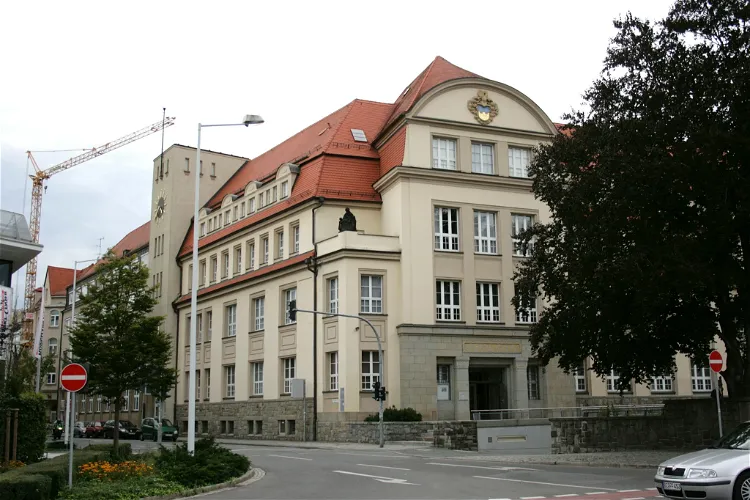
Museum Bautzen
BautzenMuseum Bautzen, also known as Muzej Budyšin, is a significant cultural institution in the region of Saxon Upper Lusatia. It is conveniently located at Kornmarkt, making it easily accessible for tourists visiting the area. The museum is known for its extensive collections, which are among the largest and most important in the region.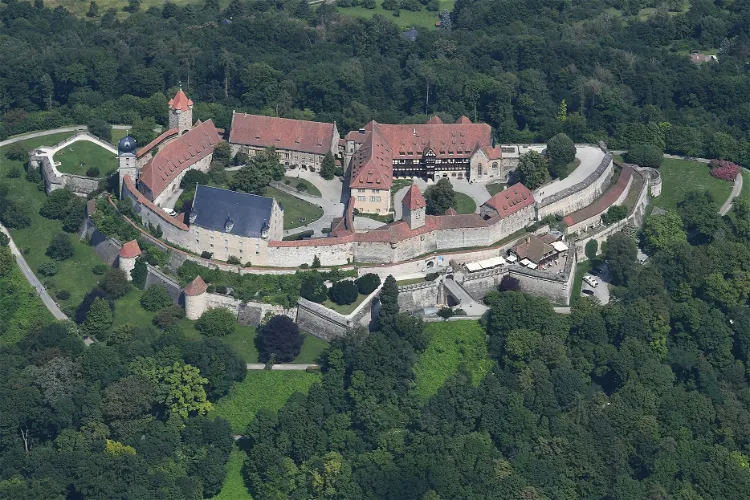
Veste Coburg
CoburgVeste Coburg, often referred to as the 'Franconian Crown', is a significant historical site in Germany. It is one of the largest and best-preserved castles in the country. The castle is strategically located on a hill, providing a panoramic view of the city of Coburg. It is situated on the border of Bavaria and Thuringia, adding to its historical and geographical significance.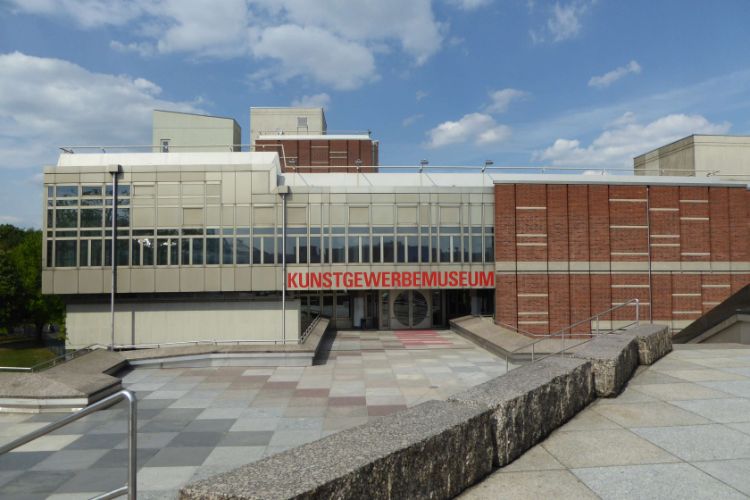
Museum of Applied Art
BerlinThe Kunstgewerbemuseum is the Museum of Applied Art of Berlin. The headquarters is part of the Kulturforum Berlin and is part of the Staatliche Museen zu Berlin. The museum shows the development of arts and crafts in Europe from the Middle Ages to the present. All style periods are represented with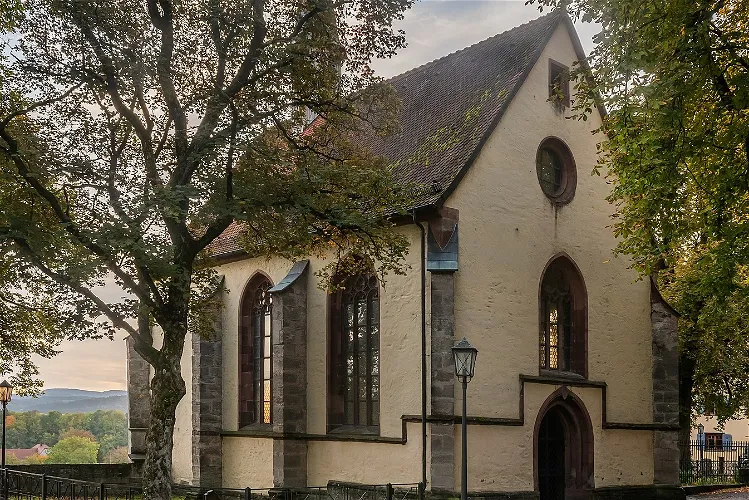
Kunstsammlung Lorenzkapelle Rottweil
RottweilThe Lorenzkapelle, located in Rottweil, Baden-Württemberg, is recognized as a protected cultural monument. This status signifies its historical and cultural significance, making it a point of interest for those who appreciate history and architecture.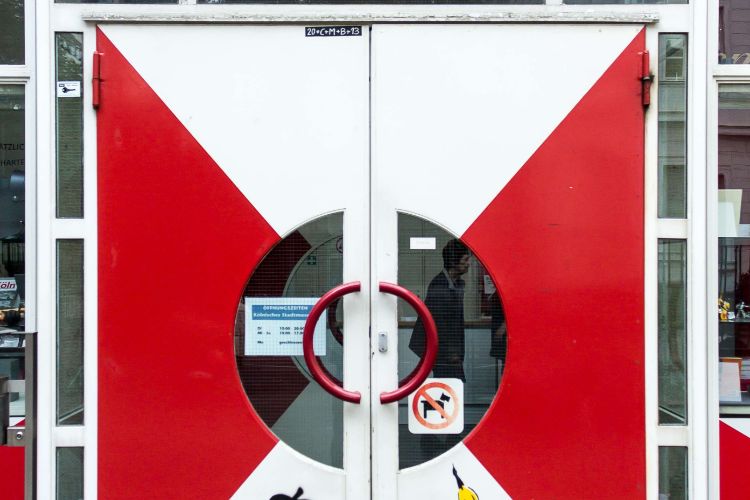
Kölnisches Stadtmuseum
CologneThe Kölnisches Stadtmuseum (Cologne CIty Museum) is a museum in Cologne that is housed in The Zeughaus, the city's former arsenal. The building was built between 1594 and 1606 and has served as a museum since 1958. It is built on the remains of the Roman city wall. Exhibits of the permanent exhibiti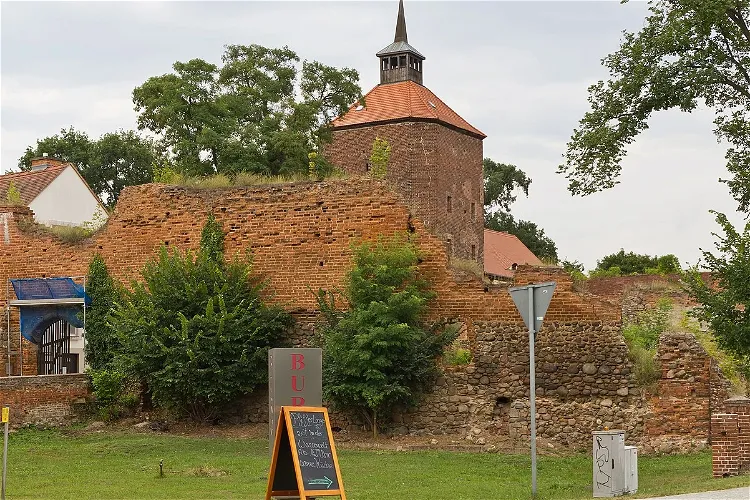
Burg Beeskow
BeeskowBurg Beeskow is not just a historical site, but also a cultural hub. It houses a regional museum that showcases historical, ethnographic, and ecological themes of the Beeskow-Storkow region. Additionally, it features a medieval magazine with a torture cellar. The castle also hosts changing exhibitions, primarily focusing on the art of the German Democratic Republic.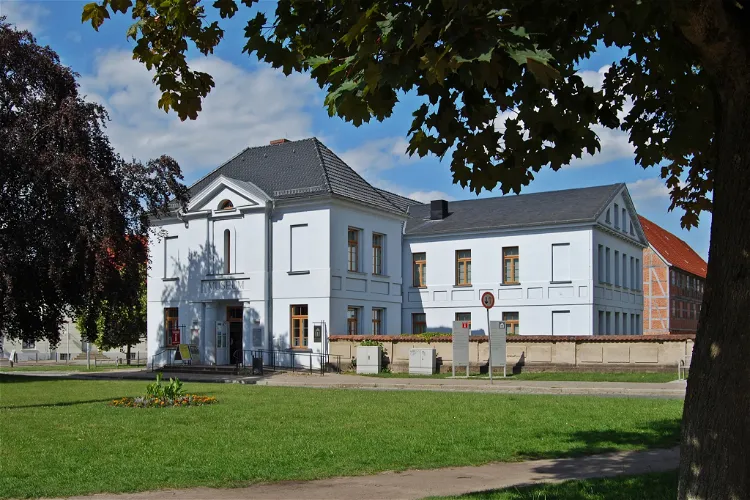
Stadtmuseum Güstrow
GüstrowThe Stadtmuseum Güstrow is situated in the city of Güstrow, at Franz-Parr-Platz 10. This location is conveniently close to other significant landmarks such as the Güstrow Castle and the Ernst-Barlach-Theater. This makes it an ideal stop for tourists who are exploring the city and its rich history.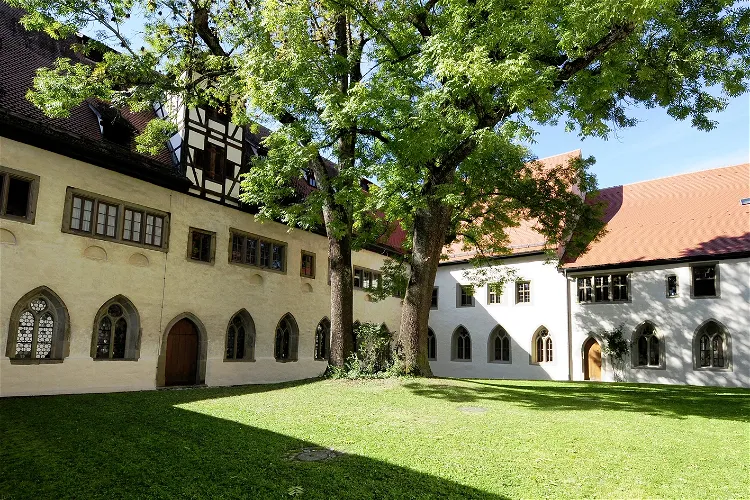
RothenburgMuseum
Rothenburg ob der TauberThe RothenburgMuseum, previously known as the Reichsstadtmuseum until 2019, is dedicated to the history of the city of Rothenburg ob der Tauber. It provides a comprehensive overview of the city's past, making it an essential stop for those interested in understanding the historical context of Rothenburg ob der Tauber.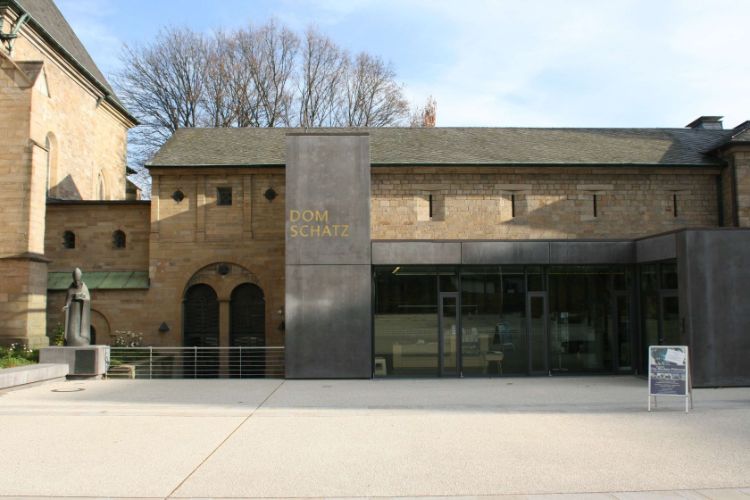
Domschatzkammer Essen
EssenThe Essener Domschatz is one of the most important collections of ecclesiastical art in Germany. The dom treasure goes back to the treasure of the former Essen Abbey, which after the secularization of the abbey in 1803 became the property of the associated parish. The collection is unique in that it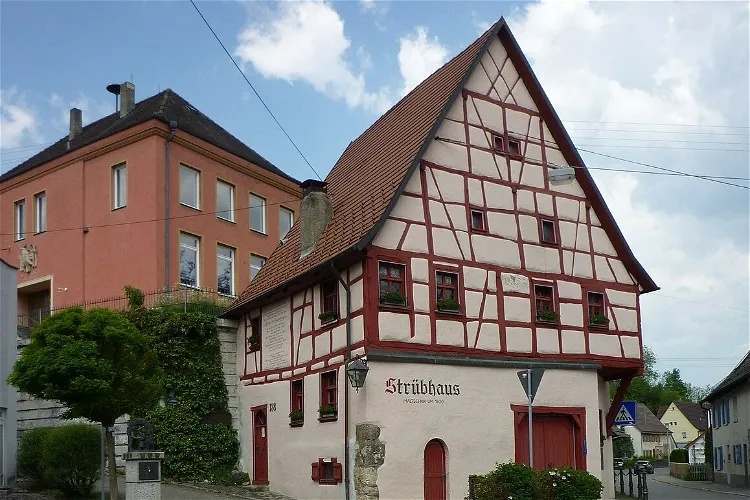
Strübhaus - Haus der Malkust
VeringenstadtThe Strübhaus, located in Veringenstadt, is a significant historical site as it was likely built in the 14th century. It served as the original residence and workshop of the Strüb artist family. This makes it a unique destination for tourists interested in history and art.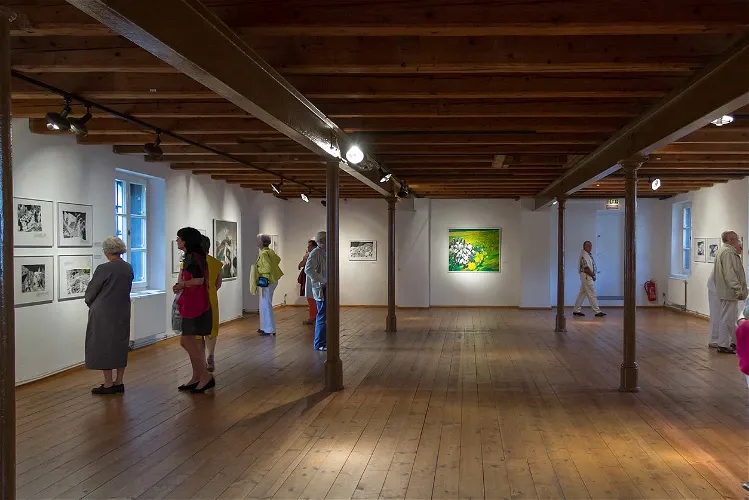
Museum Fürstenfeldbruck
FürstenfeldbruckThe Museum Fürstenfeldbruck, located in the former monastery brewery in the Cistercian monastery Fürstenfeld, is the city's art and cultural history museum. It offers a unique insight into the history and art of the Fürstenfeld monastery and its relationship with the Wittelsbach rulers.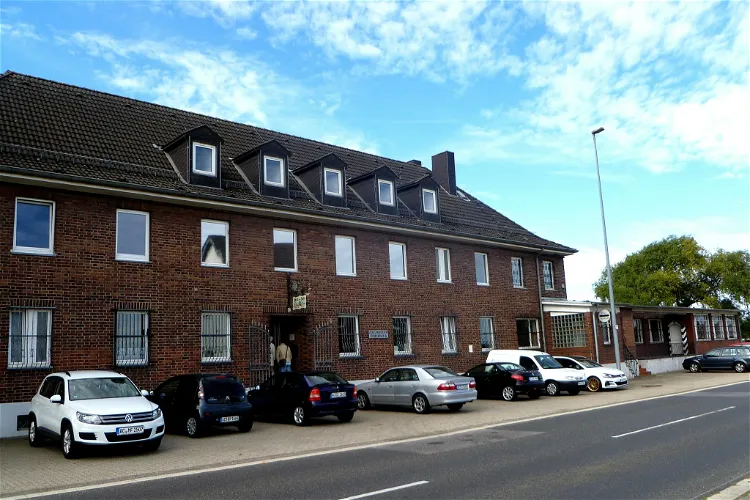
Zollmuseum Friedrichs
AachenThe Zollmuseum Friedrichs in Aachen - Horbach is a unique museum that was established in 1984 by Christian Friedrichs, the retired head of the Aachen Nord main customs office. The museum focuses on the history of customs, tracing its development and sources of income, and its role in protecting the domestic economy. This provides a fascinating insight into the economic history of the region and the country.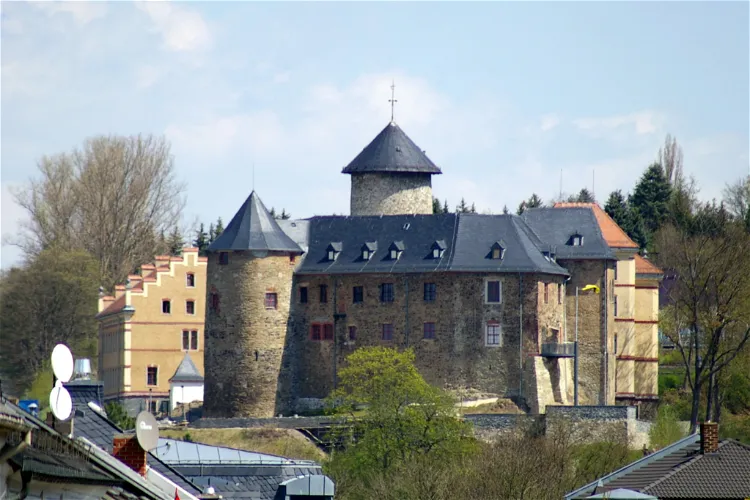
Schloß Voigtsberg
OelsnitzThe Voigtsberg Castle, which was later renamed Schloss Voigtsberg, is a typical high medieval castle. It was significantly damaged during the Thirty Years' War and was subsequently rebuilt into a castle. This transformation has given the structure a unique blend of architectural styles, making it a fascinating site for history and architecture enthusiasts.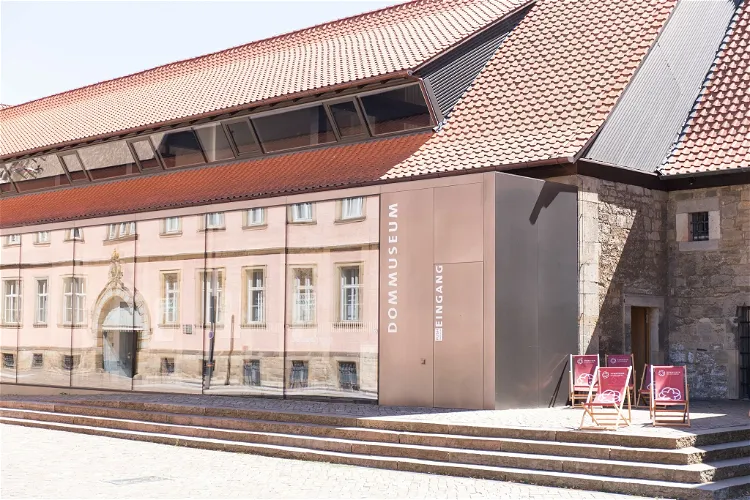
Hildesheim Cathedral Museum
HildesheimThe Hildesheim Cathedral Museum serves as the cathedral treasury and diocesan museum of the Hildesheim diocese. It is home to the cathedral treasure, which is recognized as part of the UNESCO World Heritage. This makes it a significant site for those interested in history, art, and religious artifacts.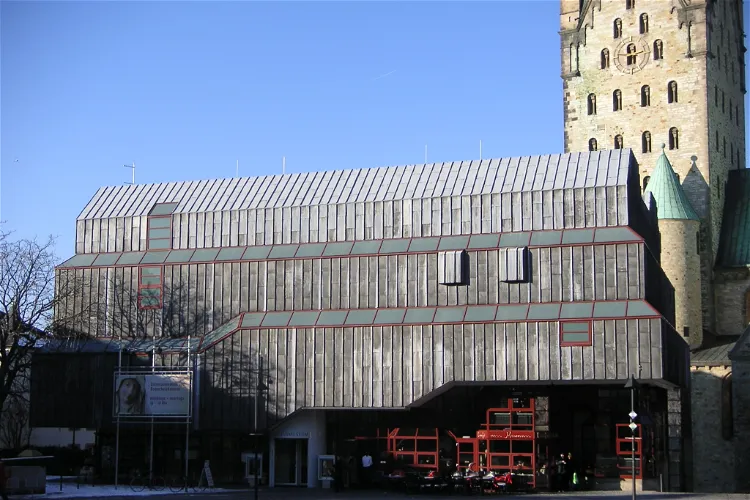
Diözesanmuseum
PaderbornThe museum is home to one of the most comprehensive and important collections of Christian art in Germany. With over 12,000 works that span around 1,000 years, visitors can immerse themselves in a rich tapestry of religious art and history. The collection includes sculpture and goldsmith art from the Romanesque to the Baroque period.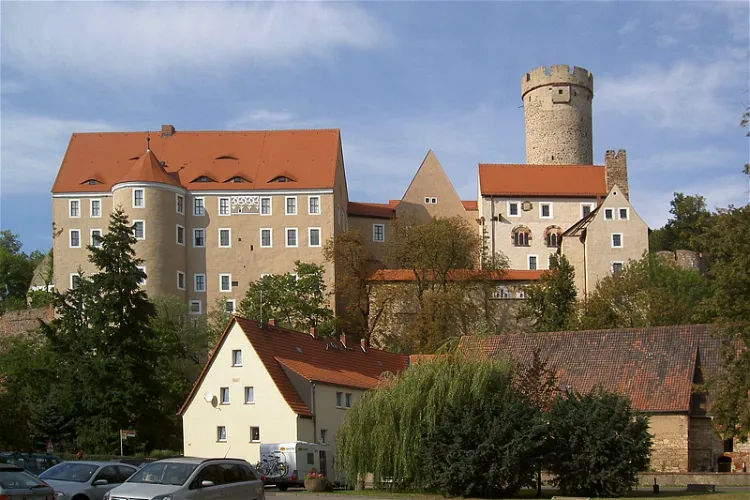
Gnandstein Castle
FrohburgBurg Gnandstein, situated above the Wyhra river in Gnandstein, a district of the city of Frohburg, in the Leipzig district in Saxony, is a significant historical site. It is recognized as Saxony's best-preserved Romanesque fortress, offering a unique glimpse into the region's past.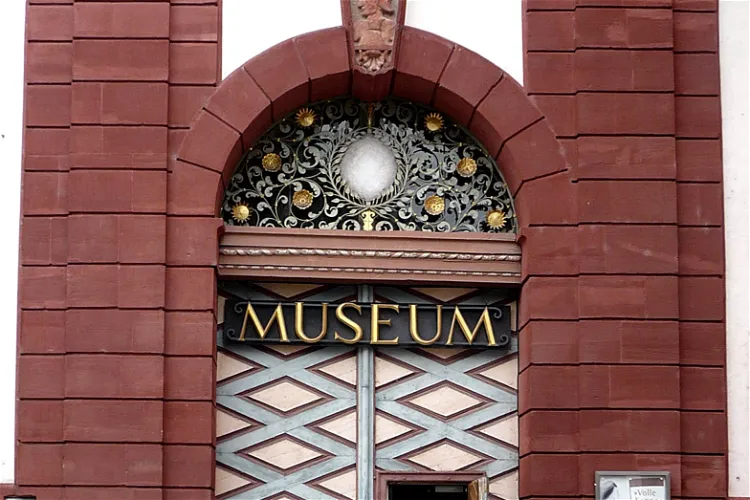
Museum für Franken & Staatliches Museum für Kunst- und Kulturgeschichte
WürzburgThe Museum für Franken, previously known as the Mainfränkisches Museum, is situated within the Marienberg Fortress in Würzburg. It is recognized as one of the largest art collections in Bavaria. The museum houses a vast array of high-value works from Franconian artists, making it a significant international museum in Germany.
State Museum for Art and Cultural History
OldenburgThe State Museum for Art and Cultural History in Oldenburg is a unique cultural institution located in the city of Oldenburg in Lower Saxony. The museum is spread across three closely situated sites: the Castle, Augusteum, and Prinzenpalais. Each of these sites offers a distinct collection and experience, making the museum a diverse and enriching destination for art and history enthusiasts.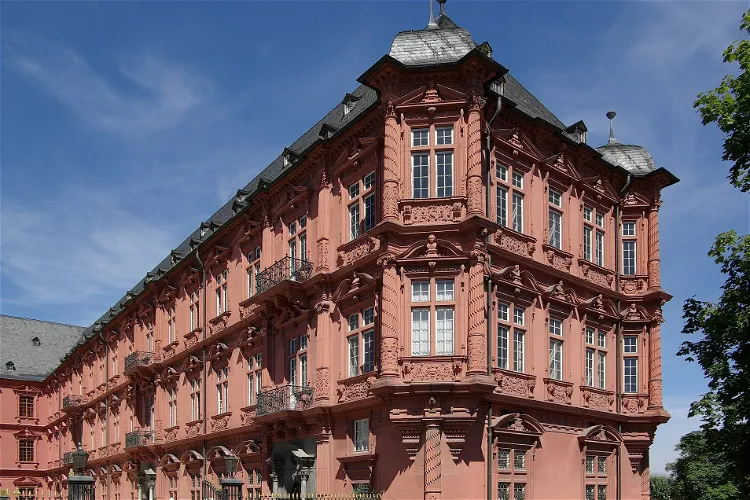
Leibniz Research Institute for Archaeology
MainzThe Römisch-Germanisches Zentralmuseum (RGZM), or the Roman-Germanic Central Museum, is a significant archaeological institution located in Mainz, Rhineland-Palatinate, Germany. Established in 1852, the museum is housed in the Elector's Castle and offers a systematic overview of Europe's history, covering periods from the Paleolithic to the High Middle Ages.
Oranienburg Palace
OranienburgOranienburg Palace, situated in the town of Oranienburg in Germany, holds the distinction of being the oldest Baroque Schloss in the Margraviate of Brandenburg. This historical monument was constructed between 1651 and 1655 by Louise Henriette of Orange-Nassau, the first wife of Frederick William, Elector of Brandenburg. The palace's architecture, designed by Johann Gregor Memhardt, reflects the Dutch classicism of the time, with a vertical orientation and turrets on the side wings.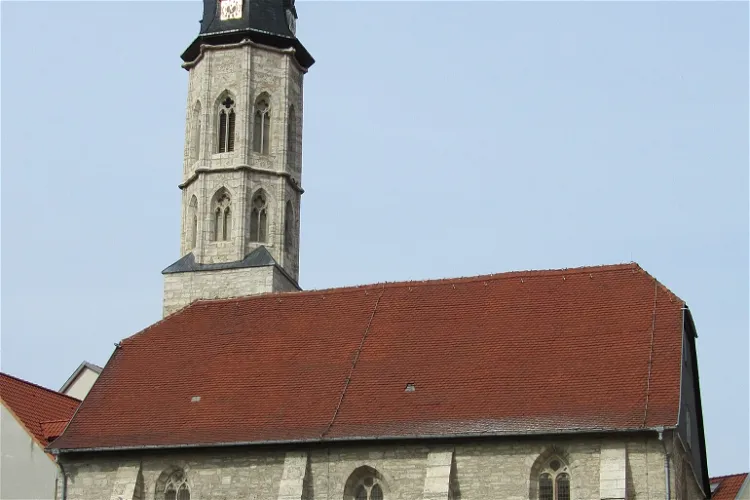
Allerheiligenkirche
MühlhausenThe Allerheiligenkirche, located on the lower Steinweg in the county town of Mühlhausen in the Unstrut-Hainich district in Thuringia, currently serves as a museum. This location is steeped in history and offers a unique insight into the region's past.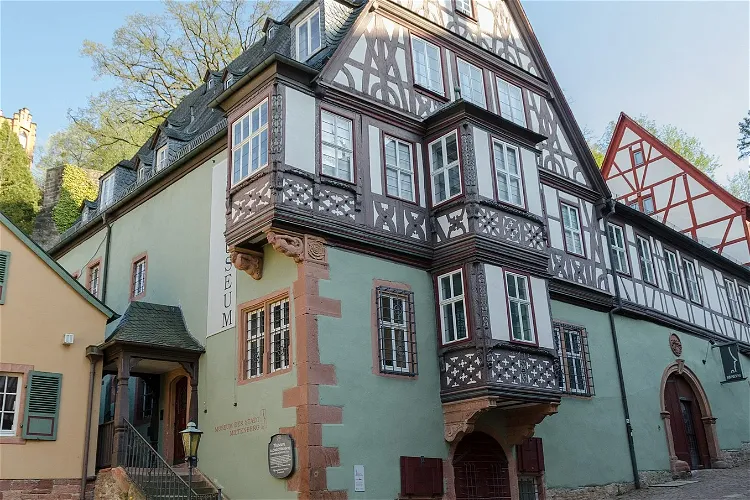
Miltenberg City Museum
MiltenbergThe Museum Stadt Miltenberg is housed in the 'Haus Miltenberg', a building characterized by its richly decorated Renaissance bay windows. This building is located at the Schnatterloch in Miltenberg, adding to the historical charm of the museum.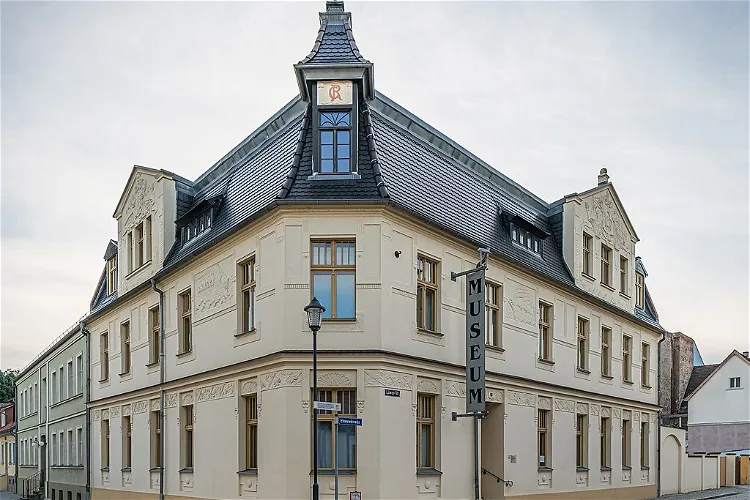
Städtischen Museum Eisenhüttenstadt
EisenhüttenstadtThe Städtische Museum Eisenhüttenstadt, established in 1980, is a multi-faceted institution with three distinct locations. These locations offer a comprehensive view of Eisenhüttenstadt's city history, an art gallery featuring works from the German Democratic Republic (GDR), and a fire brigade and technology museum. This diversity provides visitors with a broad understanding of the city's past, its artistic heritage, and its technological advancements.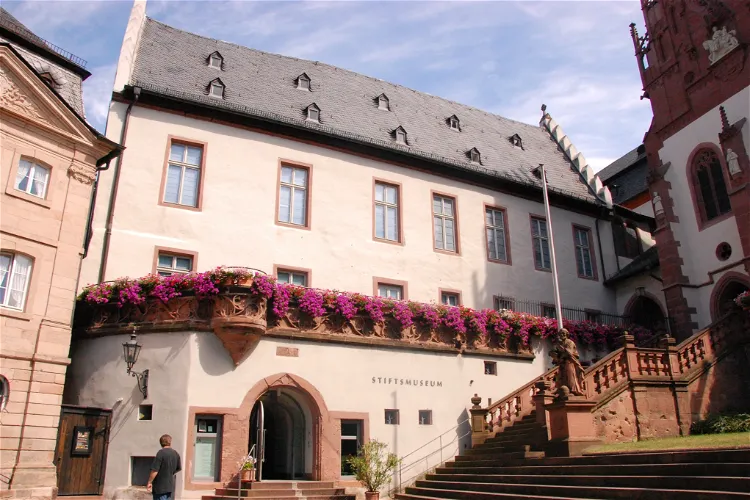
Stiftsmuseum
AschaffenburgThe Stiftsmuseum in Aschaffenburg is a city museum that offers a rich exploration of various historical periods. It is dedicated to prehistory, the art of the Middle Ages, the Renaissance, and the sacred art of the Baroque period. This wide range of exhibits provides a comprehensive overview of the artistic and cultural development of the region over centuries.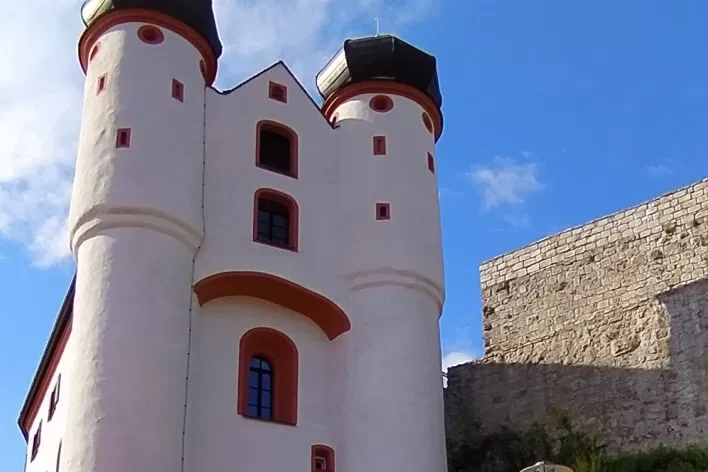
Burgmuseum Parsberg
ParsbergThe Parsberg Castle is a hilltop castle located on a limestone spur in the city center of Parsberg in the district of Neumarkt in Upper Palatinate, Bavaria. The complex has a long construction history that dates back to the 13th century. The castle museum, located in the lower castle, presents the h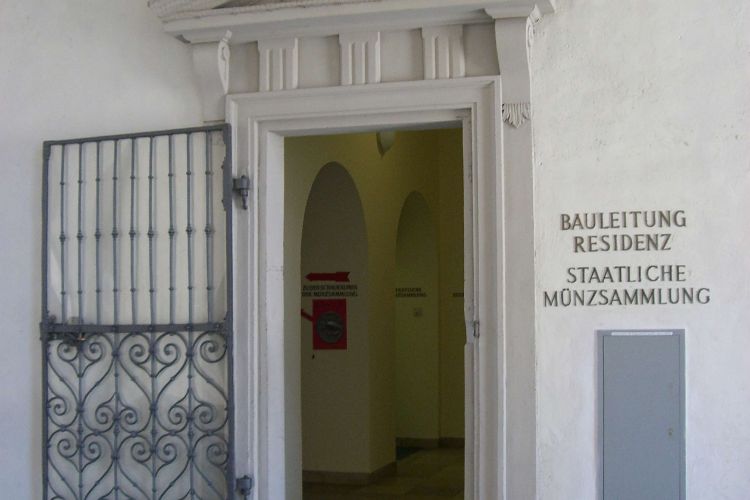
Staatliche Munzsammlung Munchen
MunichThe Staatliche Münzsammlung München is Bavaria's central numismatic collection. It is located in the Munich Residenz and houses over 300,000 coins, bank notes, money and medals from antiquity to the present day.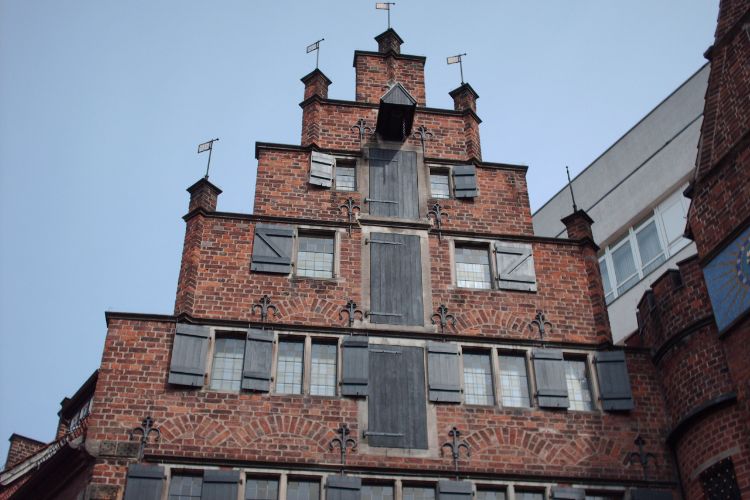
Ludwig Roselius Museum
BremenThe Ludwig Roselius Museum (Museum im Roselius-Haus) is a museum in Bremen that holds the private collection of the coffee merchant Ludwig Roselius (1874–1943). The museum is housed in a building that was completed in 1588. The collection consists of various objects from the Middle Ages to the Baroq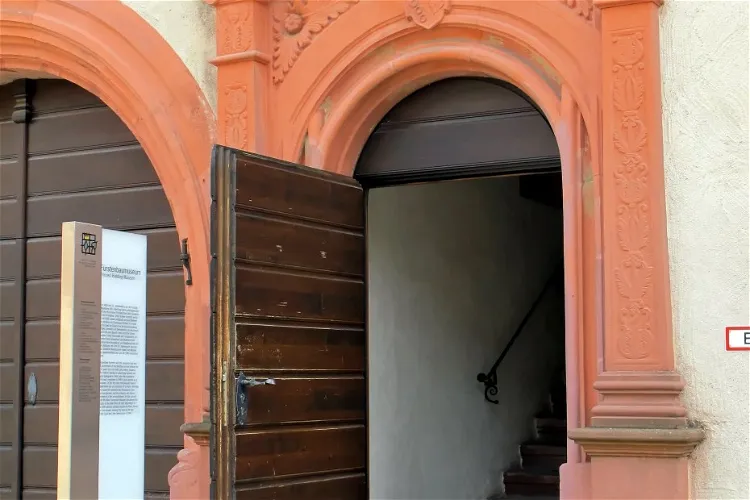
Fürstenbaumuseum
WürzburgThe Fürstenbaumuseum is a component of the Museum for Franconia. It is situated in the eastern wing, known as the Fürstenbau, of the Marienberg Fortress which is located above the city of Würzburg. This location provides a unique setting for the museum and offers visitors a chance to explore the fortress as well.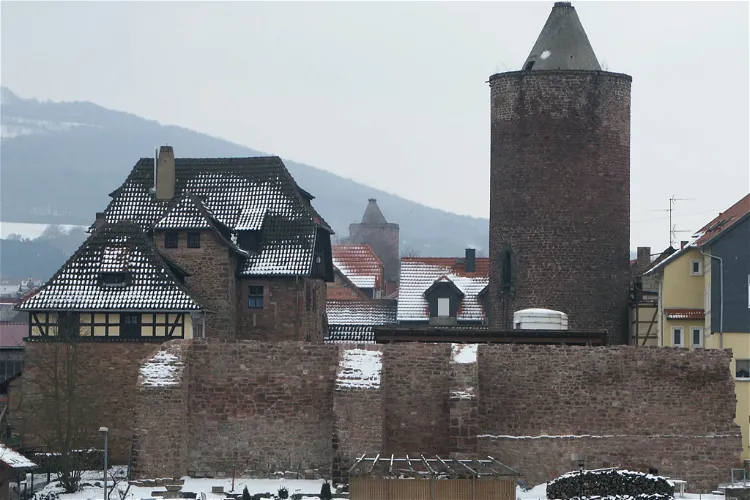
Museum Burg Wendelstein - Vacha
VachaBurg Wendelstein is a castle that was built during the medieval period and is situated in the city of Vacha, in the Wartburgkreis district of Thuringia, Germany. The castle was converted into a city museum in 1986, making it a significant historical and cultural site for visitors to explore.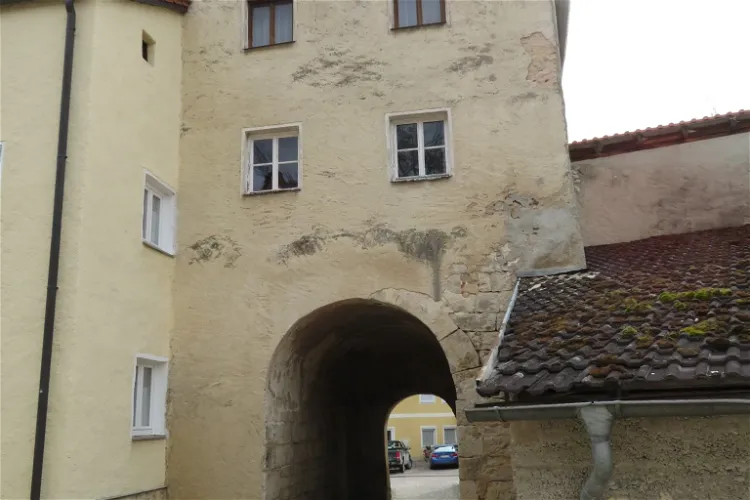
Altmühlzentrum
DollnsteinThe Altmühlzentrum is a museum situated within parts of the Dollnstein Castle and its adjoining open-air area. The museum is dedicated to the history of the location and the surrounding landscape, providing visitors with a comprehensive understanding of the region's past. The museum is accessible through the lower castle courtyard, which is enclosed by a ring wall, and entry is only possible through a medieval gate tower.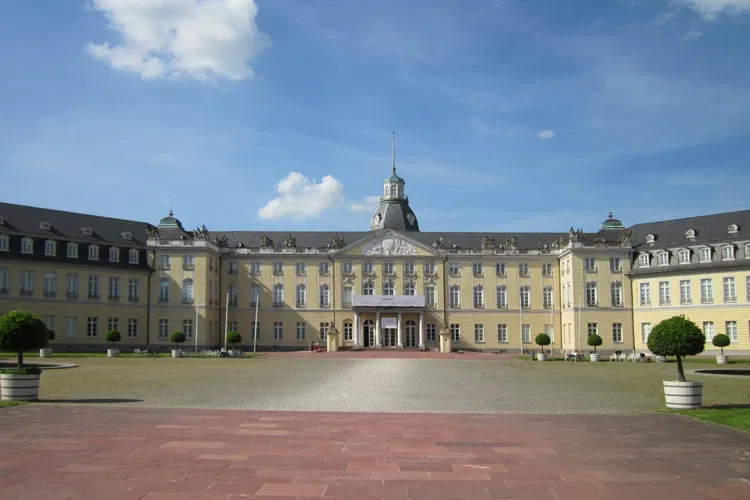
Badisches Landesmuseum
Staufen im BreisgauThe Badisches Landesmuseum, also known as the Baden Regional Museum, is a significant historical and artistic institution in Baden-Württemberg. Established in 1919, the museum is situated within the castle in Karlsruhe, which has been its home since 1921. This museum offers a unique opportunity to delve into the rich history and art of the region.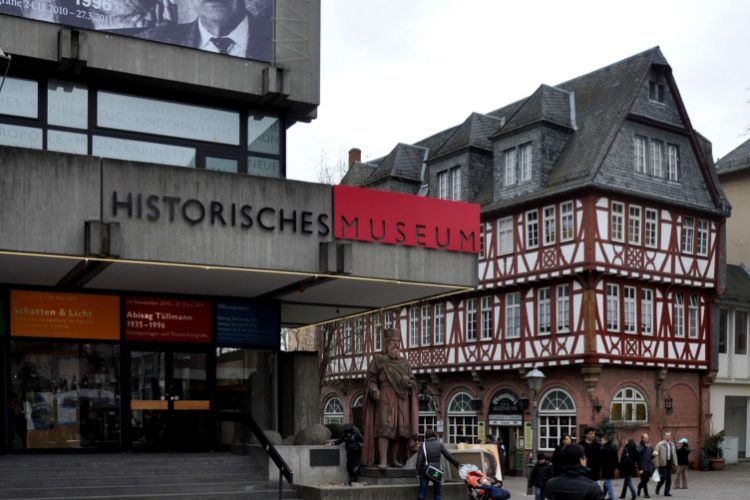
Historical Museum
FrankfurtThe Historical Museum (Historisches Museum) is a museum in Frankfurt am Main that holds and exhibits cultural and historical objects relating to the history of Frankfurt and Germany. These objects are displayed in permanent chronological exhibitions, namely: Medieval Frankfurt, the Late Middle Ages,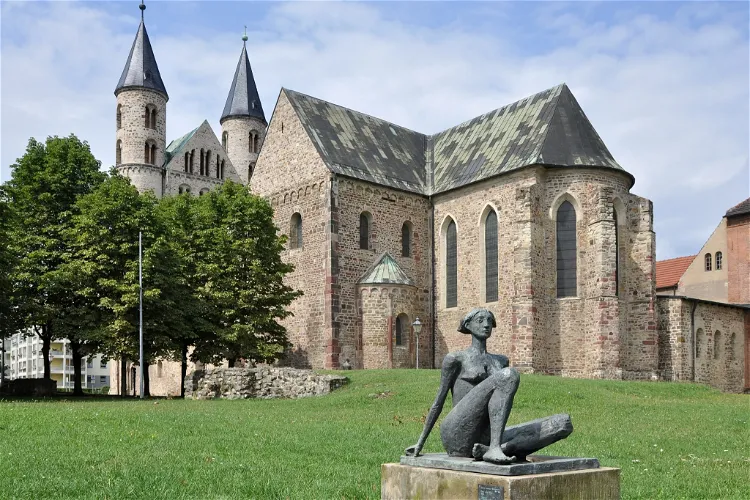
Kunstmuseum Kloster Unser Lieben Frauen
MagdeburgThe Kunstmuseum Magdeburg is the city's museum for contemporary art. It is conveniently located in the heart of the old town, close to the Elbe River and the Magdeburg Cathedral. This location makes it an easy addition to any tourist's itinerary, offering a chance to explore the rich contemporary art scene of the city.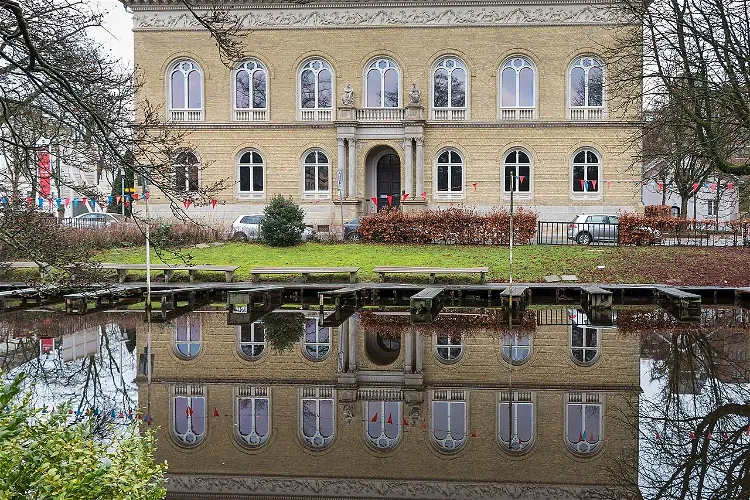
Augusteum, Oldenburg
OldenburgThe Augusteum is home to the “Gallery of Old Masters” of the State Museum for Art and Cultural History Oldenburg. This gallery showcases a vast collection of masterpieces from Dutch, Italian, German, and French painters dating from the 15th to the 18th centuries. Visitors can immerse themselves in the rich artistic heritage of these periods, gaining insights into the techniques and styles of some of the world's most renowned artists.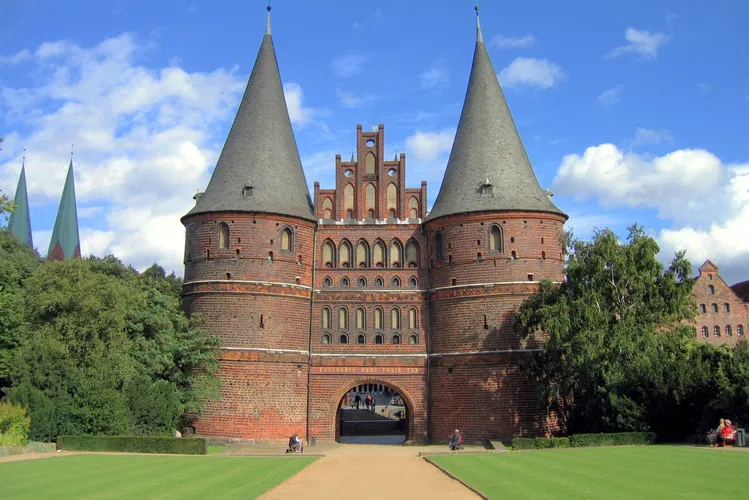
Holstentor
LübeckThe Holstentor is a city gate in Lübeck and is considered one of the most famous landmarks in Germany. This medieval gate is one of the two remaining in the city, the other being the Burgtor. It stands by the Trave river in the middle of Lübeck and was the western gate of the old city walls. The gate is not just an ordinary city gate, but a proper fortification, with high towers and smaller ones in between.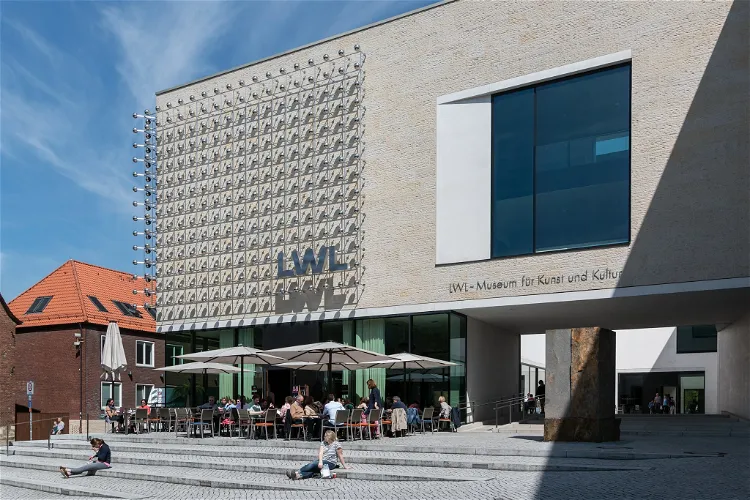
Westphalian State Museum of Art and Cultural History
MünsterThe Westphalian State Museum of Art and Cultural History, located in Münster, Germany, is a renowned institution dedicated to the preservation and exhibition of art and cultural artifacts. The museum offers a unique opportunity to explore a wide range of artistic styles and periods, providing a comprehensive understanding of the region's rich cultural history.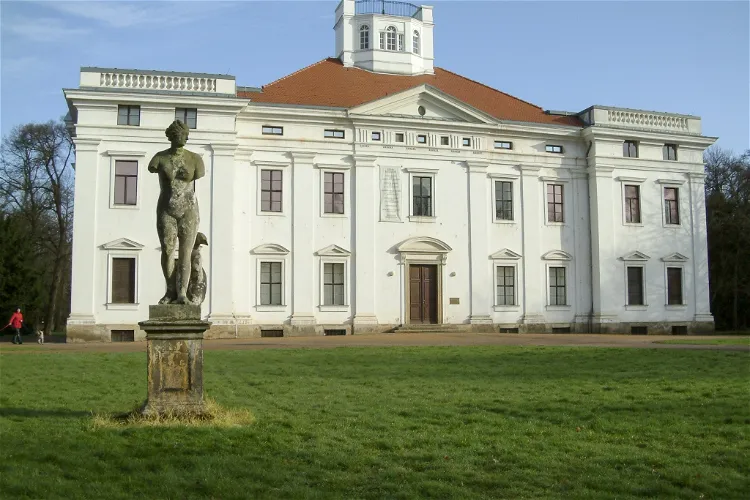
Anhaltische Gemäldegalerie
DessauThe Anhaltische Gemäldegalerie Dessau is an art museum located in the independent city of Dessau-Roßlau. The museum's collection primarily focuses on works of the Old Masters, offering visitors a chance to explore a wide range of historical art pieces.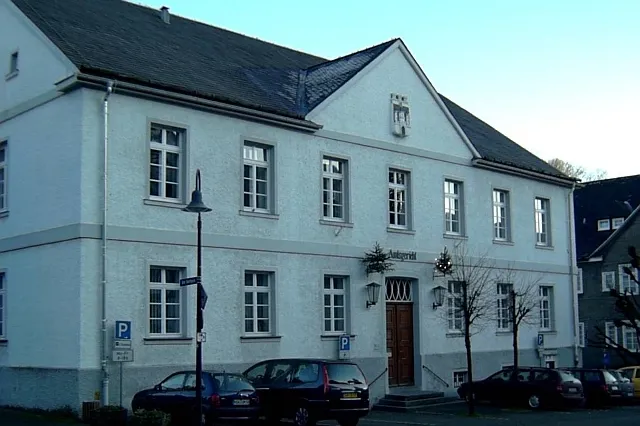
Gerichtsmuseum Bad Fredeburg
SchmallenbergThe Gerichtsmuseum, located in Bad Fredeburg, a district of Schmallenberg, is a museum dedicated to the history of crime. This unique focus offers visitors a chance to delve into the intriguing world of criminal justice, from its ancient roots to its modern manifestations.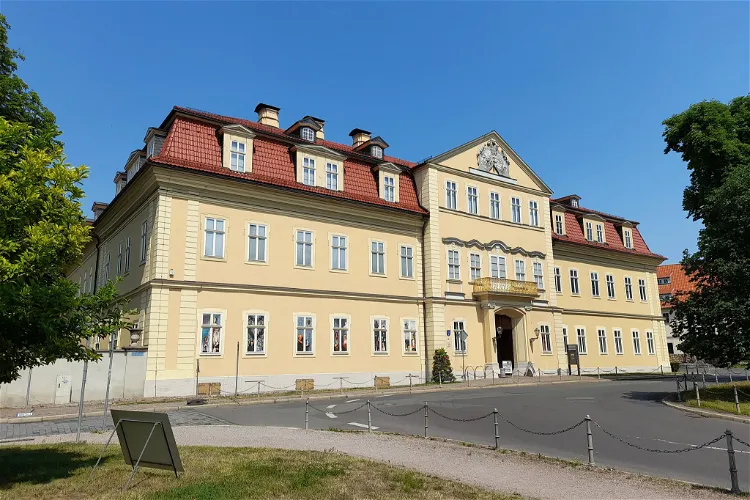
Schlossmuseum Arnstadt "Neues Palais"
ArnstadtThe Neues Palais, located in Arnstadt, Thuringia, is a significant historical site that currently houses the Schlossmuseum Arnstadt. This palace-turned-museum offers a unique opportunity to explore the rich history and culture of the region.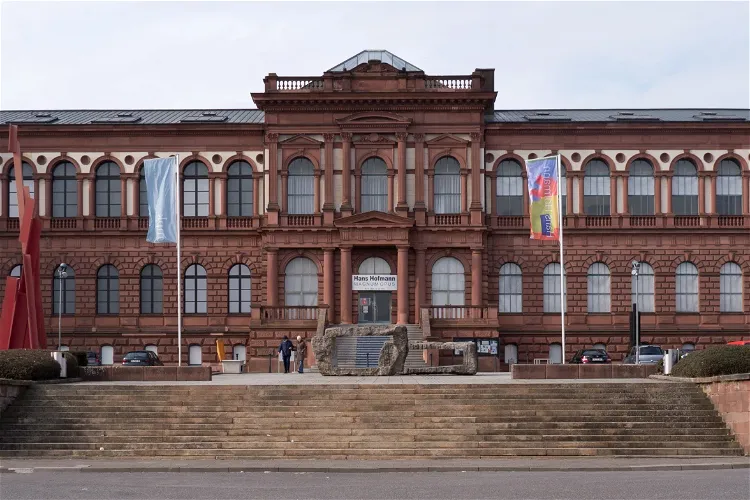
Museum Pfalzgalerie
KaiserslauternThe Museum Pfalzgalerie Kaiserslautern boasts a comprehensive collection of graphic art, making it a significant destination for art enthusiasts. The museum operates under the sponsorship of the Palatinate District Association, further emphasizing its importance in the region's cultural landscape.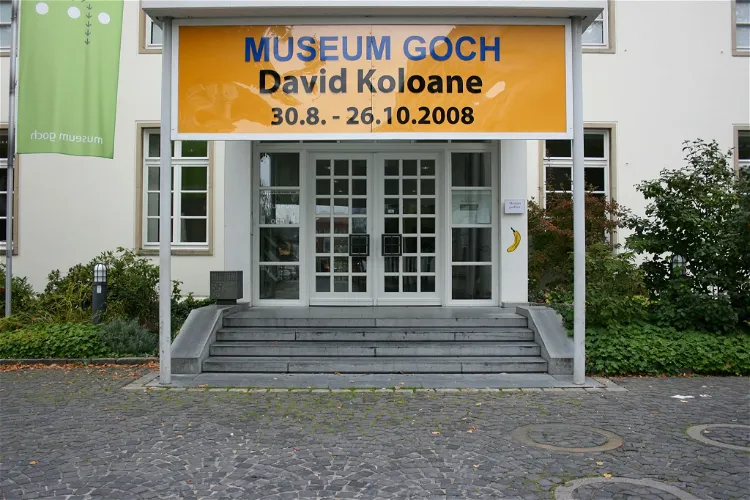
Museum Goch
GochMuseum Goch, situated in the Düsseldorf district of North Rhine-Westphalia, was established after the First World War. The museum was the brainchild of Jean Klein, who generously donated his collection of furniture, household items, and paintings to form the foundation of the museum's collection.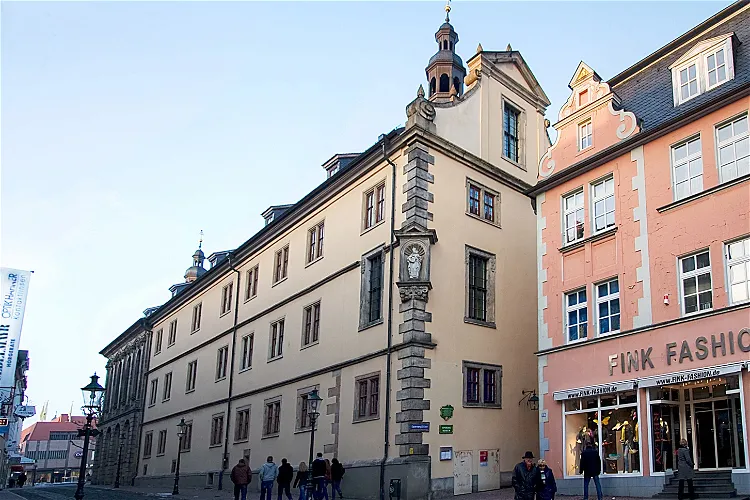
Vonderau Museum
FuldaThe Vonderau Museum, located in the city of Fulda, is named after Joseph Vonderau, a teacher and local researcher. This museum is a significant part of the city's cultural heritage and offers a deep dive into the history and culture of the region.
Stadtmuseum Nördlingen
NördlingenThe Stadtmuseum Nördlingen is a museum that provides a comprehensive insight into the history of the former Free Imperial City of Nördlingen. It is an ideal place for tourists who are interested in learning about the city's past and its significance in history.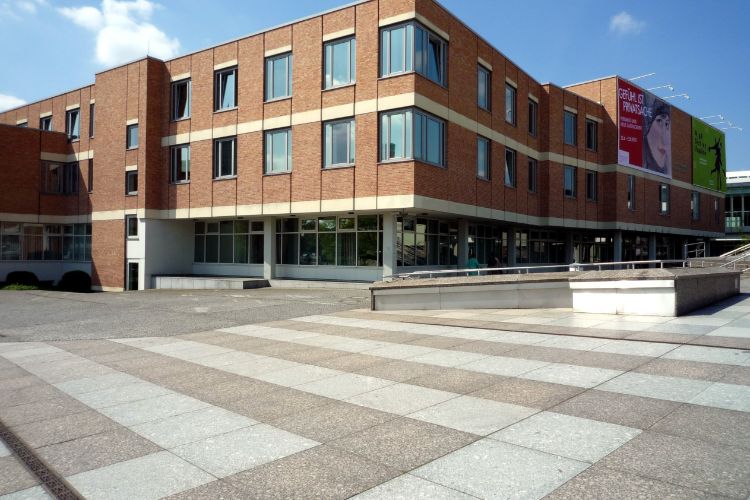
Museum of Prints and Drawings
BerlinThe Kupferstichkabinett in Berlin (Museum of Prints and Drawings) is a prints museum. The collection of graphic works, drawings, engravings, etchings, watercolors, manuscripts, book illustrations and oil sketches, which is considered one of the four most important collections in the world, comprises
Flohburg - The Nordhausen Museum
NordhausenThe Flohburg is a Gothic half-timbered house located in Nordhausen, Thuringia. It is recognized as one of the oldest and architecturally significant buildings in the city. Its richly structured facade and steep saddle roof are notable features that contribute to its historical value.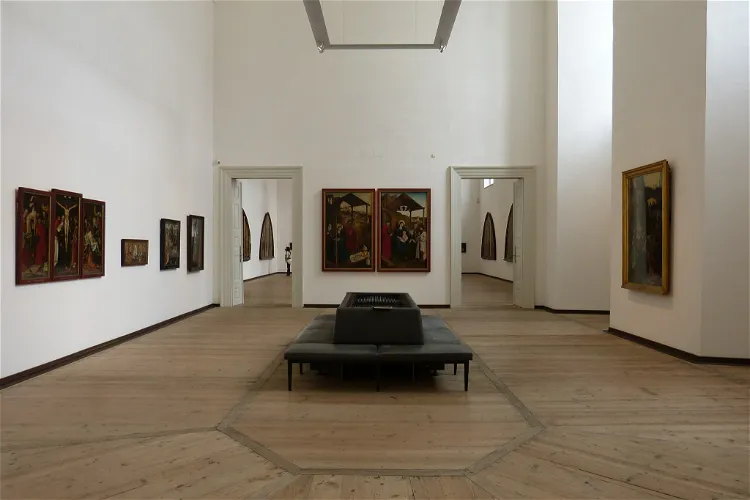
Staatsgalerie Altdeutsche Meister in der Katharinenkirche
AugsburgThe Staatsgalerie Altdeutsche Meister, often referred to as the Staatsgalerie in der Katharinenkirche, is an art museum situated in the old town of Augsburg. The museum was established after 1806 and relocated to the Katharinenkirche of the former Augsburg Katharinenkloster in 1835. This makes it the oldest branch gallery of the Bavarian State Painting Collections.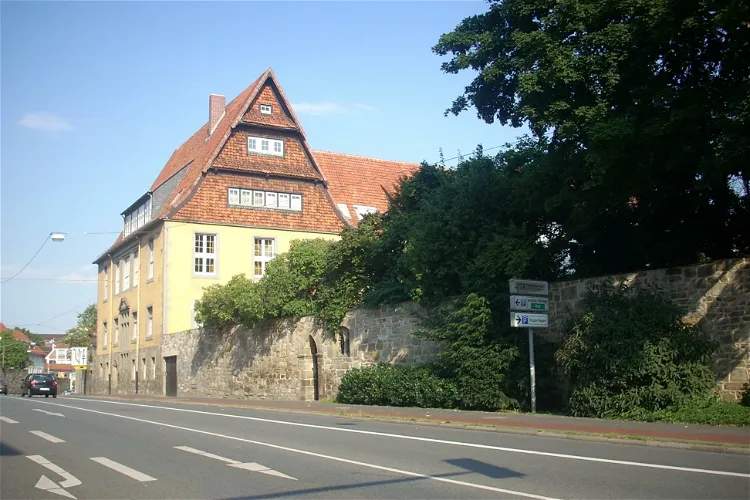
Bistumsarchiv
HildesheimThe Bistumsarchiv Hildesheim, located in the Lower Saxony city of Hildesheim, is the archive of the Diocese of Hildesheim. It houses a vast collection of documents, some of which date back to the 11th century. The archive spans approximately 4000 running meters and includes medieval collections that provide a glimpse into the past and present of the diocese.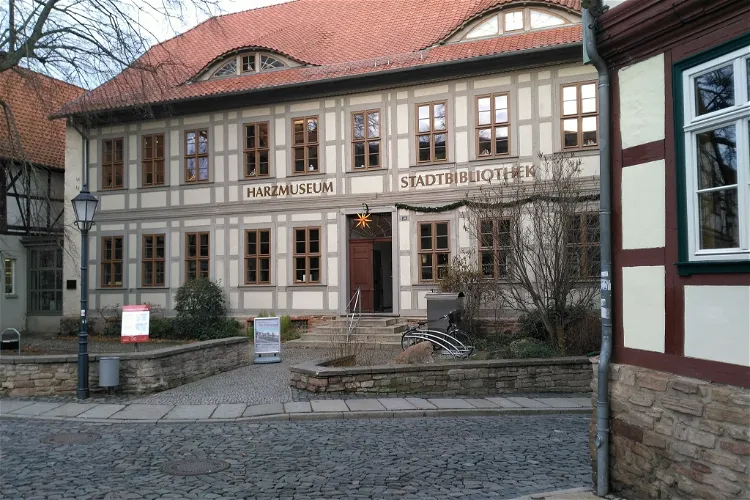
Harzmuseum
WernigerodeThe Harzmuseum Wernigerode is the city museum located in the Harz region, specifically in the city of Wernigerode. It is conveniently situated near the Wernigerode Town Hall, making it easily accessible for tourists visiting the city.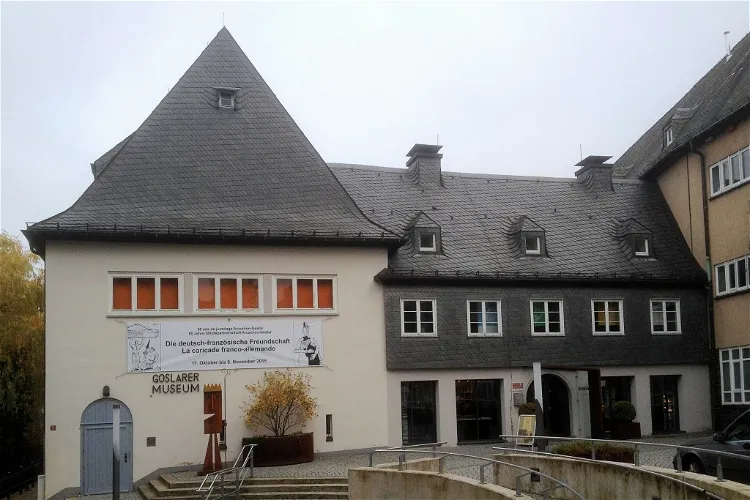
Goslarer Museum
GoslarThe Goslarer Museum is a historical, geological, and archaeological museum located in the German city of Goslar. It offers a unique opportunity to explore the rich history and geology of the region through its diverse collections.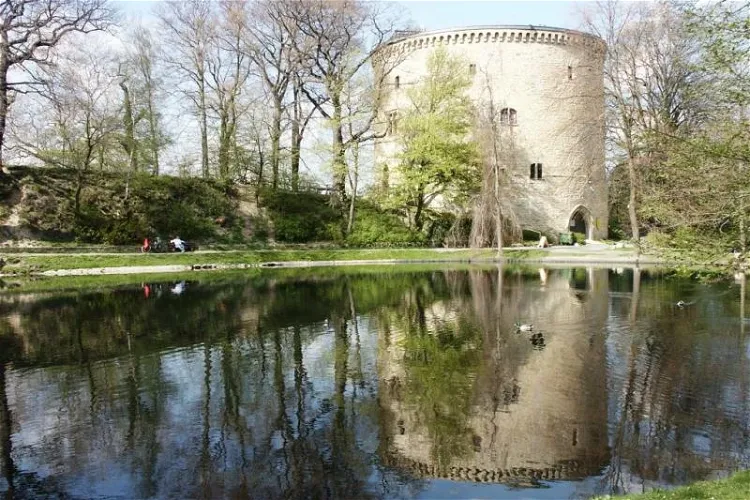
Zwinger
GoslarThe Zwinger in Goslar, Germany, is a significant historical site, serving as a battery tower that was part of the fortifications of the old imperial city. Constructed in 1517, this tower stands as a testament to the city's rich history and architectural prowess of the time.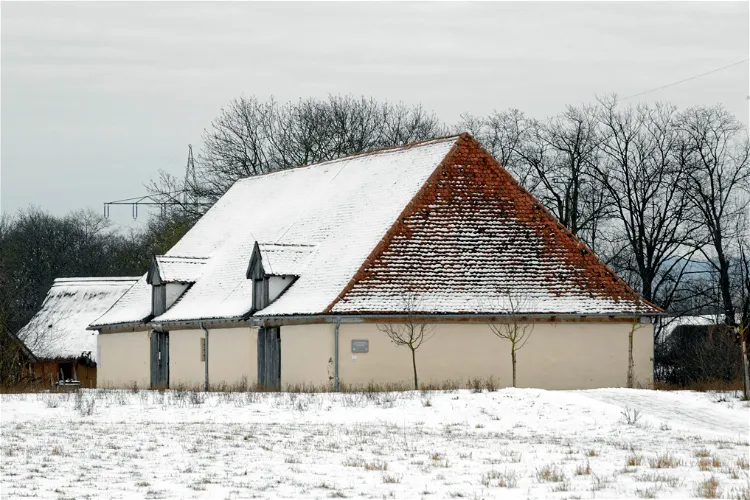
Archäologie-Museum im Fränkischen Freilandmuseum
Bad WindsheimThe Archaeology Museum in the Franconian Open Air Museum Bad Windsheim is a branch of the Archaeological State Collection Munich. It is located in a sheep barn from Virnsberg, which is part of the Middle Ages building group. This unique setting provides a historical backdrop for the museum's exhibits, enhancing the overall visitor experience.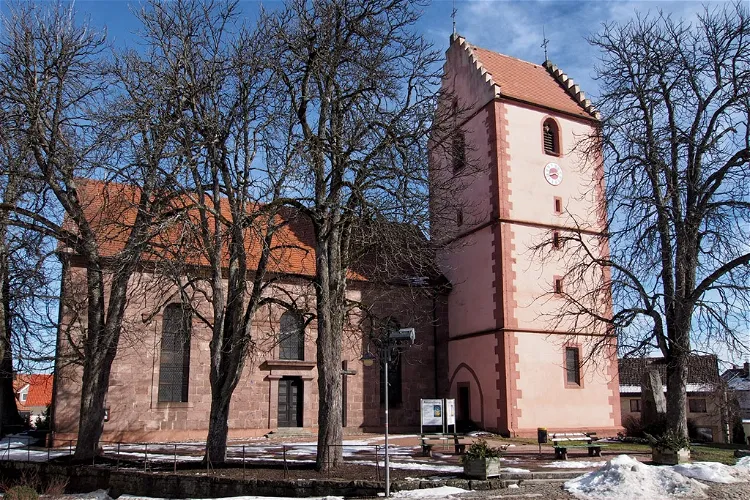
Alte St.-Laurentius-Kirche
SchrambergThe church's tower, a former defensive tower, dates back to the 13th century, making it the oldest surviving structure in the Schramberg area. This historical significance adds to the allure of the church for visitors interested in architecture and history.
CHAMBER OF ART AND CURIOSITIES
LandshutThe Chamber of Art and Curiosities, also known as Kunst- und Wunderkammer Burg Trausnitz, is a branch of the Bavarian National Museum. It is situated in the Trausnitz Castle in Landshut, Lower Bavaria. This museum is a significant part of the Bavarian National Museum and offers a unique insight into the art and curiosities of the Renaissance period.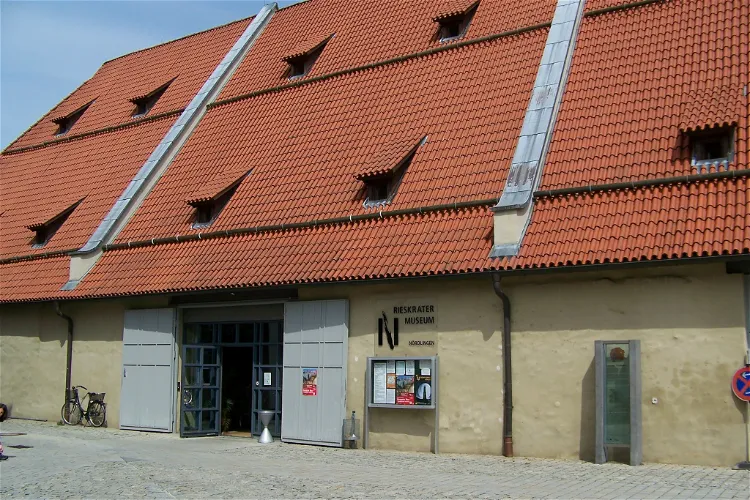
Rieskrater Museum
NördlingenThe RiesKraterMuseum in Nördlingen is a natural science museum that focuses on the formation and significance of impact craters. The museum's main highlight is the Nördlinger Ries, a large impact crater that was formed about 15 million years ago when a 1 km asteroid collided with Earth at a speed of approximately 70,000 km/h. The museum is housed in a meticulously renovated medieval barn from 1503 and presents the Ries event and its planetary roots and earthly impacts that continue to this day.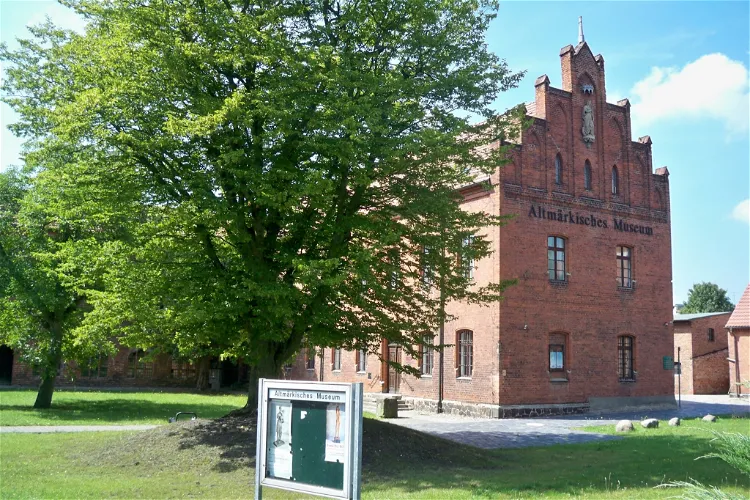
Altmärkisches Museum
StendalThe Altmärkisches Museum is a local history museum located in Stendal, Saxony-Anhalt. It is named after the Altmark region, and its exhibits present the history of this region. The museum is housed in the buildings of the former St. Catherine's Monastery.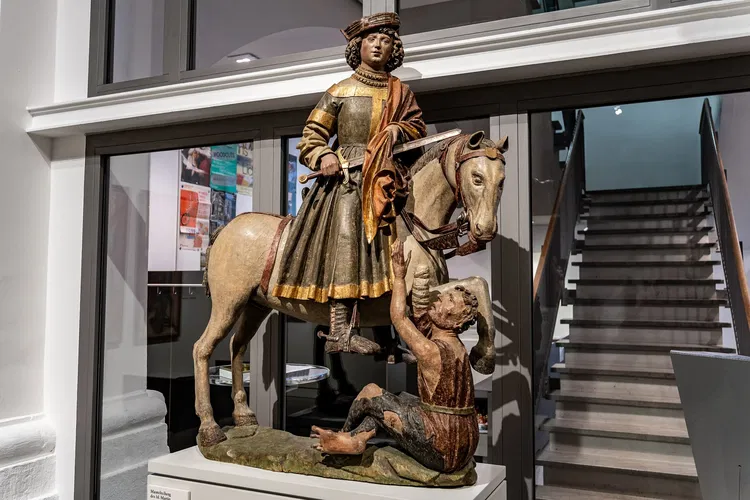
Diözesanmuseum Rottenburg
Rottenburg am NeckarThe Diözesanmuseum Rottenburg, located in Rottenburg am Neckar, holds the distinction of being one of the oldest diocesan museums in Germany. It was established in the year 1862 by Bishop Josef von Lipp. This historical significance adds a layer of depth to the museum's appeal, offering visitors a chance to explore a piece of Germany's rich cultural heritage.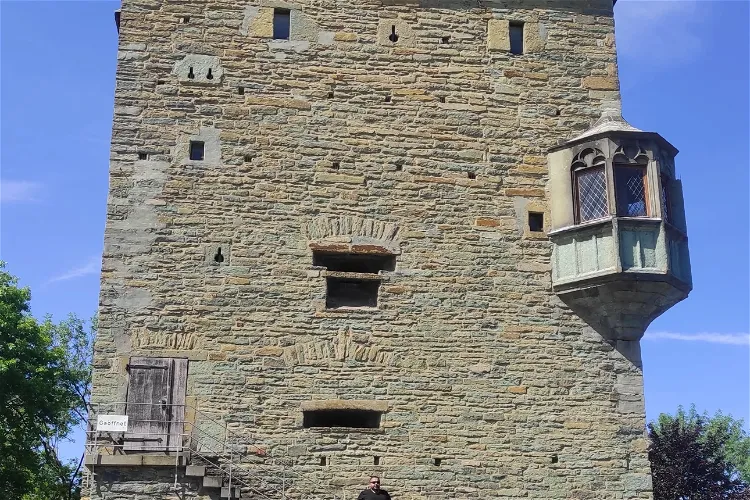
Osthofentor Museum
SoestThe Osthofentor is a significant historical structure in the Hanseatic city of Soest. It was newly erected between 1523 and 1526, serving as a city gate on the Hellweg. This green sandstone building is the last remaining of the original eight main and two secondary gates of the Soest city fortification.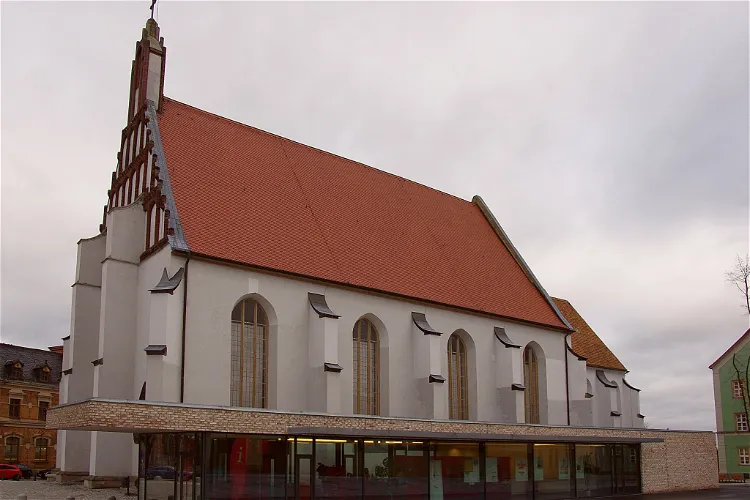
Klosterkirche und Sakralmuseum St. Annen
KamenzSince August 2011, the Klosterkirche St. Annen has been serving multiple purposes. It is not only a place for ecclesiastical activities and concerts but also houses the Klosterkirche und Sakralmuseum St. Annen. This museum showcases sacred works of art from the Kamenz churches, offering visitors a chance to appreciate the religious artistry of the region.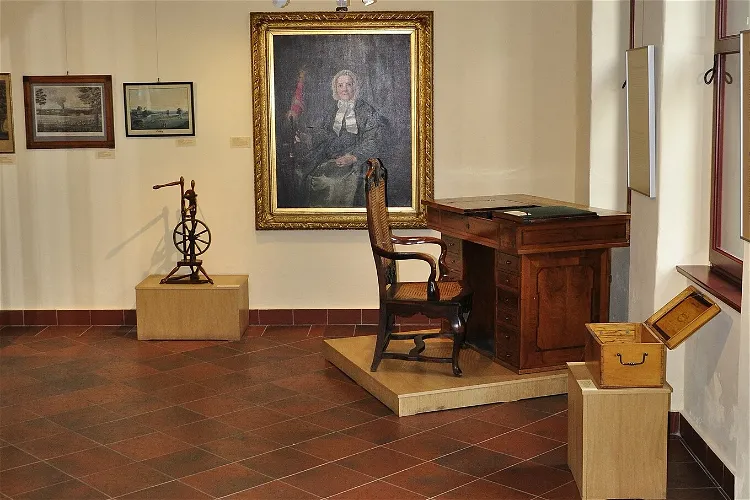
Museum Haldensleben
HaldenslebenThe Museum Haldensleben, established in 1910, is a regional museum that primarily focuses on the cultural history of the Haldensleben region and the Biedermeier period. It provides a comprehensive insight into the region's past and the significant cultural shifts during the Biedermeier era, making it a valuable destination for those interested in history and culture.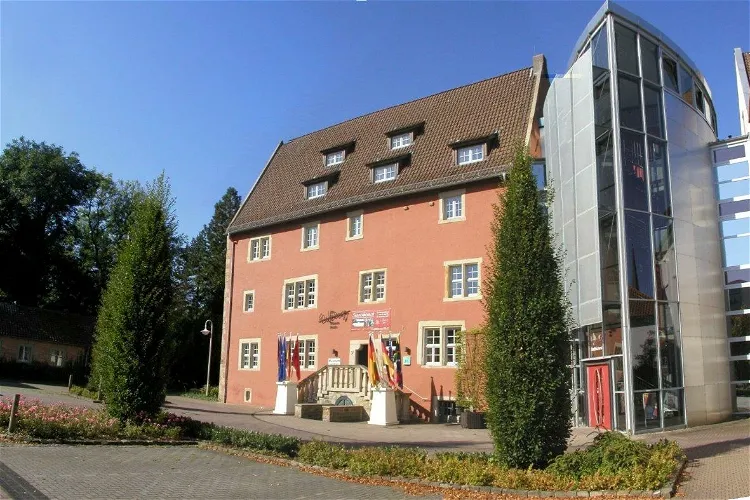
Die Eulenburg. Museum Rinteln
RintelnDie Eulenburg in Rinteln is a historic building with a rich history. It is believed to have originated from a medieval residential tower from the time of the city's foundation in the 13th century. This makes it one of the oldest and most significant buildings in the city, offering a unique glimpse into the past.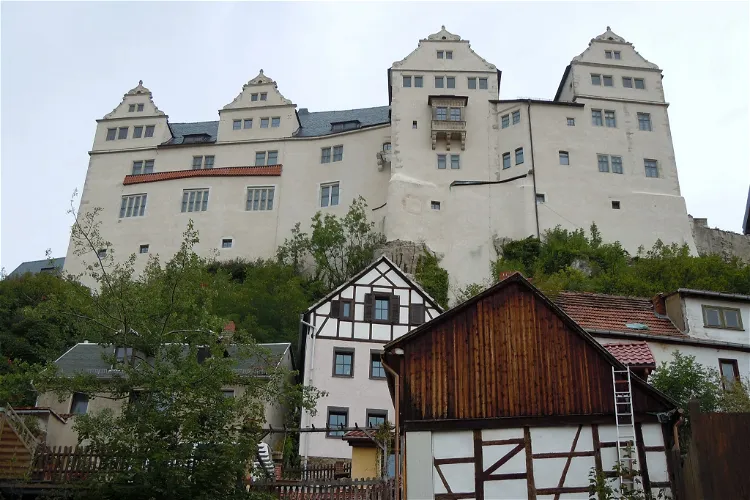
Museum Burg Ranis
RanisBurg Ranis is a castle situated on a ridge near the Thuringian city of Ranis, a short distance from Pößneck. This location offers a unique vantage point and a scenic view of the surrounding area, making it an interesting destination for tourists who appreciate historical architecture and natural beauty.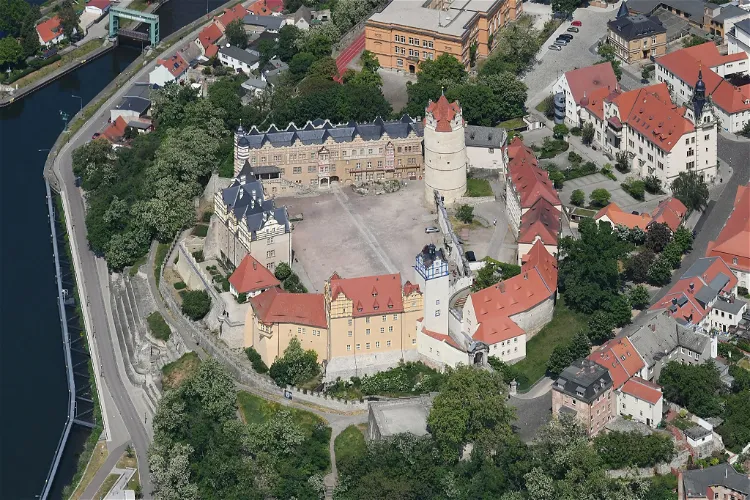
Museum Schloss Bernburg
Bernburg (Saale)Schloss Bernburg, also referred to as the 'Crown of Anhalt', is a Renaissance castle situated in Bernburg (Saale), Saxony-Anhalt. The castle is perched on towering sandstone cliffs above the eastern bank of the Saale, marking the location of a former ford. This historic site offers a unique blend of natural beauty and architectural grandeur, making it a fascinating destination for visitors.
Kreisgalerie im Alten Spital
MellrichstadtThe Kreisgalerie Mellrichstadt is home to the painting and sculpture collection of the Rhön-Grabfeld district. This collection is a representation of the rich cultural heritage of the region, showcasing a variety of artistic styles and periods. Visitors can explore the works of various artists, gaining an insight into the artistic evolution of the region.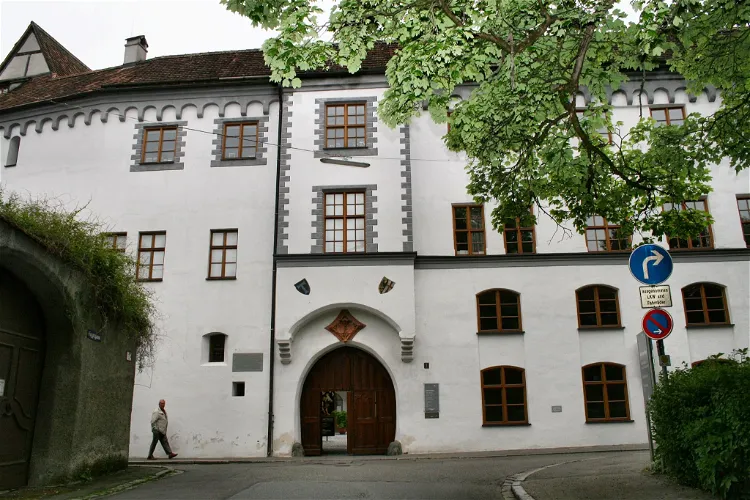
Antonitermuseum
MemmingenThe Antoniter Museum, established in 1996, is a cultural history museum that pays homage to the history and contributions of the Antoniter Order. It provides a unique opportunity for visitors to delve into the past and understand the significant role this order played in history.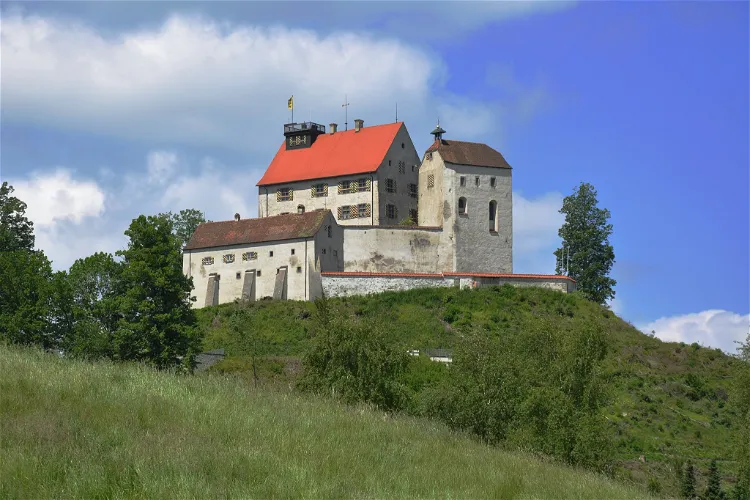
Waldburg Castle
WaldburgWaldburg Castle, a 12th-century structure, is the ancestral home of the House of Waldburg. It is recognized as one of the best preserved medieval buildings, offering a unique glimpse into the past. The castle's rich history and architectural grandeur make it a fascinating destination for history enthusiasts and architecture lovers alike.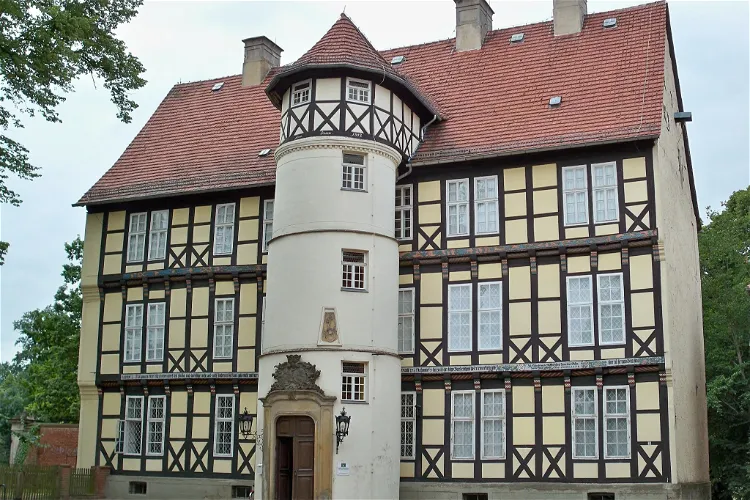
Johann-Friedrich-Danneil-Museum
SalzwedelThe Johann-Friedrich-Danneil-Museum, also known as the Danneil-Museum, is a local history museum situated in Salzwedel, Saxony-Anhalt. The museum was established in 1836 and is named after the prehistorian and high school professor Johann Friedrich Danneil. This museum is one of the first German association museums and has a rich history that dates back to the 19th century.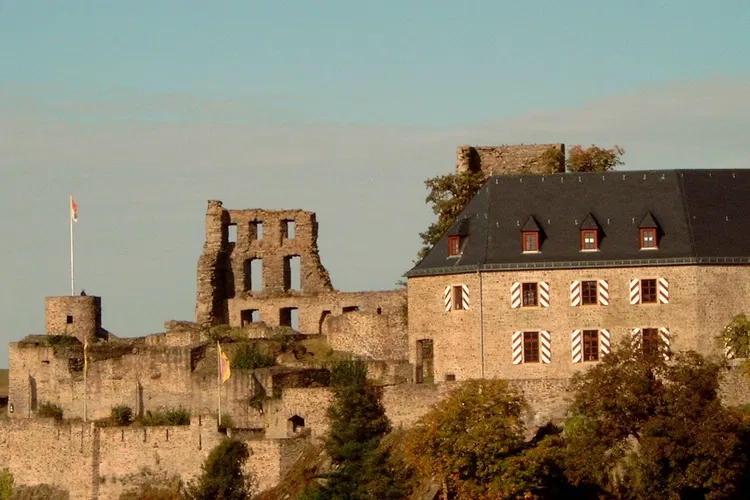
Kastellaun Castle
KastellaunKastellaun Castle, located in Kastellaun, Germany, is a medieval castle that dates back to the 13th century. The castle, which is now in ruins, was first mentioned in historical records in 1226. Despite its ruined state, the castle still stands as a testament to the architectural prowess of the medieval period and offers a glimpse into the region's rich history.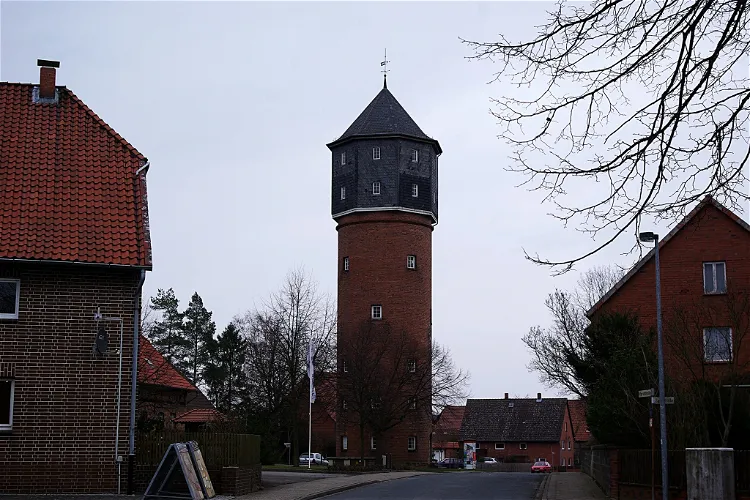
Wasserturm Groß Lafferde
Groß LafferdeThe Wasserturm Groß Lafferde is an industrial monument located in the municipality of Ilsede, Lower Saxony. It serves as a landmark for the town of Groß Lafferde, making it a significant point of interest for visitors. The tower's historical and architectural value contributes to the cultural richness of the region.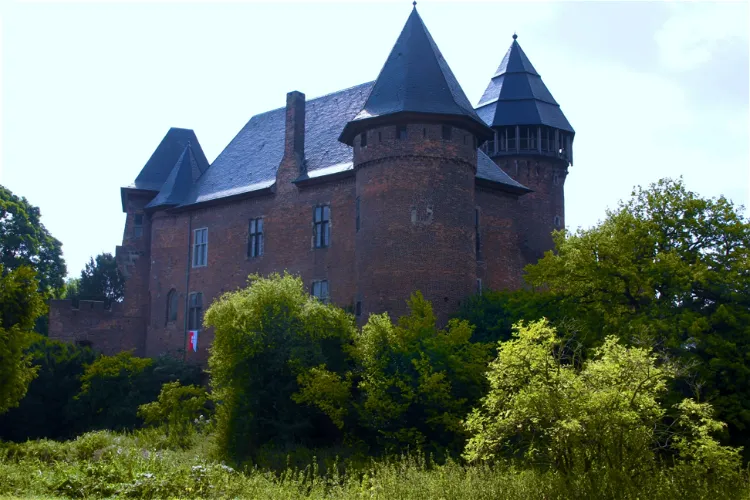
Museum Burg Linn
KrefeldBurg Linn is a water castle situated in the Linn district of Krefeld, North Rhine-Westphalia. It is located approximately five kilometers east of the city center. This historical site offers a unique glimpse into the past, with its origins dating back to the 12th century. The castle was built by the noble lords Otto and his brother Gerlachus von Lynn, making it a significant part of the region's history.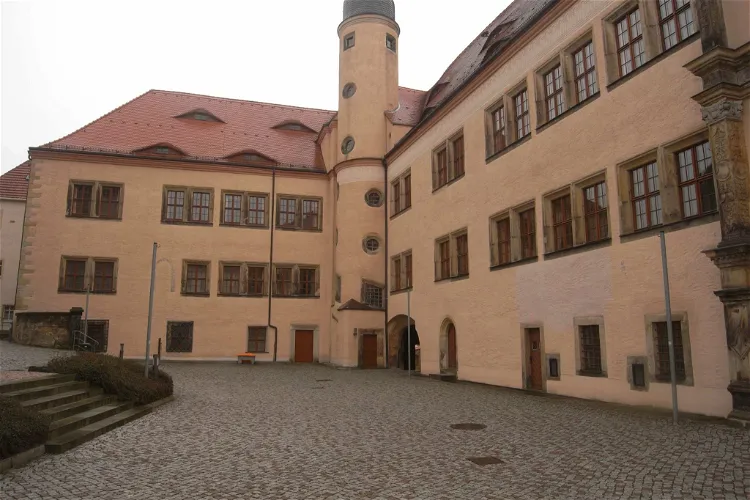
MiBERZ – Museum für mittelalterlichen Bergbau im Erzgebirge
DippoldiswaldeThe Museum für mittelalterlichen Bergbau im Erzgebirge, situated in Dippoldiswalde, is a unique destination that offers a glimpse into the ancient mining history of the region. The museum, which opened its doors on August 24, 2018, houses a collection of archaeological findings that were discovered beneath the city. These artifacts provide valuable insights into the mining practices and techniques used during the Middle Ages.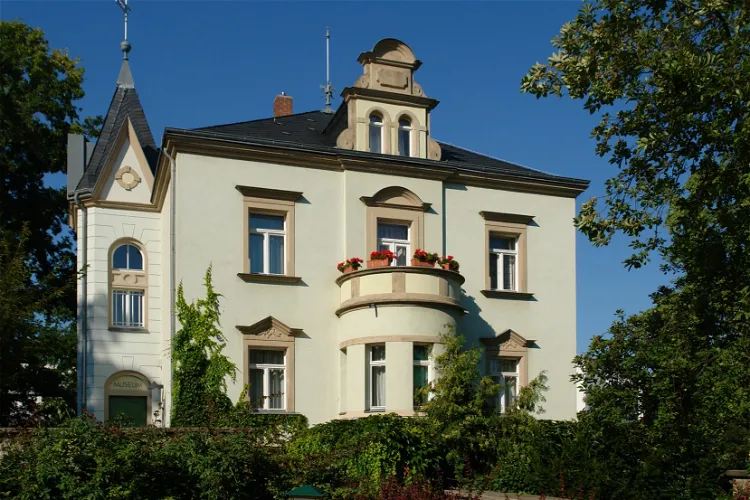
Karrasburg Museum
CoswigKarrasburg is a significant historical site in Coswig, a city located northwest of Dresden in the Saxon district of Meißen. This medieval water castle is not just a historical monument but also houses the city museum. The museum offers a unique opportunity to explore the rich history of the region, making it a worthwhile destination for tourists interested in history and culture.- 180
Magicum Berlin Magic Museum
BerlinMagicum Berlin Magic Museum is an interactive museum of magic in Berlin that takes its visitors on journey to the secret World of Magic, its permanent exhibition. The museum is located in the cellar vaults of the Hamburger Hof. Magical thinking gets revealed by African voodoo and shamanic rituals, t - 181
Exhibition Centre for the Archaeology of the Emsland
MeppenThe Exhibition Centre for the Archaeology of the Emsland is located in Meppen, Lower Saxony, Germany. This archaeological museum provides a comprehensive view of the region's cultural history, making it a significant destination for those interested in archaeology and history. - 182
Kriminalmuseum des Mittelalters
LeipzigThe Kriminalmuseum des Mittelalters is a museum in Leipzig with historic torture and execution instruments of medieval times. The museum wants its visitors to experience the atrocities of the medieval legal history up close and discuss one of the worst chapters in history.